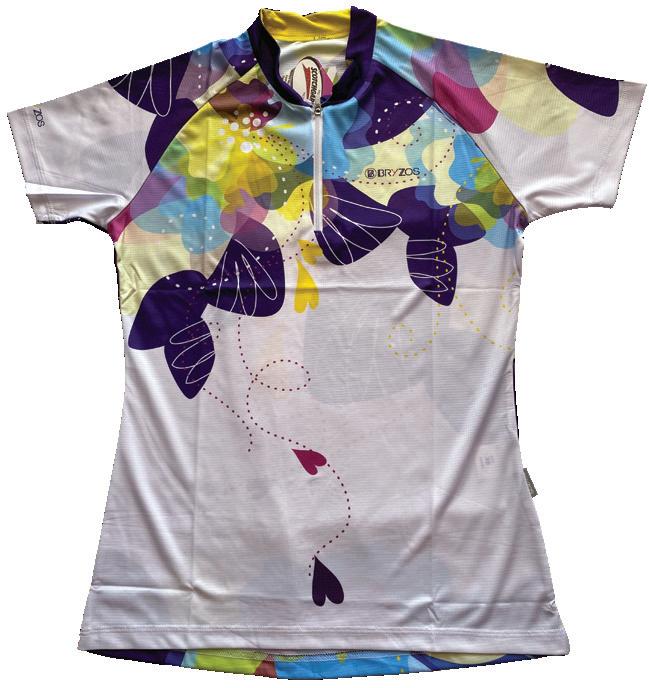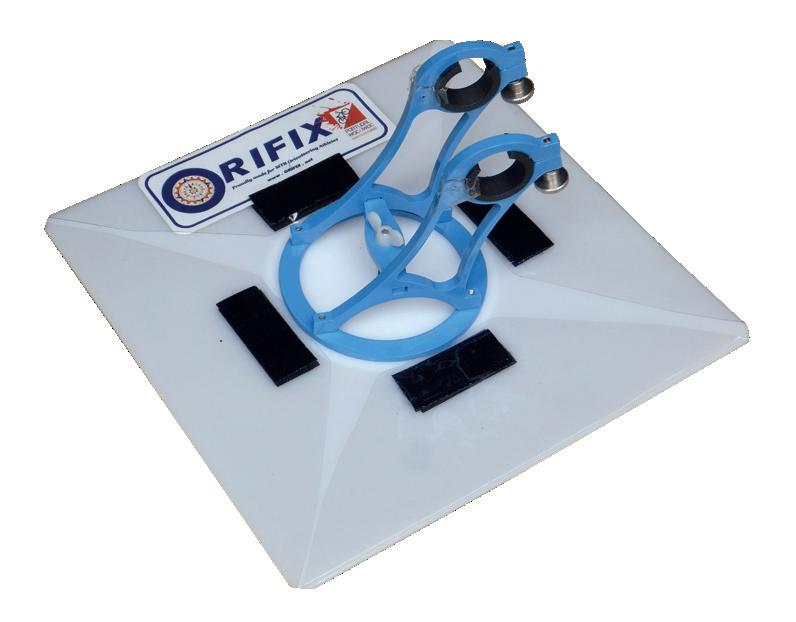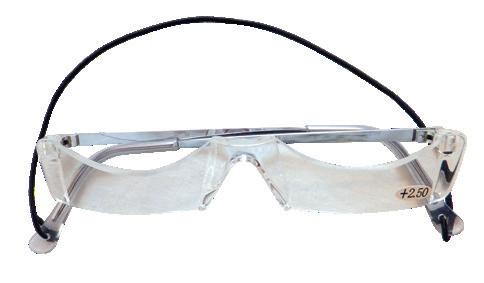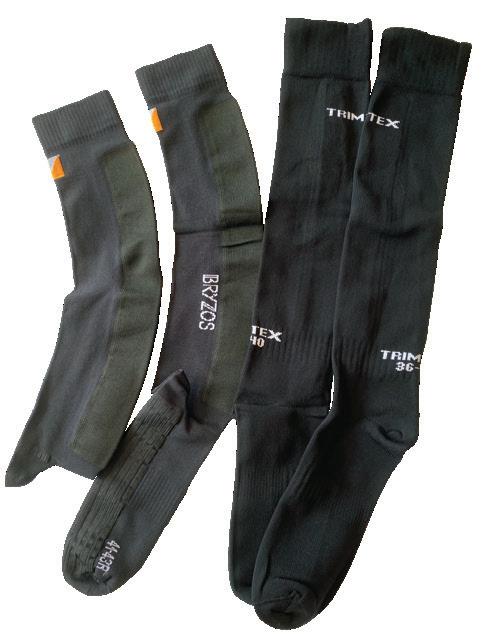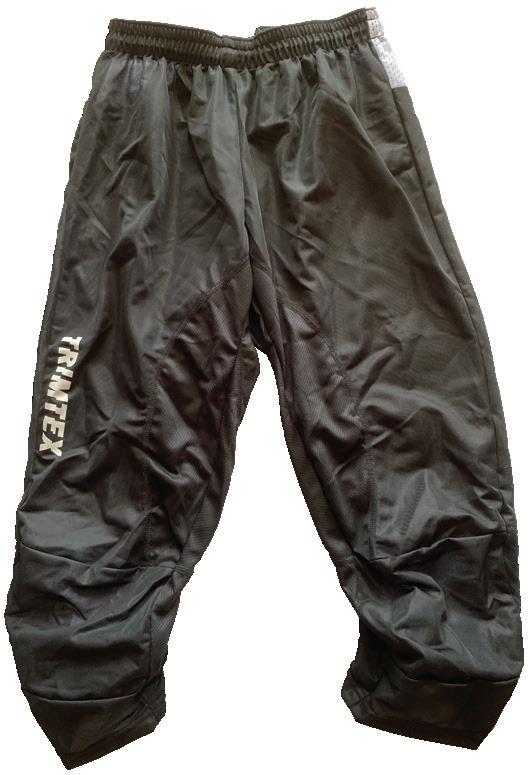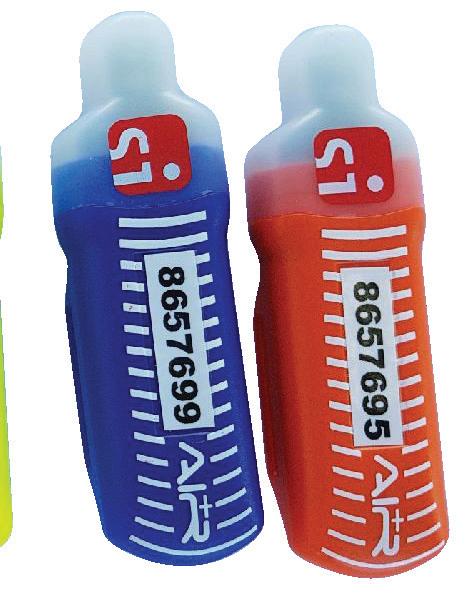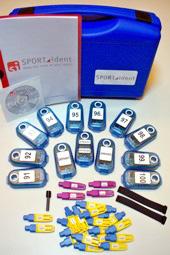THE AUSTRALIAN



SEPTEMBER 2024











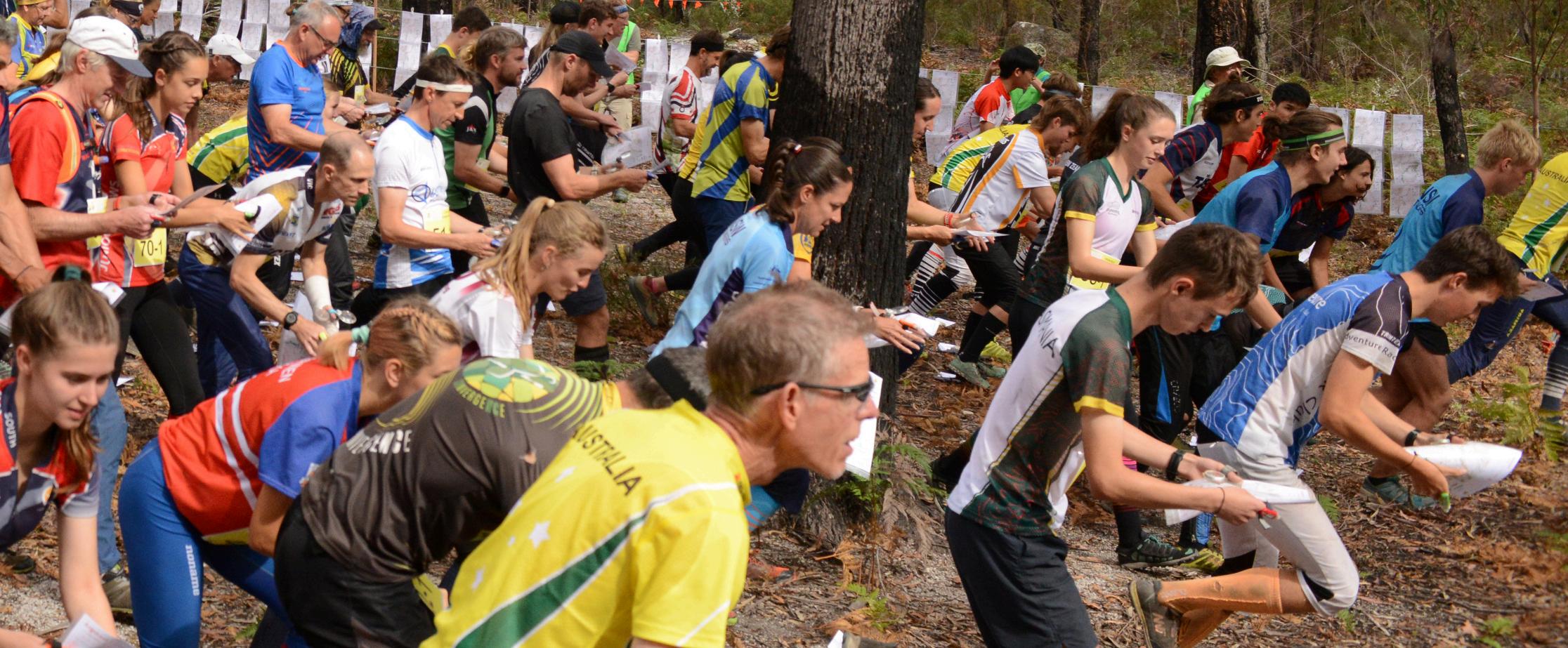
The Australian Sports Commission (ASC) is the Australian Government agency that develops, supports and invests in sport at all levels in Australia.
Orienteering Australia has worked closely with ASC to develop orienteering from community participation to high-level performance. Each year Orienteering Australia receivesfunding to support participation in orienteering across Australia.
In addition to this funding, OrienteeringAustralia is excited to announce that it has received a Play Well Participation Grant from the Australian Sports Commission! We will use the grant for the Learn to Orienteer (L2O) National Expansion project.
This will help us increase participation by rolling out the L2O program across all state/territory orienteering organisations, providing more opportunities for people to engage as a participant, volunteer, or coach. The project also aims to, where appropriate, modify the current program to provide inclusive and quality physical activity experiences to those from specific population groups. We thank ASC for their ongoing support of orienteering.
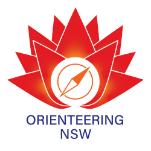
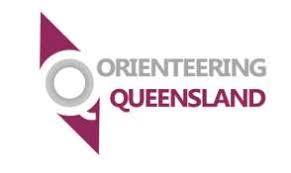

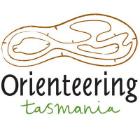

MIKE DOWLING – CHAIR OA BOARD
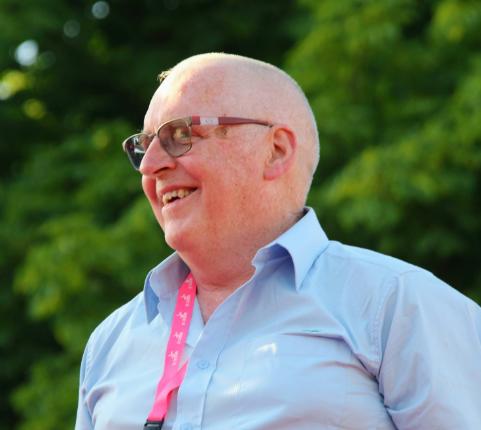
Well, what an exciting European season for Australian orienteering on the international stage. We have had some fantastic results from our international representatives and they, along with all our national team members, have represented their country with great effort. It is important to also acknowledge the dedicated effort of our national team officials who have provided the important support to allow our teams to compete.Thank you! As an organisation, we set our performance benchmarks as a top 32 individual and top 16 relay result. At the European Youth Orienteering Championships in Poland, Milla Key (VIC) achieved a second place in the sprint distance, and a 24th place in the long distance in the W18 class. At the Junior World Orienteering Championships in Czechia, our sprint relay team of Milla Key (VIC), Callum White (VIC), Alvin Craig (NSW), and Nea Shingler (NSW) were in eighth place, our equal best result in this format, I believe. In the sprint distance, Callum was 16th, Milla was 23rd, Nea was 24th, Alvin was 25th, and Zoe Carter (SA) was 33rd. In the relay our men’s team of Sam Woolford (NSW), Alvin and Oskar Mella (NSW) were 13th, and our women’s team of Milla, Nea and Erika Enderby (NSW) were 12th. A tremendous set of results. At the World Orienteering Championships in Scotland, the highlight was the fantastic ninth place by Henry McNulty in the sprint distance. It was great to see Brodie Nankervis (TAS) and Nea Shingler (NSW) qualify for the sprint distance final as the competition for a place in the final was intense. In the sprint relay our team of Nea, Brodie, Henry, and Caitlin Young (ACT) were 15th. Finally, as this edition of The Australian Orienteer is released we will have our team competing at the World Mountain Bike Orienteering Championships in Bulgaria. It was great to receive notification that OA continues to be recognised by the Australian Sports Commission (ASC) as the National Sports Organisation (NSO) for our sport of orienteering in Australia.This was quite an involved process, focusing on our governance and financial capacity. I would like to extend a thank you to our General Manager (Árpád Kocsik) and our Director, Finance (Paul Liggins) for their work in securing our continued recognition. An important aspect of this continued recognition is a requirement that Orienteering Australia transitions from an imported structure to a company limited by guarantee structure. This process also reached a successful conclusion with advice from ASIC that Orienteering Australia met all the requirements to become a public company. Henceforth, we are now Orienteering Australia Limited. It was a long and complex process that was first mooted about six years ago. I wish to acknowledge and thank the great work of former OA President Blair Trewin, former OA Executive Officer Paul Prudhoe and current OA General Manager (Árpád Kocsik) for their persistent work in this process, along with all former and current Board members. I also extend a note of thanks to James Lane of Lane Legal for completing the official lodgement documentation to ASIC on our behalf.
In late July, the Board conducted a quarterly stakeholder meeting with our member states/territories.The key theme of the meeting

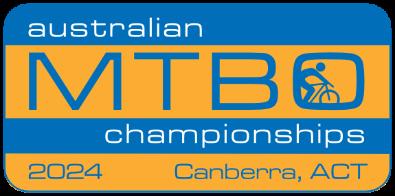
was to share and discuss our financial situation as a collective; the current situation and challenges going forward. While the situation with finances is not dire, many of us face challenges going forward. For our member states/territories they are reliant on the income generated from major carnivals to operationally sustain their business. On the OA front, we are running a structural operational deficit.This year it is forecast to be in the vicinity of -$42K.The Board has an aim to return to an operational balanced budget by 2026. It is hoped that the considerable work being done in the participation development space, and going out to the market in the fourth quarter of this year to seek sponsorship opportunities will be the key drivers in returning to a balanced budget. Our Participation Manager, Daniel Stott, who has assumed the role from Brodie Nankervis, shared details of our work in the participation space. There are many positive developments.The Learn to Orienteer programs, through a successful ASC PlayWell grant, are generating positive engagement and in several cases, demand is exceeding our capacity to deliver.This leads us to an accompanying project in the Beginner Instruction for Orienteering space.This project has commenced after a delay to develop a nationally consistent approach to beginner instruction with a key aim to build the number of accredited Orienteering Instructors nationally. It fits as a precursor to the Learn to Orienteer program.
Our Eventor Project Manager, Paul Prudhoe, presented an update on the work to improve the Eventor membership, events, and results portal. We are experiencing some frustration in this space with the lack of developers currently available to initiate the work to improve Eventor. It is hoped that this will be reinvigorated in the third quarter of this year. Our Communications and Marketing Manager, Liz Leung, shared details of our recent media activity, and it is fantastic to see significant growth in engagement across our media channels over the last couple of months. Please reach out to Liz via communication@orienteering.asn.au if you have news that is suitable to share nationally.
The Board shared progress of our key priorities within our Operational Plan. On this front, the Board is delighted we are developing a Reconciliation Action Plan in partnership with The Nahri Institute, commencing work on a Volunteer Action Plan to improve recognition and support of our wonderful sporting volunteers, and an Inclusion/Diversity Action Plan to look at ways we can increase the social and cultural diversity of orienteers across Australia. Finally, the Board is hopeful that as this edition is published, we will have finalised the update of our Operations Guide to Edition 6.
In closing, we are soon to have our 2024 Australian Orienteering Championships and the 2024 Australian Mountain Bike Orienteering Championships. Both carnivals promise to be a great orienteering experience. I extend a very sincere thank you to the organising teams for both carnivals, who have been working very hard to put on high quality events for you. If you are taking part in these events, please make an effort to thank all the incredible volunteers.
BLAIR TREWIN - MEMBER OF IOF COUNCIL
Some key parts of the international calendar over the coming years are now falling into place.The 2025 Oceania Championships, which are expected also to include an AustraliaNew Zealand Challenge, will be taking place on the lower North Island of New Zealand in late January, while the 2026 sprint championships will be on the Central Coast over the Australia Day long weekend.
The 2026 national calendar will look different to the usual. Australia will be hosting the ‘2027’ forest Oceania Championships (which can be run at any time from September the previous year) in the ACT in the usual Australian Championships timeslot in September/October (subject to formalisation by the IOF).The Australian Schools Championships will also take place then.The four Australian Championships races will be run over the four days of Easter in Tasmania, who would normally have been hosting the Australian 3-Days then.
If the current rotation is maintained, sprint and forest Oceania Championships would take place in New Zealand in 2028 and 2029 respectively. However, recent changes by the IOF have opened
the way for New Caledonia to seek to formally become a part of Oceania, which in turn would potentially open the way for them to consider hosting a future event.
Other international events have also been formalised in the recent past.The World Championships locations are now confirmed for the next five years, with forest events in Finland, Hungary and Sweden in 2025, 2027 and 2029, and sprint events in Italy and Spain in 2026 and 2028 respectively.The event in Spain, the first time they have hosted a World Championship, is planned to take place in April, not the usual northern summer timeslot. JWOC will be in Italy in 2025, Sweden in 2026 and Poland in 2027, while WMOC will be in Spain in 2025, Poland in 2026 and Japan in 2027, the latter in conjunction with the World Masters Games which had originally been scheduled for 2021.


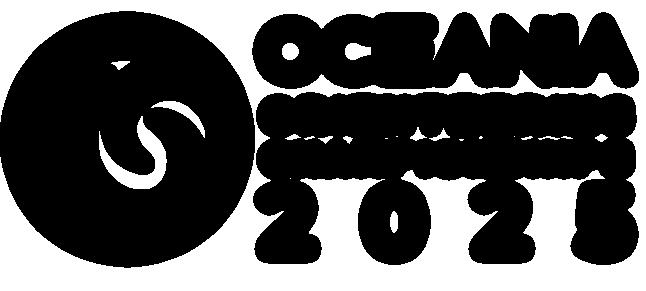


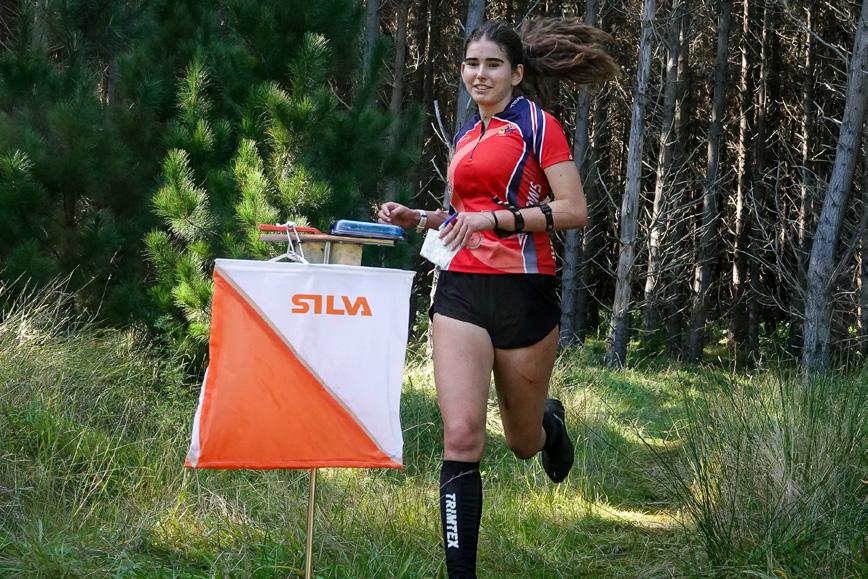

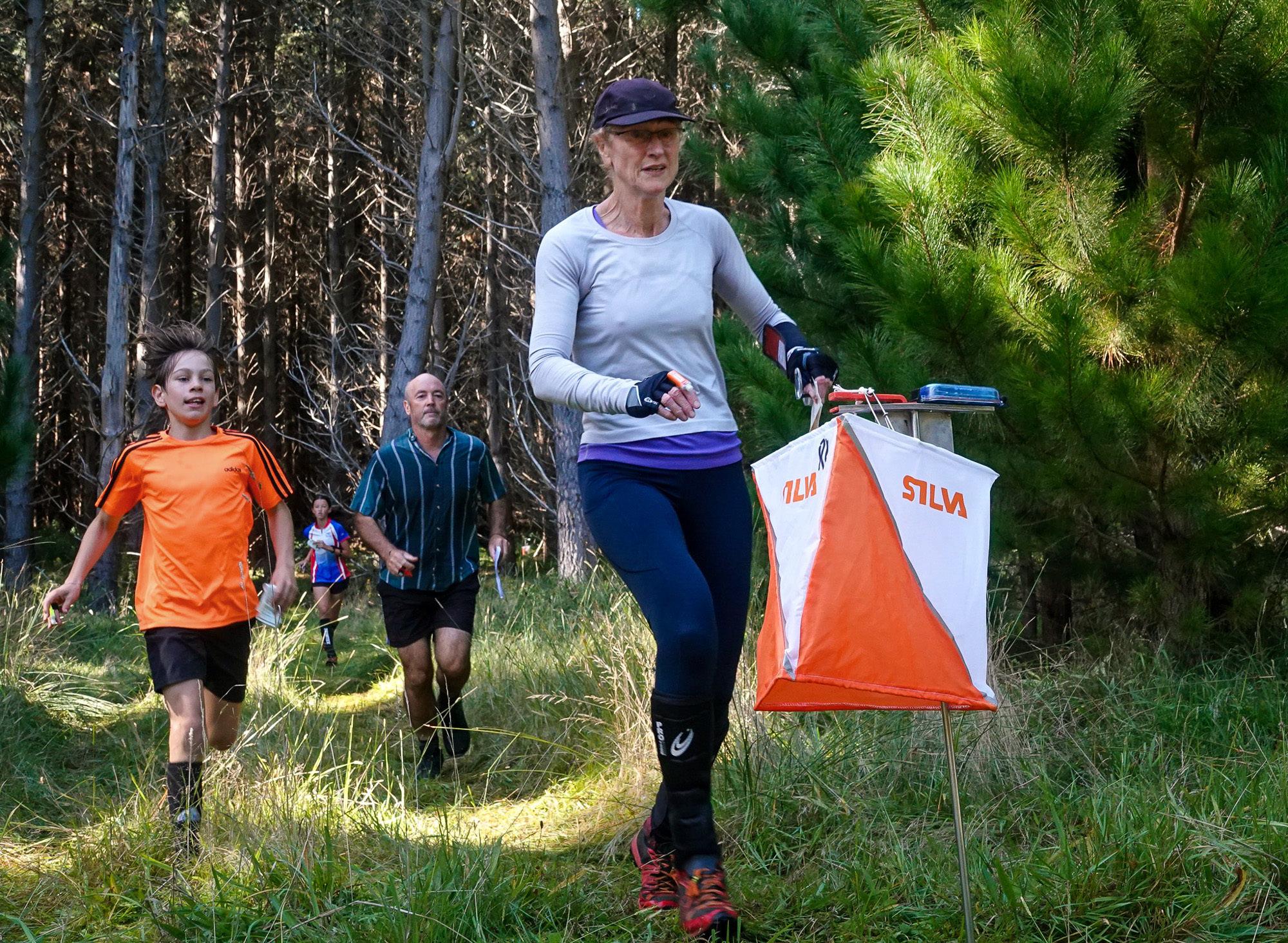
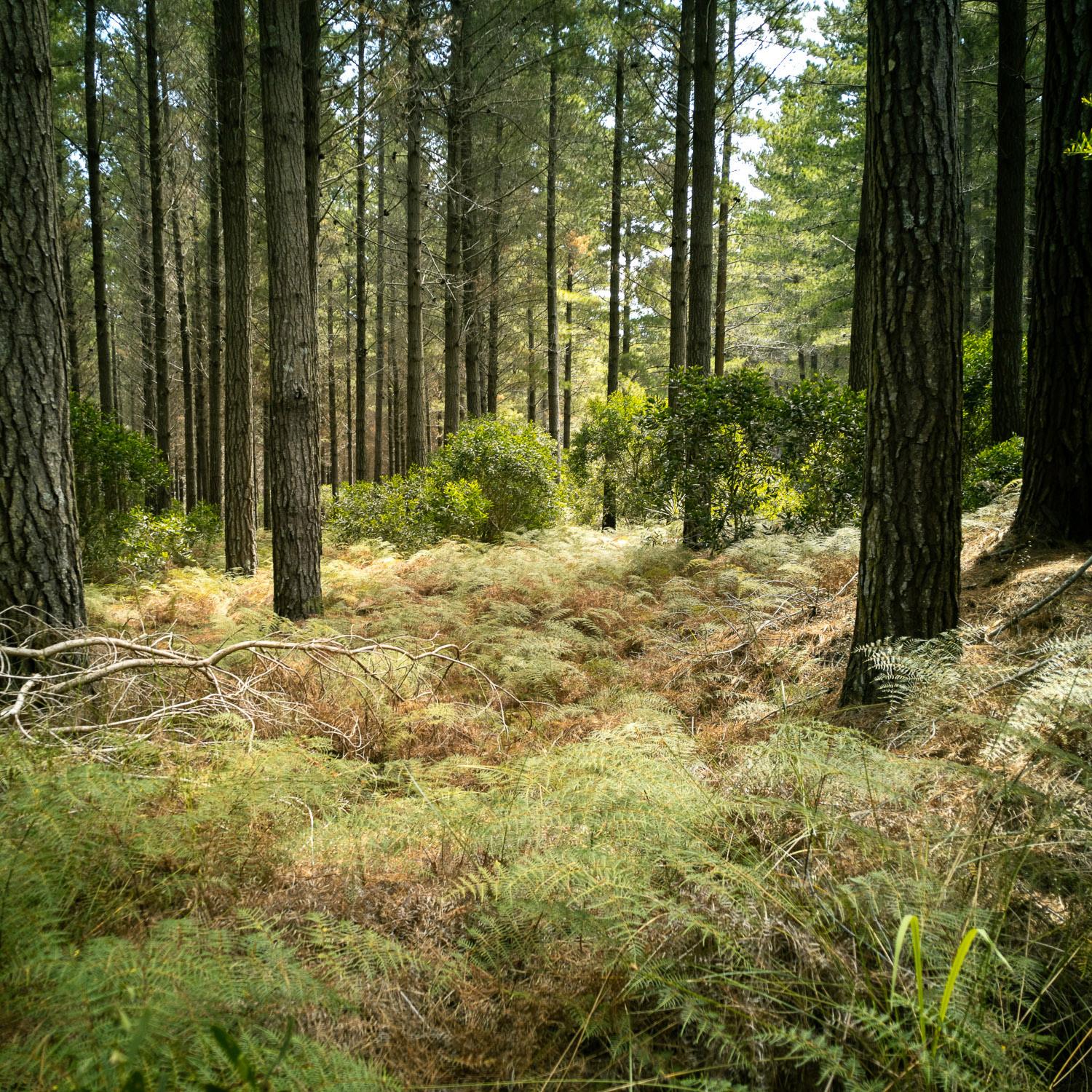




ORIENTEERING
Chair & Director – International (IOF) MikeDowling
Director – Finance PaulLiggins
Director – Technical AnnaSheldon
Director – IOF Foot O Commisioner
BrettWeihart
Director Coaching & High Performance ClareHawthorne
Director Media & Communications TroydeHaas
Director – Ex Officio
BlairTrewin
Director AndreaHarris
Secretary RobertSpry
ORIENTEERING AUSTRALIA STAFF AND OFFICERS
General Manager
ÁrpádKocsik
Head Coach NatashaKey
Manager of High Performance & IOF Map Commissioner
FredrikJohansson
Manager of Coaching Development BrodieNankervis
Participation Manager
DanielStott
Manager of Coaching & Officiating Administration JimMackay
National Sporting Schools Coordinator JimMackay
Chief Medical Officer MarkFreeman
Editor OA Enews LindaBurridge
Badge Scheme Secretary JohnOliver
Eventor Project Manager PaulPrudhoe
Manager of Integrity and Complaints AndrewShipton
MTBO Development Officer CraigSteffens
Communications & Marketing Manager LizLeung
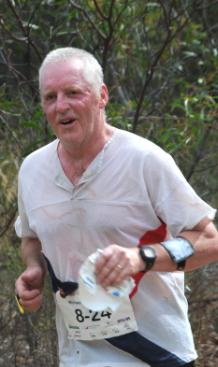

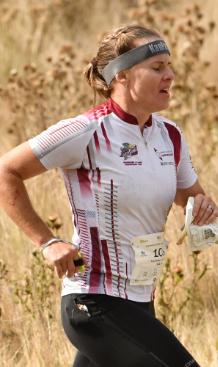

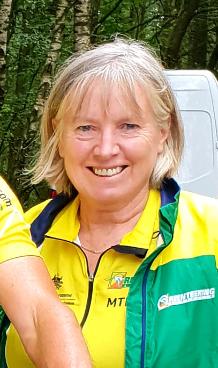


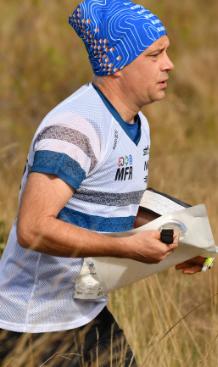


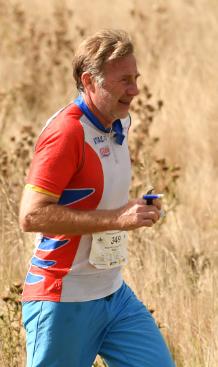

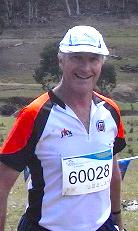

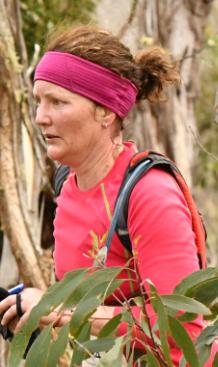

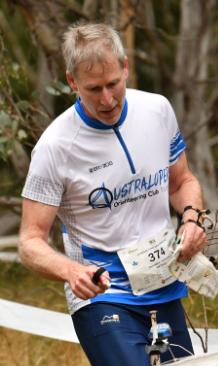



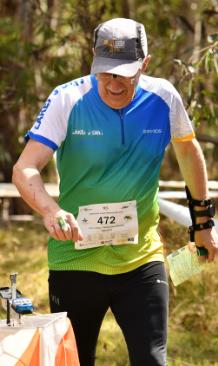

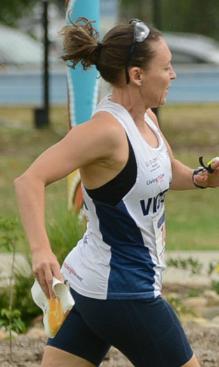

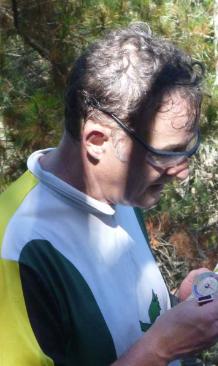

Orienteering Queensland: POBox275,FernyHillsDC,QLD4055.Secretary:SueCampbell secretary@oq.asn.au Orienteering NSW: POBox3379NorthStrathfieldNSW2137.Secretary:GayleQuantock secretary@onsw.asn.au Orienteering ACT: POBox402JamisonCentreACT2614.Secretary:StephenGoggs office@act.orienteering.asn.au Orienteering Victoria: POBox1010TemplestoweVIC3106.Secretary:AislinnPrendergast secretary@vicorienteering.asn.au Orienteering SA: 1 Windsor Rd, Glenside SA 5065. Secretary: Fi Pahor secretary@sa.orienteering.asn.au Orienteering Western Australia: POBox234SubiacoWA6904.Secretary:CeriPass oawa.secretary@gmail.com Orienteering Tasmania: Secretary:KlaasHartmann secretary@tasorienteering.asn.au Top End Orienteers (Northern Territory): POBox39152WinnellieNT0821.Secretary:SusanneCasanova
ISSN 0818-6510 Issue 3/24 (no. 214) SEPTEMBER 2024
The national magazine of Orienteering Australia Inc. ABN 77 406 995 497 Published four times a year: 1 March, June, September, December. Copies are dispatched in bulk to state associations in the week prior to that date. Print Post Approved PP 236080/00011, (100023602 for NSW).
Editor: Hania Lada, P.O. Box 200, Ringwood East, Victoria 3135 magazine@orienteering.asn.au Phone 0493 615 203 Magazine Design & Assembly: Peter Cusworth, Phone 0409 797 023 pcusworth53@gmail.com
Printer: Razer Graphix, Factory 6/15 Stud Road, Bayswater. Contributions welcome! Prior consultation is suggested before preparing major contributions. Guidelines available from the editor and the website https://orienteering.asn.au/index.php/magazine/ Orienteering Australia website > magazine
Regular Contributors: History & Awards – David Hogg; Competition –Blair Trewin
Subscriptions: State Association members via State Associations. Contact relevant Association Secretary for details. Other subscribers: For information about payment refer to the Orienteering Australia website https://orienteering.asn.au/index.php/magazine/ Orienteering Australia website > magazine or contact the editor.
Opinions expressed in The Australian Orienteer are not necessarily those of Orienteering Australia.









The 2024 World Orienteering Championships (WOC), the second sprint-format championship, took place in the Scottish city of Edinburgh.The historic central city was the focus for the two individual events, the sprint final and the three knockout rounds of the knockout sprint. With many buildings and passages opened specifically for the event, in addition to the artificial barriers that have become par for the course in major international sprints, the area provided plenty of surprises, even for those who do the intensive pre-event preparation from online sources, which is standard for the best teams these days.The sprint relay was in a more familiar environment for Australians, a university campus on the western edge of the city.
Switzerland and Sweden dominated the competition, taking all but one of the 12 individual medals on offer.Tove Alexandersson added to her substantial medal collection by taking out both individual events, although her WOC 2024 will probably be remembered as much for the one she didn’t win. While she and Simona Aebersold are familiar fixtures on the WOC medal table, neither male winner had previously been on the podium.
For Australia, the highlight was Henry McNulty’s ninth in the individual sprint.This was easily a career-best for the Norwaybased Western Australian, who had not previously been in the top 30 at this level, although a 19th earlier this year in a World Cup field arguably deeper than that at WOC gave an idea of what might be coming. Nea Shingler took a significant step up in her second appearance by getting through qualifying in both individual events, while the sprint relay team’s 15th was also a solid performance.
The individual sprint took place in the historic centre of Edinburgh after qualifying races in the port district of Leith. Both qualification and final were more technical than usual for a WOC sprint, and the qualification cutoffs were a bit further behind the lead than is typically the case, although in one of the men’s heats you still needed to be within a minute.
Martin Regborn of Sweden took what ended up being a comfortable win, with a 23-s gap over the field. His start was
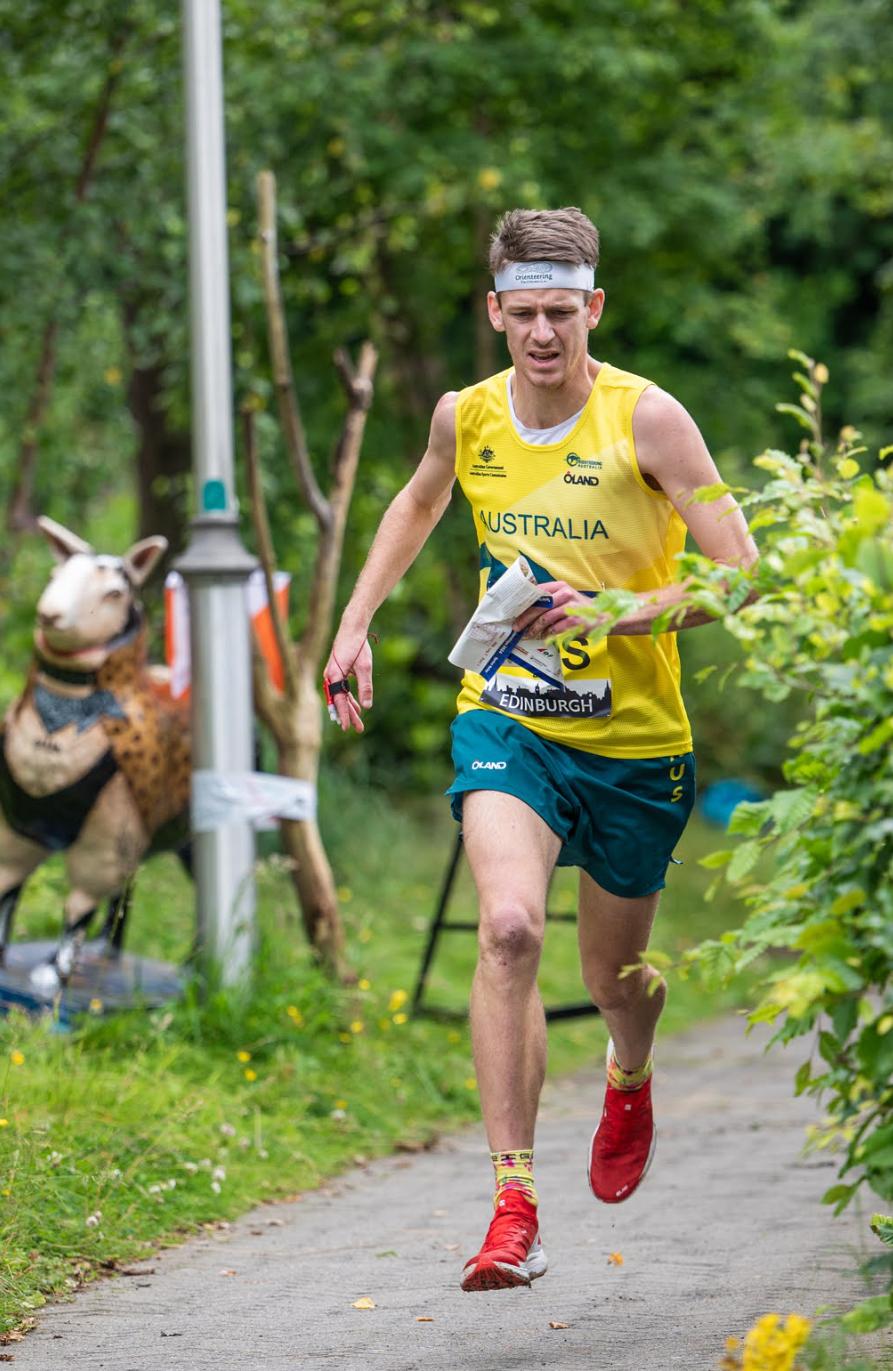

slower than some others, and he was 14th after eight controls (but still only 13 s from the lead), but he took control in the middle of the course (including the key route choice leg from 10 to 11) to hit the lead by #12. He then avoided misadventure in the closing stages where many others couldn’t. His closest challenger for much of the way was Kasper Fosser (Norway), but Fosser made a major mistake on #19 – like many others, running down a road to where an open gate had been on previous maps rather than sideways to where one was now – and crashed out of the top ten.That left the way for an unexpected silver medallist, WOC debutant Tino Polsini (Switzerland), who did not even have a World Cup top ten to his name. Sweden filled the next two places through Emil Svensk and Gustav Bergman to make it three of the top four.
Henry McNulty made an excellent start. He lost a bit of time in mid-course, most of it on the long #11, but maintained his speed and avoided any significant time losses in the later stages, climbing from 15th to ninth over the closing controls. It was an excellent day for Oceania, with New Zealand getting two in the top ten through Tim Robertson (sixth) and Joseph Lynch (seventh). Brodie Nankervis ran an excellent qualification race but was unable to back up in the afternoon, drifting out of contention through the race and ending up 41st.
Tove Alexandersson was always in a


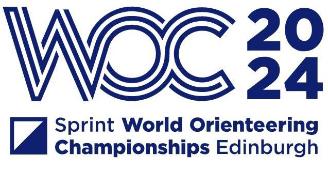

strong position in the women’s sprint. She dropped some time on the long leg in mid-course (which was #9 for the women), but was back in front after dominating the second long leg at #13, 11 s ahead of anyone else on the leg. Simona Aebersold made slight inroads into her lead over the closing controls but never looked like winning, falling 15 s short, with her Swiss teammate Natalia Gemperle completing the medals. For much of the course, Hanna Lundberg looked the likeliest challenger to her Swedish teammate, but missed a straightforward control at #12 to end her race.
Nea Shingler, after qualifying comfortably, struck trouble on the long leg but was able to recover enough over the second half to finish 33rd, while the Australian hard-luck story was Caitlin Young, who missed qualifying by one place. Grace Molloy was the best of the home athletes in sixth, while Lizzie Ingham of NZ (19th) reached the top 20 in a solid performance.
The sprint relay moved to the campus of Heriot-Watt University on the western edge of Edinburgh.This was a modern university campus and offered most of the standard navigational challenges of a 20th century university campus, although an unexpected new feature was an indoor section with a fence ‘maze’, in an indoor sport centre, for the final controls.This offered considerable potential for disaster in the final controls, although none materialised.
After the individual results, Sweden and Switzerland were the clear favourites.There was a significant pack on the first leg, which regathered after splitting on a major route choice leg at #7. Eef van Dongen (Netherlands) led the pack home but the favourites were in the bunch.They edged away over the course the second leg through Riccardo Rancan and Emil Svensk, with Finland, Denmark and Great Britain in a second group about 20 s back. On the third leg it became a three-way race, with Mikka Kurmila bringing Finland up to join Sweden and Switzerland in the lead group. It was soon a two-way race again, with Tove Alexandersson and Simone Aebersold going head-to-head on the final leg and breaking well clear.They were closely matched through most of the course, but had different forkings about three-quarters of the way through, and that was where the race was settled. Initially it looked like it was settled on time with the Swiss edging away through that
section, but it turned out that it had been settled more emphatically; Alexandersson had been to her opponent’s control rather than her own. With the Swedes mispunching (as did Denmark), Finland took the silver, with Norway taking bronze, thanks mostly to a very strong third leg by Kasper Fosser after a slow start.
Nea Shingler led off promisingly for Australia but dropped off the lead pack on the long leg. A good second leg by Brodie Nankervis made up significant ground, but from there Australia were in an awkward position in between two packs and running largely on their own. Henry McNulty and Caitlin Young both had solid runs, taking the team up to 15th. New Zealand also had a slow start but gradually built into the race, and Lizzie Ingham gained five places on the last leg to take them to the top ten.


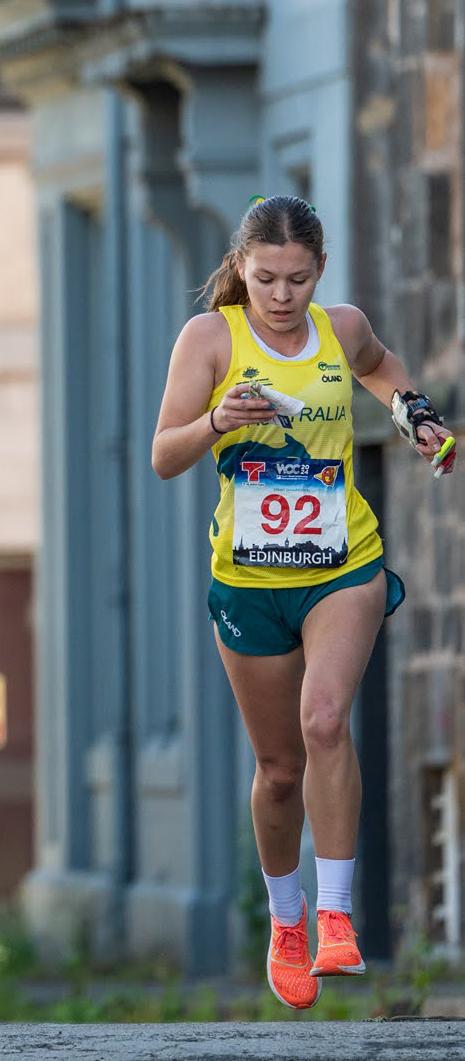


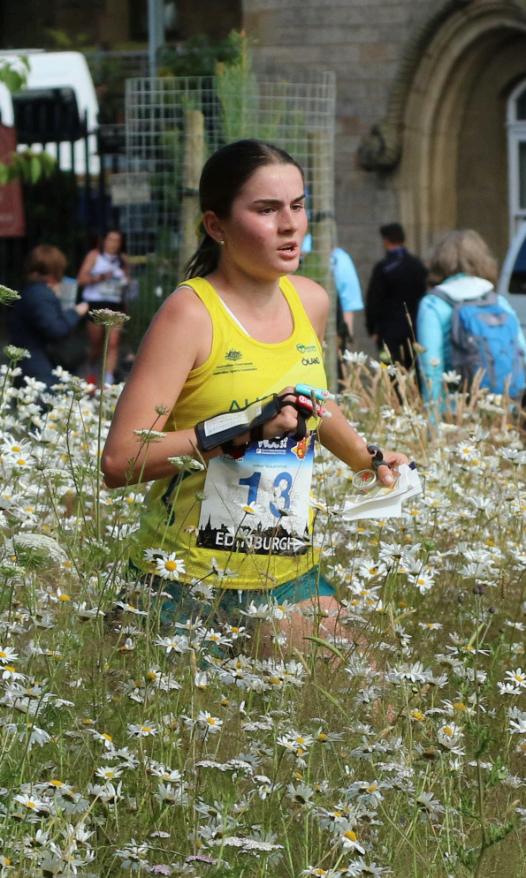



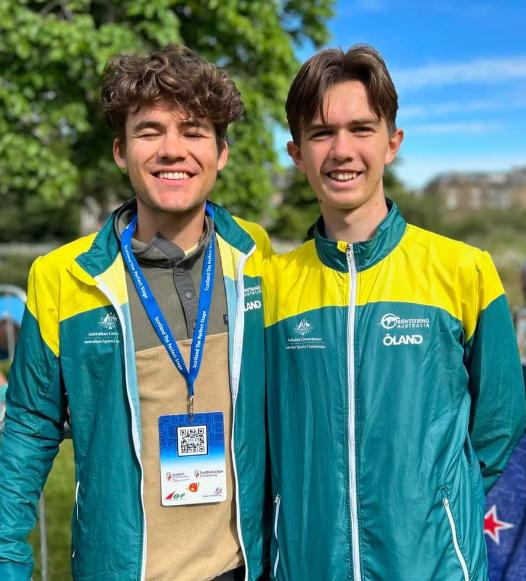
The knockout sprint action, as might be expected, was fast and furious.The first competition-day rain of the week made things slippery, and collisions were an occasional feature, especially in the quarter-finals when conditions were at their wettest.Two runners were added to the semi-finals after being impeded in finish-chute incidents in the men’s quarters (one of them involving the eventual gold medallist).
Tove Alexandersson made it two gold medals for the week but not without some drama, playing catch-up after a fall on the way to the second control in the final. Megan CarterDavies took a big route-choice risk on the long leg, which worked (somewhat to the surprise of the course planners) and put her 10 s in the lead, but that gap was swallowed over the following controls. A small mistake leaving #8 by Simona Aebersold gave Alexandersson and her Swedish teammate, Karolin Ohlsson (for whom it would be her first individual medal of a long career) a small break into the final stretch, which they were able to hold to the end. Aebersold edged out France’s Cecile Calandry for the bronze.
The men’s race stayed together for longer, with Martin Regborn leading out early and no major differences in route choice.The key move was made at #7, where a small route choice moved Riccardo Rancan from the back of the bunch to the front of it, and from there he was never headed. Most of the rest of the bunch made a small mistake leaving the second-last control, leaving Jørgen Baklid (Norway) to take silver in his first WOC. Jonatan Gustafsson led the bunch sprint home to repeat his bronze from 2022.
Australia’s two best performers from the individual sprint, Henry McNulty and Nea Shingler, both reached the knockout rounds. Both were competitive in their quarterfinals but were ultimately outrun in the closing stages.Tim Robertson was the best of the New Zealanders, reaching the semi-finals, with Lizzie Ingham and Laura Robertson departing in the quarters.

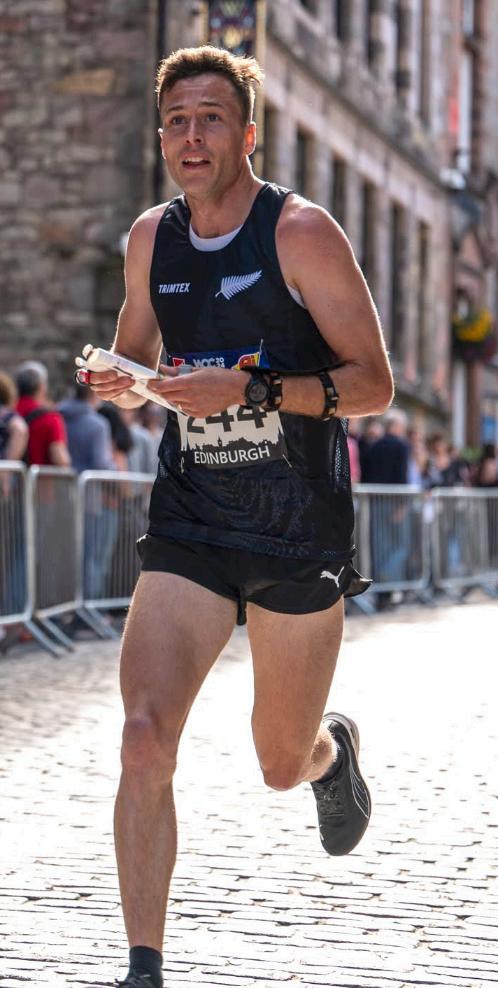


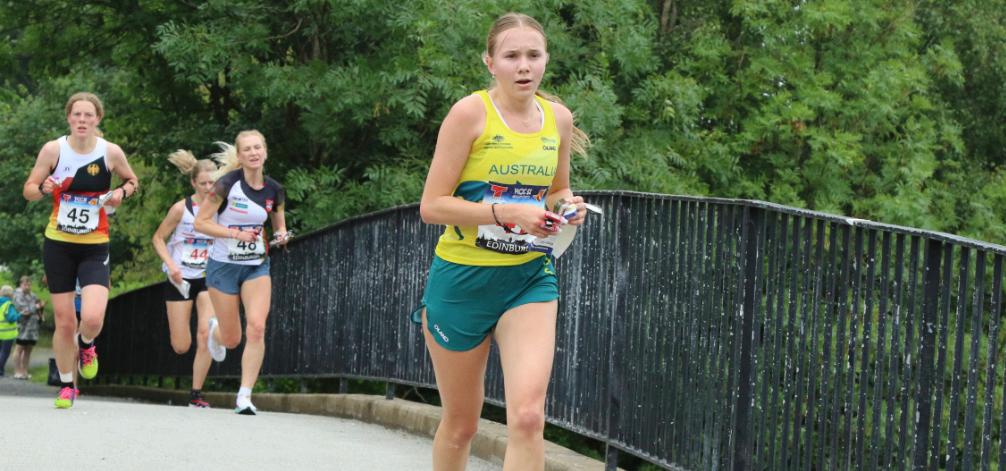
The men’s final looked like a tactical game where Sweden’s Sprint World Champion Martin Regborn took the lead from the start, and nobody wanted to challenge him with other routechoices, although there were clearly some legs where other routechoices might have been faster. But with all runners within 4-5 s, everybody was happy playing the waiting game. The first runner taking an initiative was Swiss Riccardo Rancan who took another routechoice to 7, running around the house on the right side while all the others ran around on the left side. According to the post-race interview, his plan here was to gain a few positions ahead of the final controls. This small move brought Rancan from the fifth place in the group into the lead, a position he never gave away. Rancan had memorised the rest of the course and had a clear plan for where to run, and managed to run the final part perfectly and win.
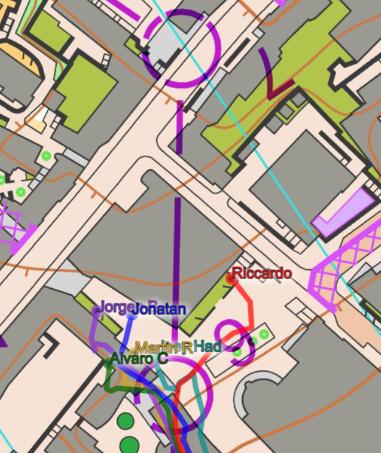

The women also started running together from the start, lead out by Megan Carter Davies, with Tove Alexandersson taking a fall early and therefore having to catch up instead of trying to pull away as she often does. At control 3 Simona Aebersold took over the lead, with Megan down in fourth, but only2 s behind. The first real initiative to break out from the pack was taken by Megan to the fourth control, where she decided to run right, while the rest of the field ran left.
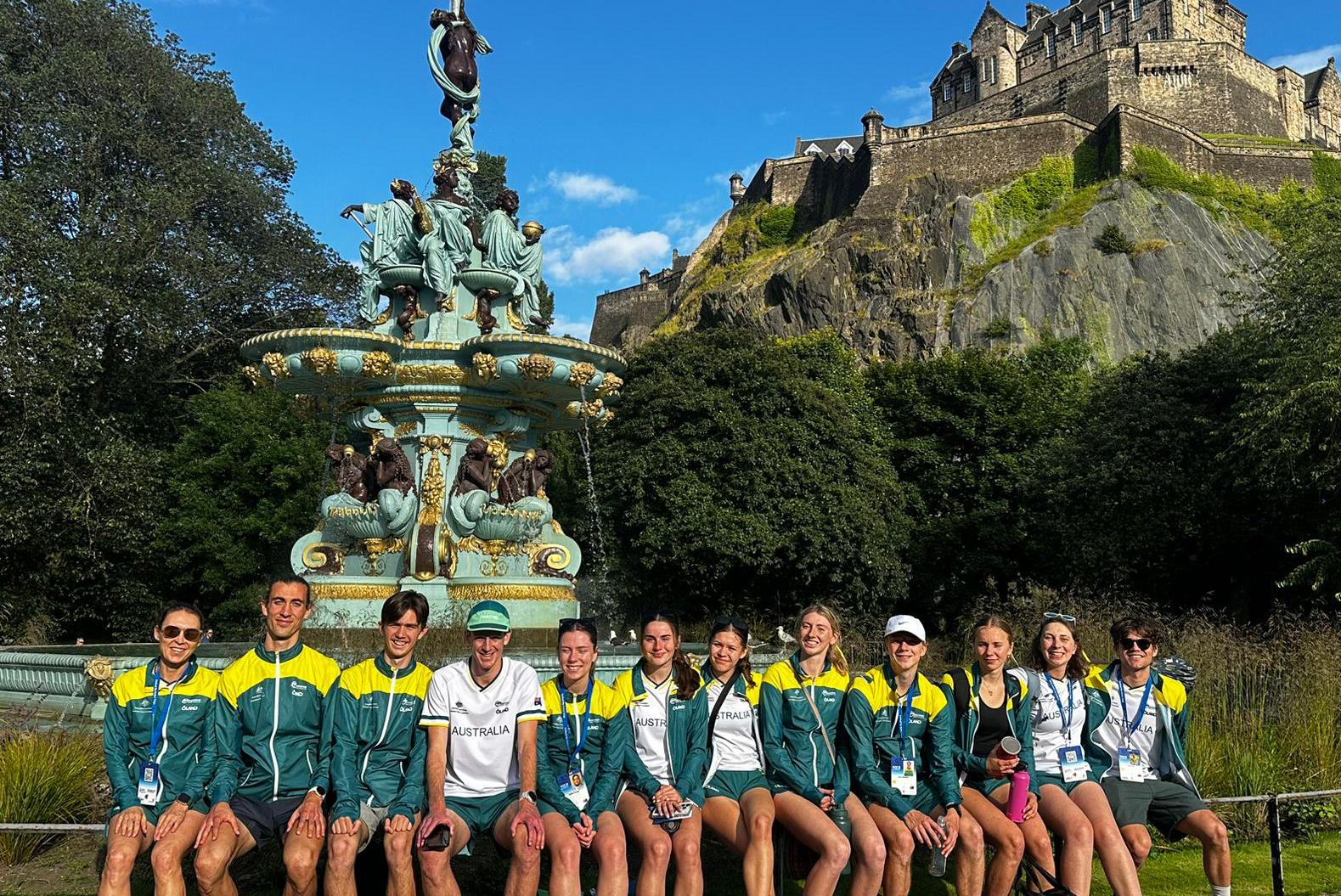
DAVID ROSEN (ASSISTANT REFEREE AT WOC 2024 AND THE CHAIR OF THE IOF RULES COMMISSION) COURTESY OF COMPASSSPORT 40TH WORLD ORIENTEERING CHAMPIONSHIPS SOUVENIR PROGRAMME
At WOC 2024 there was no jury. Referees were to make quick and final decisions instead.
WOC 2006 DENMARK The protest concerned a runner who punched at a control 33 (path end) in Heat A at the WOC Sprint Qualification race. Nearby was his correct control (number 51, fence end) which was less than 30 metres from number 33. In dealing with the original complaint, the Organiser ruled that as it had been stated at the Team Officials Meeting on 31st July and in Bulletin 4 that ‘some controls will be placed close to each other’, all runners should know what to expect and that mispunching would therefore lead to disqualification. However, the Jury observed that no application for a deviation from the Rules had been made to the IOF and that therefore the Rule 19.4 (Controls shall not be sited within 30 m of each other) must still apply.Therefore, whilst the runner obviously should have checked the control code, the mistake was not completely his fault.There was a further circumstance in the runner’s favour in that, when the Jury visited the site of the two controls, it was noted that the control hung on the path end was also only 1 metre from the same fence that 51 was hung on and it looked to the eye as if two controls were hung on the same feature (the fence) at a paced separation of under 20 m.The Jury upheld the protest and the runner, along with four others who were disqualified at the same pair of controls, was reinstated.
WOC 2011 FRANCE The Sprint qualification in Aix-les-Bains was the main source of complaints and subsequent protests. Although the organisers felt that it had been stressed at the team officials meeting that there was olive green in the parks near the end of the course, about 40 competitors were seen by marshals to have crossed the olive green areas and were disqualified.The olive

green was clear on the map but much of it did not look obviously ‘out-of-bounds’. In the Jardin Anglais near the finish, the grass was shown as olive green but in fact was covered in spectators. In this case (in retrospect) it would have been a good idea for the organiser to put some tapes around the grass areas to show on the ground that they should not be crossed. It was particularly confusing for the runners because most of the grass areas they had previously encountered in their courses were crossable. A total of eight protests were made about these disqualifications.The jury felt that even though it could be argued that the organisers had not done all they could to mark the out-of-bounds in the terrain, it was very clear on the map. Where there was clear evidence that a competitor had gone right across an area marked olive green, the jury upheld the organiser’s decision and rejected the protest. However, in some of the cases, the jury accepted the protest and reinstated the runner because the runner appeared to have only stepped on the grass for a pace or two. Despite the best efforts of the marshals to clear the way, the paths in the park had many members of the public and spectators on them. Some runners said that they had been forced to take a step on the grass to avoid crashing into a member of the public. A lesson to be learnt from this is that if the organiser recognises that there is a chance that an out-of-bounds area might be crossed by runners, maximum effort should be put into trying to prevent them doing so – this is far better than concentrating on catching offenders and disqualifying them. If a feature or an area does not look obviously ‘out-of-bounds’ on the ground, then tape is required.
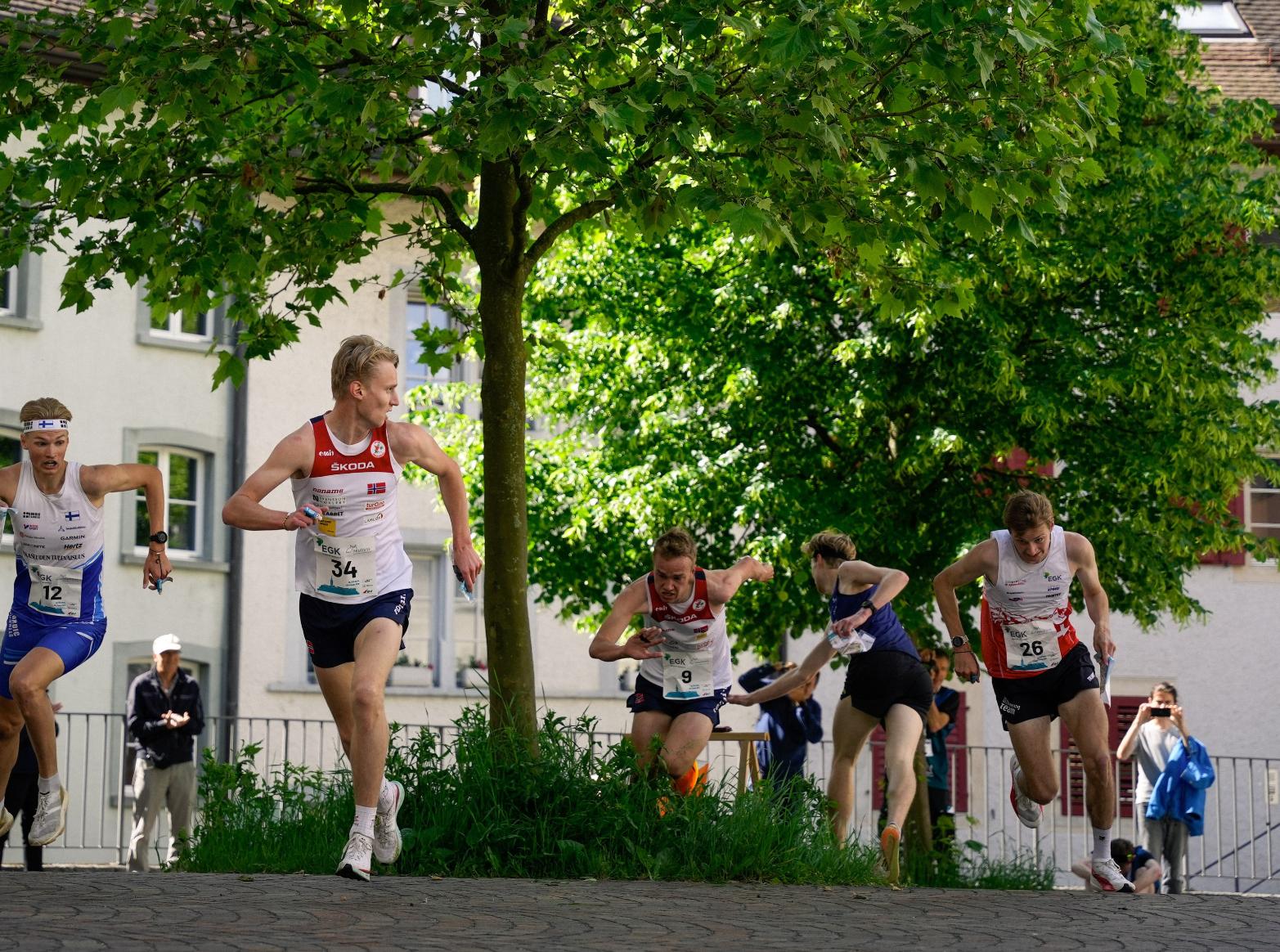


COURTESY OF WORLD OF ORIENTEERING

Sweden and Switzerland dominated the first World Cup weekend of 2024 in Olten, Switzerland, taking two victories each, but with four different winners. Tove Alexandersson (Sweden) and Joey Hadorn (Switzerland) won the Knock Out Sprint (KO-Sprint) while Natalia Gemperle (Switzerland) and Emil Svensk (Sweden) took the victories in Sunday’s individual sprint. While the KO-Sprint courses were relatively easy, making running speed and between-athlete tactics key for good performance, the individual sprint offered many interesting route choices that separated the athletes.
Australians and New Zealanders OA WEBSITE, EDITED
Australia’s top performance was from Henry McNulty who made it to the quarter finals knock-out, and was in the lead most of the way in hisquarter final. New Zealanders Laura and Tim Robertson also made the quarter finals. Top 12 from each KO-Sprint qualification heat progressed to the quarter finals, this meant finishing within 0:26 to 0:50 from the heat leaders’ times. In the men’s heats Australians Ewan Shingler finished 1:08 behind the leader, Callum White 2:38 and Andrew Kerr 4:31, Serena Doyle was 3:58 behind in her women’s heat.
Sunday was the final day of the World Cup first round in Switzerland, which saw the athletes compete in the individual sprint on some longer, faster and simpler courses. The planner’s main surprise involved the courses taking the athletes onto the roof of the previous day’s quarantine. Once again, Australia’s top performances came from Henry McNulty finishing in a very strong 19th place. Ewan Shingler was 93rd, Callum White 113th, Andrew Kerr 126th and Serena Doyle 109th.
New Zealand’s Tim Robertson placed 24th, Joseph Lynch 42nd, Toby Scott 80th, Nathan Borton 110th, Laura Robertson 35th, Briana Steven 94th and Amber Riddle 103rd.

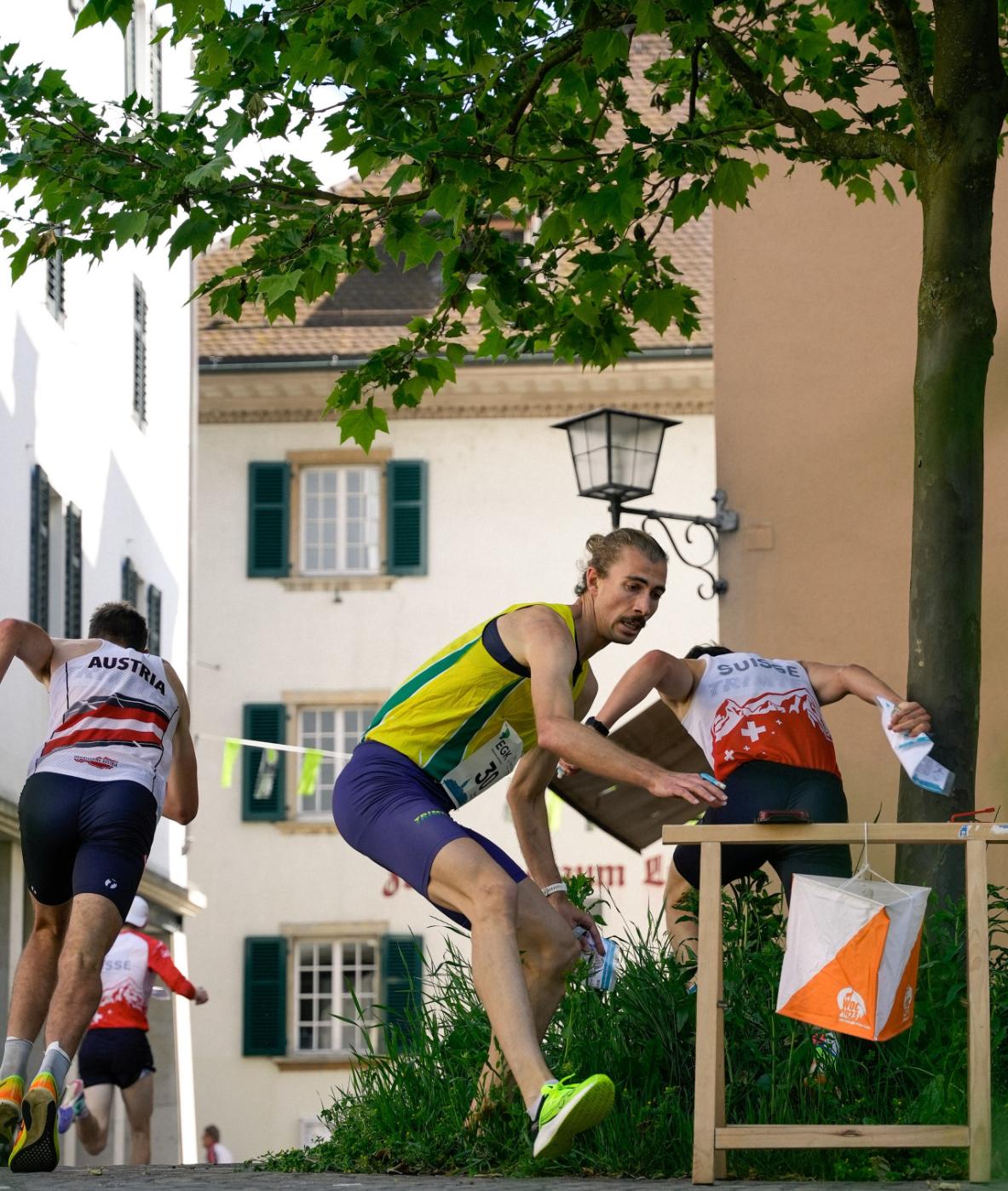


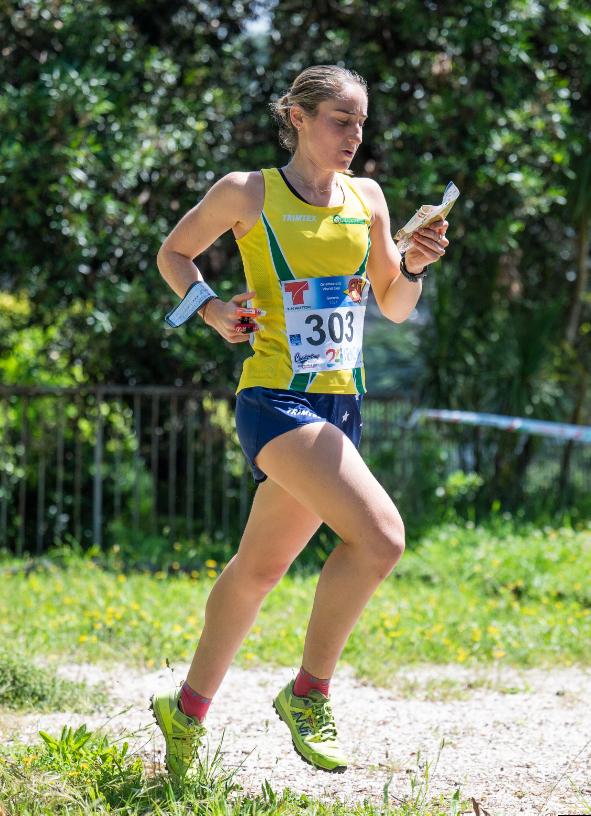
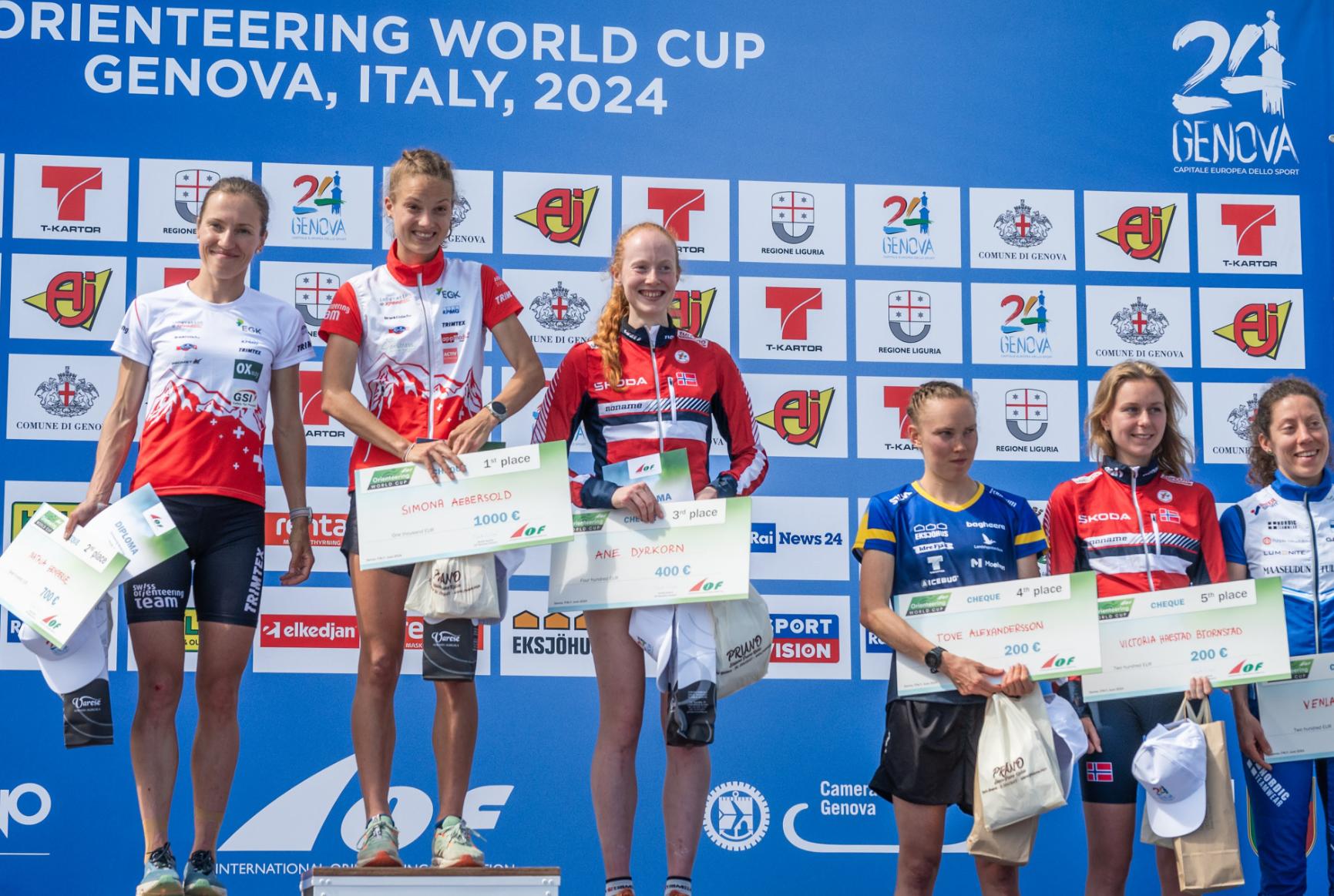
PHOTOS:
IOF / KRISTINA LINDGREN
From flat and relatively easy orienteering in the first World Cup round on Swiss ground, to tricky and hilly orienteering in the second World Cup round in Genova, Italy. Victories went to Simona Aebersold (Switzerland) and Kasper Fosser (Norway) in the Individual Sprint, while Switzerland won the sprint relay. With more varied orienteering, other nations managed to partly challenge the Swiss and Swedish domination from the opening weekend. Switzerland still took the double in the women’s class with Aebersold ahead of Natalia Gemperle, but only one Swedefinished within the top 12 (Tove Alexandersson, fourth), with Ane Dyrkorn (Norway) taking her first World Cup podium with a third place.
In the men’s class the Swedes also had a hard day in the hilly terrain, but Martin Regborn managed tosecurethe second spot despite several mistakes (as the only Swede within top 12).Tomas Krivda (Czechia) took the last spot on the podium, with the Swiss men just outside the podium.
The sprint relay was tight, with many technical mistakes and route-choice misses by the top runners. Switzerland was however among the top teams from start to finish, taking a clear victory after another excellent race by Simona Aebersold. Finland took the second place ahead of Czechia after a very tight finish, with Sweden losing a place on the podium due to a route-choice mistake by Tove Alexandersson early on the last leg.
The Italian terrain really challenged the athletes, making the races very spectator-friendly!
The fastest on each leg were Natalia Gemperle on the first leg, Mats Eidsmo (running in Norway’s fourth team) on the second leg, Tomas Krivda on the third leg, and Hungarian Rita Maramarosi on the last leg with her team finishing 12th overall (after their second leg started in the 38th position).



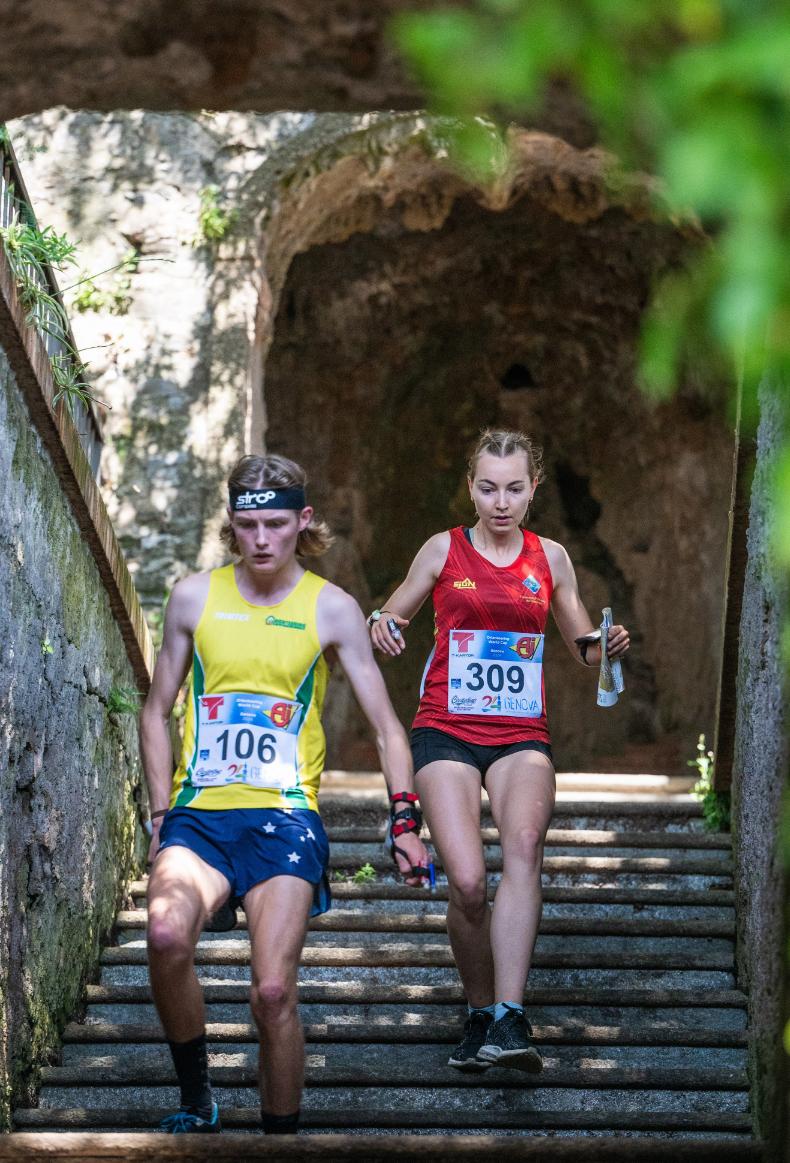
Six Australians competed in round 2. In individual sprint Henry McNulty was 48th, 1:48 behind the winner, Callum White 90th, Ewan Shingler 105th, Serena Doyle 106th, Andrew Kerr did not finish, and Mary Fleming mispunched. The sprint relay team had Serena on the first leg, followed by Ewan, then Callum, and was anchored by Mary, placing 43rd overall.
New Zealand’s relay team of Laura Robertson, Joseph Lynch, Tim Robertson and Briana Steven finished 28th. The previous day, Tim placed seventh in individual sprint, and Joseph, 19 s slower than Tim, was 20th.


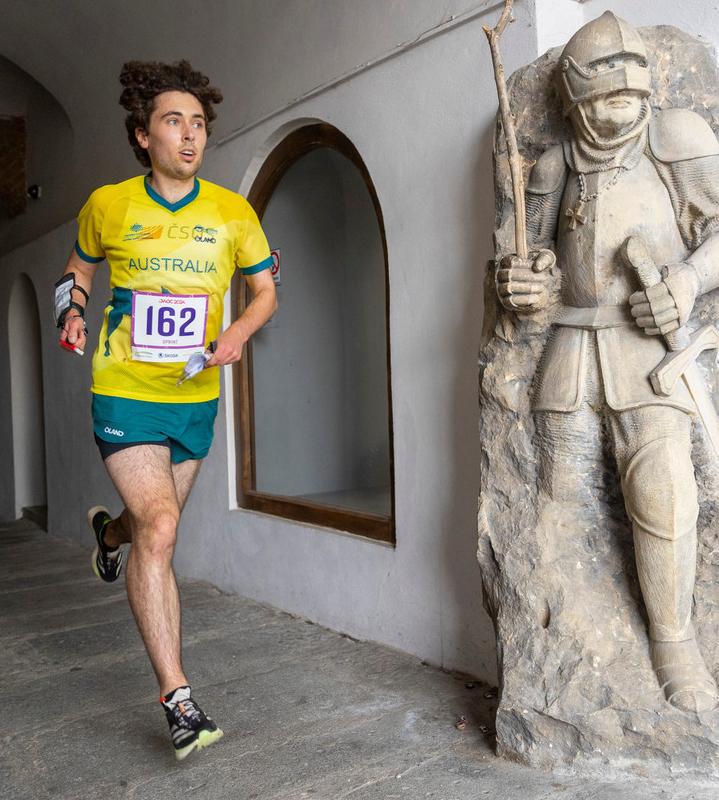


Norway took the first gold medal at JWOC 2024, which began with a sprint relay in Pilsen, Czechia. An impressive 77 teams were on the starting line.The arena was an amphitheater providing a beautiful backdrop for the race in a mix of residential buildings and a big forested slope.
Spectators saw Finland 1 with Elli Punto get off to the best start after the first leg, when the teams were still very close together. A fast finish gave Finland a gap of 13 s from Switzerland 2 and Hungary 1 at the first exchange. But the Finnish lead disappeared halfway, and Philip Lehmann Romøren from Norway 1 went first into the changeover. Switzerland 2 and France 1 were the closest pursuers, 12 s behind. Alfred Bjørnerød (Norway 1) and Guilhem Verove (France 1) seemed to have an extra gear, when they ran away from the rest of the field and created the basis for an exciting Norwegian-French duel for the gold on the final leg. But Mathea Gløersen (Norway 1) never let go of the lead, while a French mistake allowed Switzerland 2 to take silver, and Sweden beat Hungary, the reigning JWOC sprint relay champions, in the fight for the bronze.
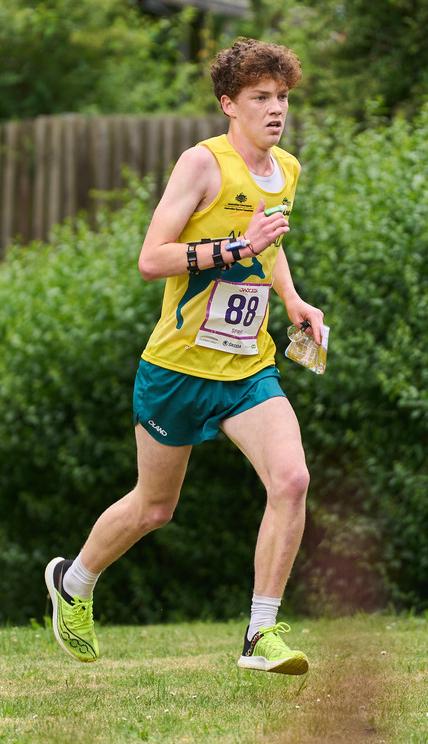

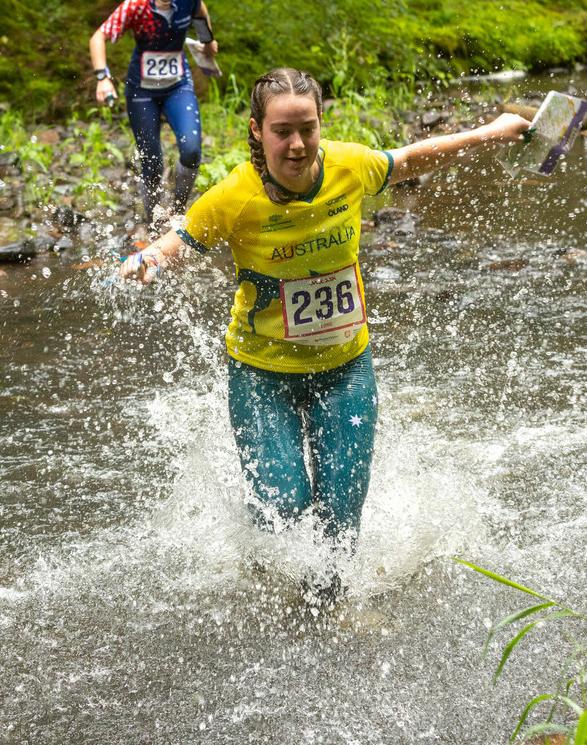


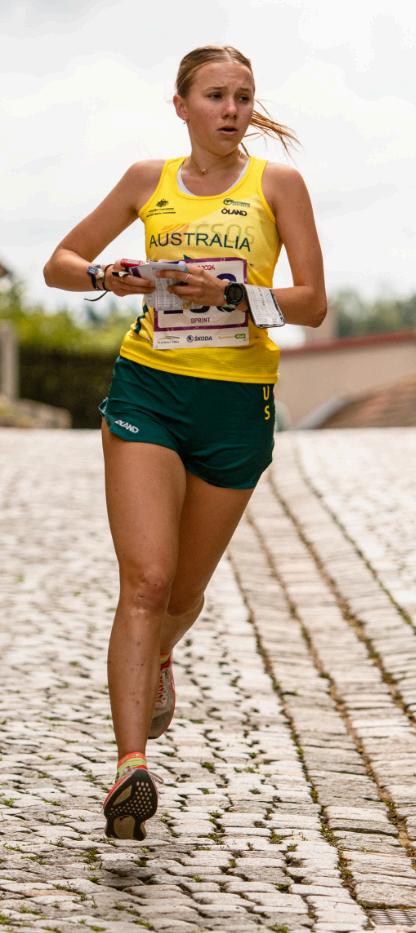

The teams and spectators saw a thrilling sprint race in the historic city centre of Stříbro.The athletes were constantly challenged by route choices, and it made for a very entertaining competition to follow. Halfway through the women’s course, three athletes shared the lead: Lucie Dittrichova (CZE), Annabelle Delenne (FRA) and Seline Sannwald (SUI). But when the Czech took a slower route on the following long leg, and Delenne and Sannwald couldn’t quite sustain the momentum from their fast start, it paved the way for others. And the race wasn’t decided until the very last meters. Michaela Novotna (CZE) had a 3 s lead at the last control, but a masterful sprint by Elli Punto meant that they tied for win. Henriette Radzikowski (SUI) squeezed into third place, 4 s behind the winning time and 2 s ahead of Sannwald. In the men’s race a handful of athletes were in contention for the title until control 15. On the long leg Loïc Berger (SUI) and Guilhem Verove (FRA) made small but crucial mistakes that sent them out of the fight for gold. Instead, Matthieu Bührer (SUI) kept cool to take the win, and was accompanied on the podium by Iver Dalsaune Thun (NOR) and Loïc Berger who held the lead halfway. Slovakia’s Filip Jancik was just 1 s away from the bronze.
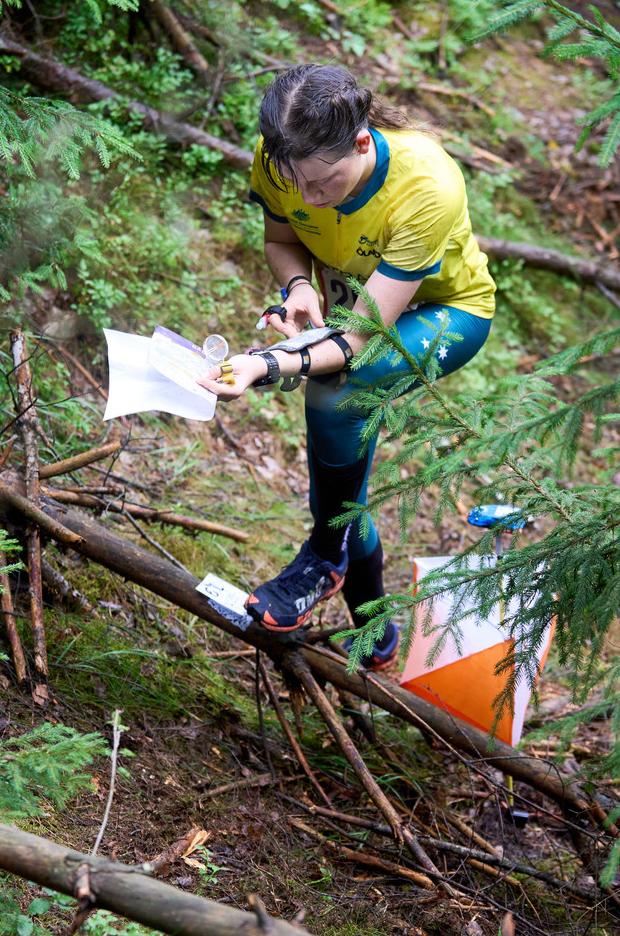

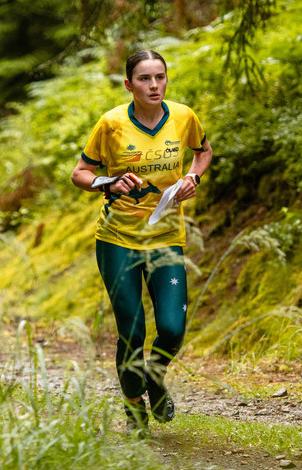

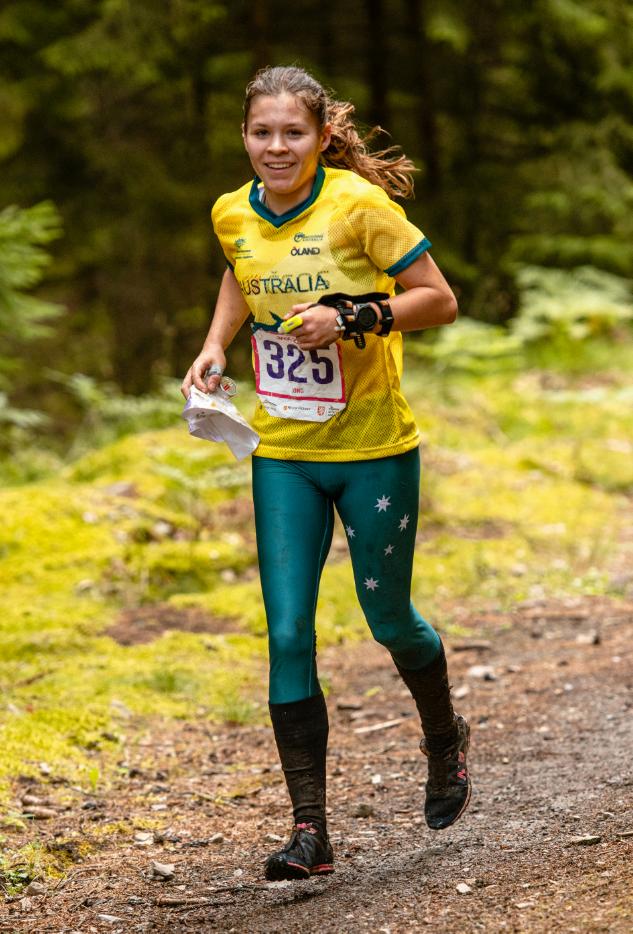

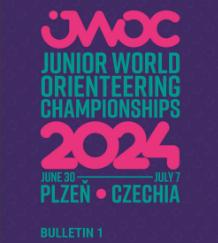
PHOTOS BY ESZTER KOCSIK


After two days of sprint races, there was a tough long distance with lots of climbing in the Czech forest, 9.6/11.5 km with 480/560 m climb for women and men, respectively. Lucie Dittrichova defended her long-distance gold from last year’s JWOC in Romania ahead of compatriots Michaela Novotna, who had tied for the gold in sprint, and Viktorie Skachova in third. In the men’s class the home favourites Jan Strycek who later finished fifth, and Daniel Bolehovsky who ended up with the bronze, both led along the way. Matthieu Bührer gained time in several places by taking longer route choices following the paths and only took the lead on the way to control 16 after more than an hour of racing. He finished in 75:06 that was 54 s ahead of New Zealand’s Zefa Fa’avae, and 1:01 ahead of Bolehovsky.
Lucie Dittrichova won the middle distance after an almost flawless race leading all the way. Sweden’s Alma Svennerud was close to Dittrichova’s split times along the way, but a time loss at control 8, at a large gully, meant that she had to settle for the bronze.That made room for another Czech athlete, Viktorie Skachova, in the silver spot.The men’s class developed into a showdown between double-gold medallist Matthieu Bührer and home favourite Jan


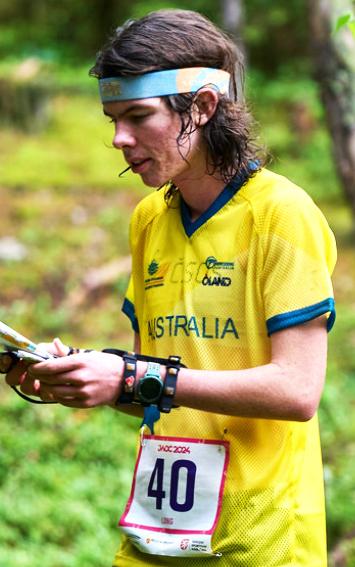

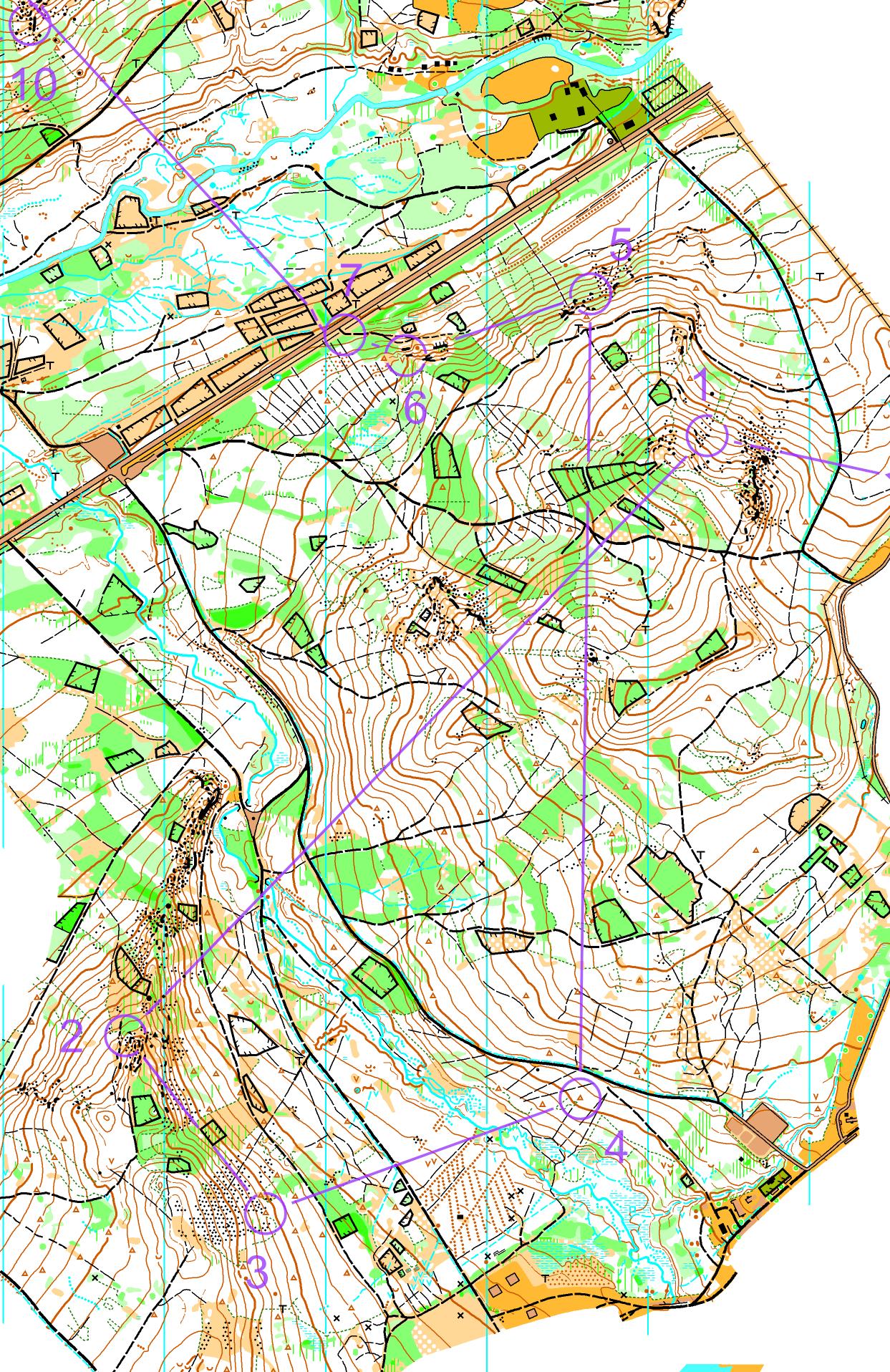
JWOC 2024 Long. First part of the

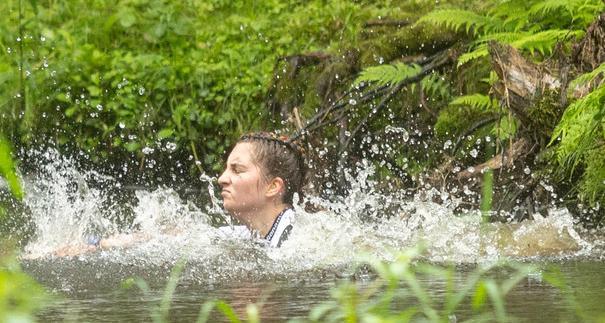
Strycek.The two had almost the same split times throughout the 4.8 km, but Bührer hesitated a little through a green area towards control 17 and it cost the decisive seconds. Strycek avoided major time losses and had a lead of 32 s at the finish line after 25:42 of racing. Norway’s Alfred Bjørnerød was 25 s further behind, and won a close fight for the bronze, where Svante Selin (SWE) was beaten by just 1 s.
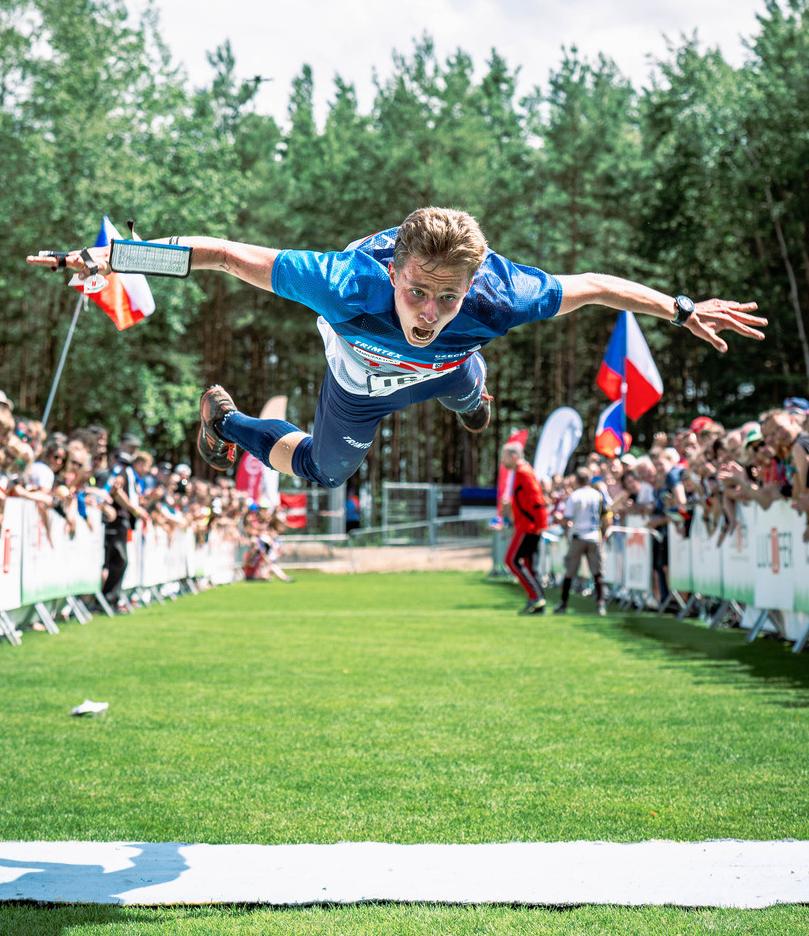

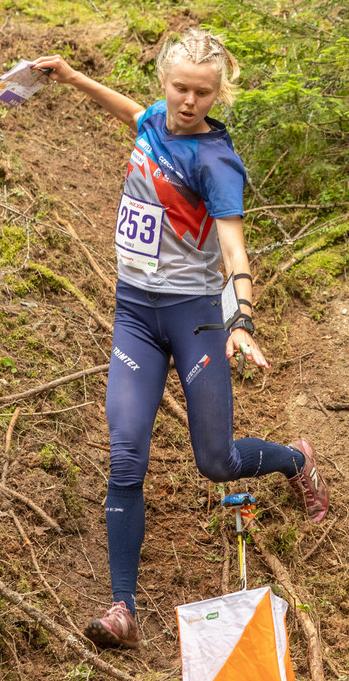

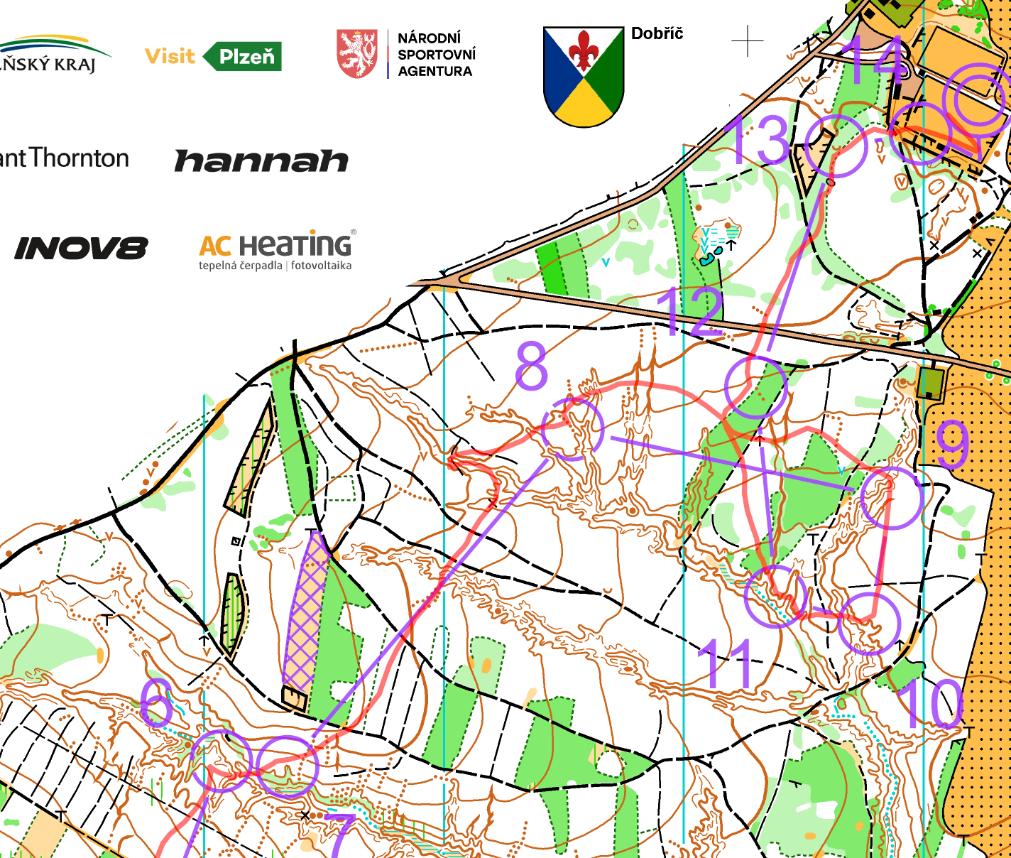
JWOC ended with two exciting relays.The terrain was similar to the middle distance, moderately hilly with many contour details and plenty of forkings.The men were first out in the forest, and it seemed for a long time that Sweden would take the JWOC relay title. Edvin Nilsson (SWE1) was the first man into the changeover with the Czech team 1 right on his heels, and France’s first team 21 s behind. On the second leg, Axel Bratt increased the Swedish lead to 1:09 to France, and with the Swiss team barely 2 min behind. An unfortunate mispunch put an otherwise strong running Czech first team out of the game. Svante Selin put in a good performance for the Swedes on the last leg, but the Swiss double junior world champion Matthieu Bührer was again running strongly and approaching from behind. Just before the arena passage, Bührer took advantage of a short forking to catch up with Selin and the disqualified Czech team. On the last loop, Bührer was the strongest and grabbed the gold for Switzerland’s first team that also included David Baumberger and Loïc Berger. Sweden took the silver, and a little more than 2 min later the French first team came in for the bronze.
In the women’s relay, it first seemed that the Swiss women would imitate the men. Henriette Radzikowski broke a gap on the first leg of 0:22 for a mixed team and more than 1:20 for Finland and Norway.Then Virna Pellikka ran a largely flawless second leg for Finland and quickly took over the lead from Switzerland. At the exchange, she was 58 s ahead of Czechia and barely 3 min ahead of Switzerland in third position. An early Czech time loss on the third leg meant that Eeva Liina Ojanaho (FIN) could run the Finnish victory safely to the finish line without being pressured from behind and celebrate with teammates Elli Punto and Virna Pellikka. Behind her, Norway won the battle for silver with a 15-s lead over Czechia.
The Australian JWOC team consisted of:
MEN: Alvin Craig, Callum White, Cooper Horley*, Jamie Woolford, Oskar Mella, Owen Radajewski, Sam Woolford
*Unfortunately, Cooper Horley was unable to compete as he contracted pneumonia.
WOMEN: Erika Enderby, Mikaela Gray,Milla Key,Natalie Miller,Nea Shingler, Zoe Carter
Officials: Warren Key,Brett Weihart, Serena Doyle, Aston Key

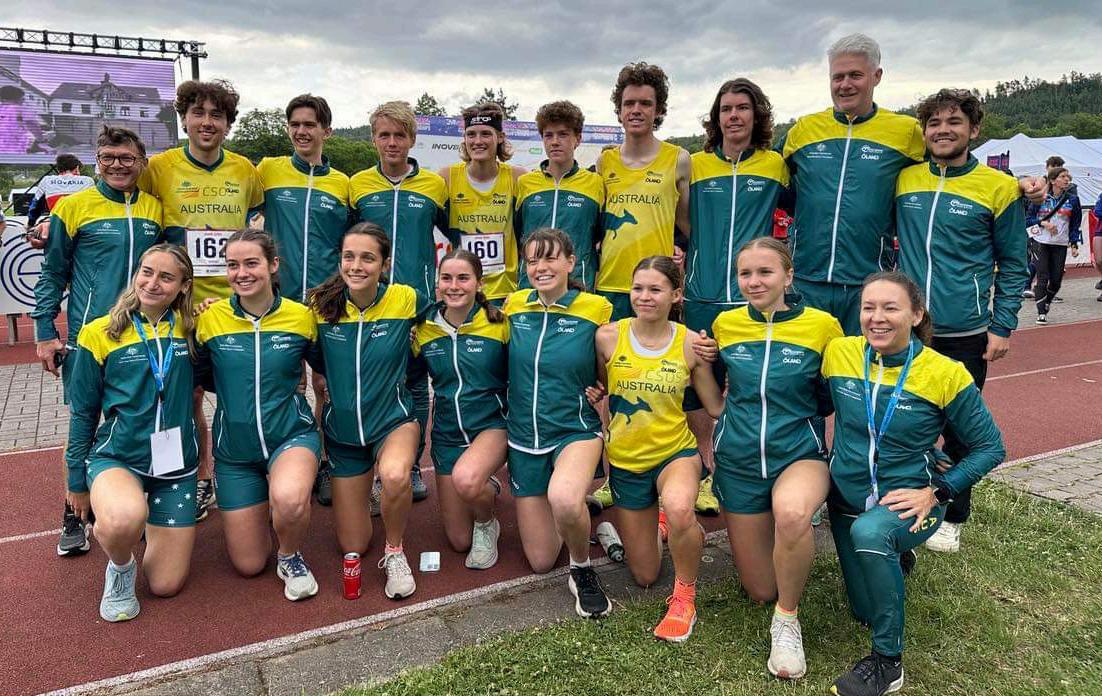
WOMEN (154 starters) – MIDDLE
65 Erika Enderby 32:34 +8:22
79 Milla Key 34:12 +10:00
97 Mikaela Gray 37:13 +13:01
Nea Shingler mp
Natalie Miller dnf
WOMEN (139 starters) - LONG
73 Nea Shingler 1:46:04 +31:16
79 Mikaela Gray 1:49:28 +34:40 84 Erika Enderby 1:51:18 +36:30 86 Milla Key 1:51:40 +36:52
87 Natalie Miller 1:51:53 +37:05
Zoe Carter dnf
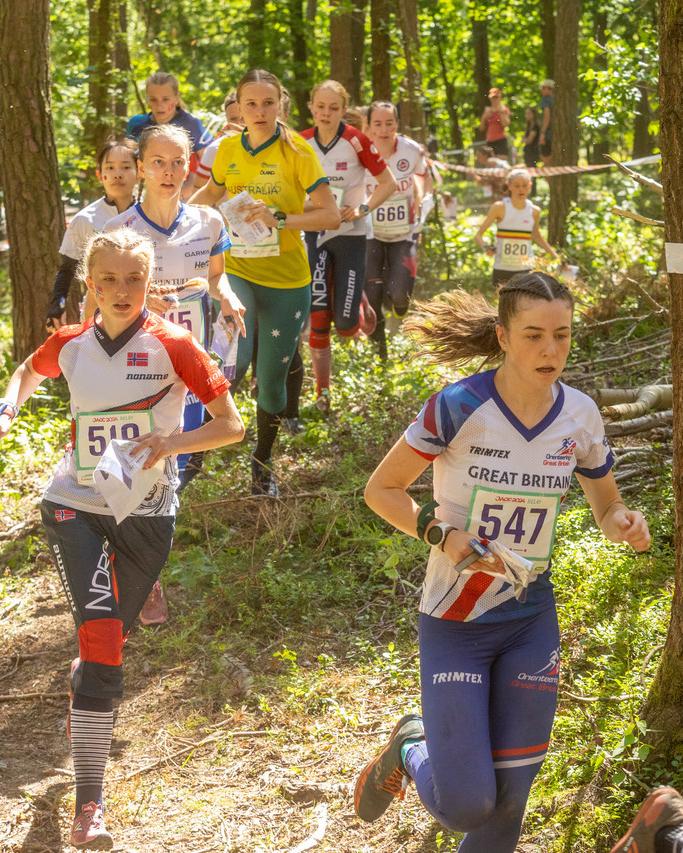
HANIA LADA
On day one of JWOC, three Australian teams competed in the sprint relay.Team Australia 1 of Milla Key, Callum White, Alvin Craig and Nea Shingler placed eighth overall! Team New Zealand 1 came 11th. On JWOC’s last day men’s relay teams of New Zealand 1 and Australia 1 had an exciting sprint finish on the final leg, with NZ ending up 1 s ahead of Australia, and AUS1 M20 team of Sam Woolford, Alvin Craig and Oskar Mella placed 13th overall. AUS1 W20 team of Nea Shingler, Milla Key and Erika Enderby were 12th overall. NZ’s best relay performance was their W20 team placing eighth overall.
Individual races
All of Australia’s top 32 individual results came in JWOC sprint, with Callum White placing 16th, Milla Key 23rd, Nea Shingler 24th and Alvin Craig 25th. Sam Woolford recorded the best performance among Australians in the individual forest races, coming 37th in the middle-distance and 42nd in the long. New Zealand celebrated great individual achievements of Zefa Fa’avae who won a silver medal in the long, and was sixth in the middle distance. Felix Hunt placed 13th in the sprint, 2 s faster than Callum White, and Kaia Joergenson was 18th in the middle, and 20th in the sprint.
Team score
Out of 38 nations that competed at JWOC 2024, New Zealand placed eighth as a team, and Australia 13th, a fantastic result for both countries and for the southern hemisphere. Switzerland earned the top spot, followed by Czechia, then Norway, Sweden, Finland and France.


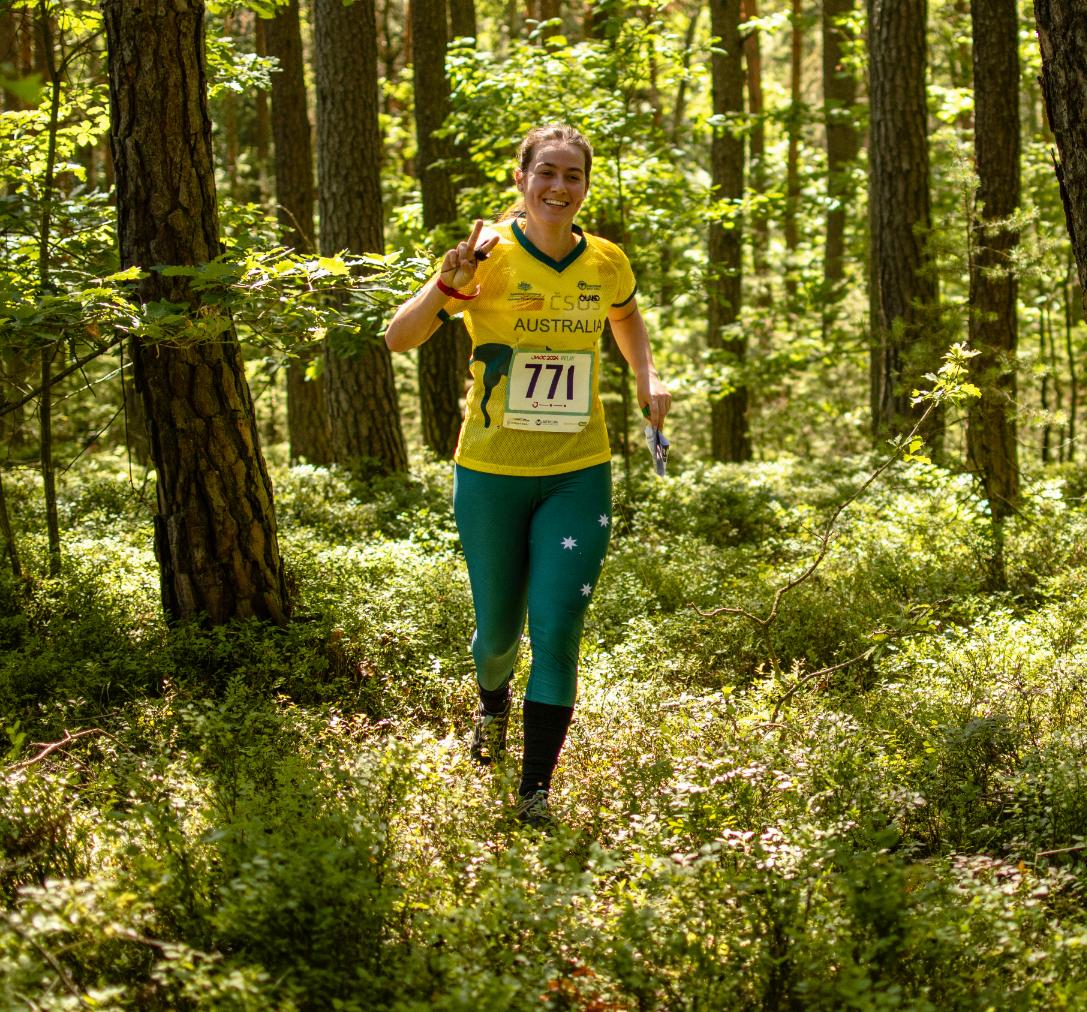
The most memorable part of the racing for me was running in the forest relay mass start with almost 50 other runners. The start was very hectic and when we got into the forest it felt like there were people everywhere, especially because the visibility in the pine forest was very high. I would absolutely recommend juniors aim for JWOC. The whole week is super fun with orienteering in cool overseas terrain and a very social atmosphere meeting people from other countries. JWOC 2025 is in Italy so be prepared for great food and great views on top of the orienteering.
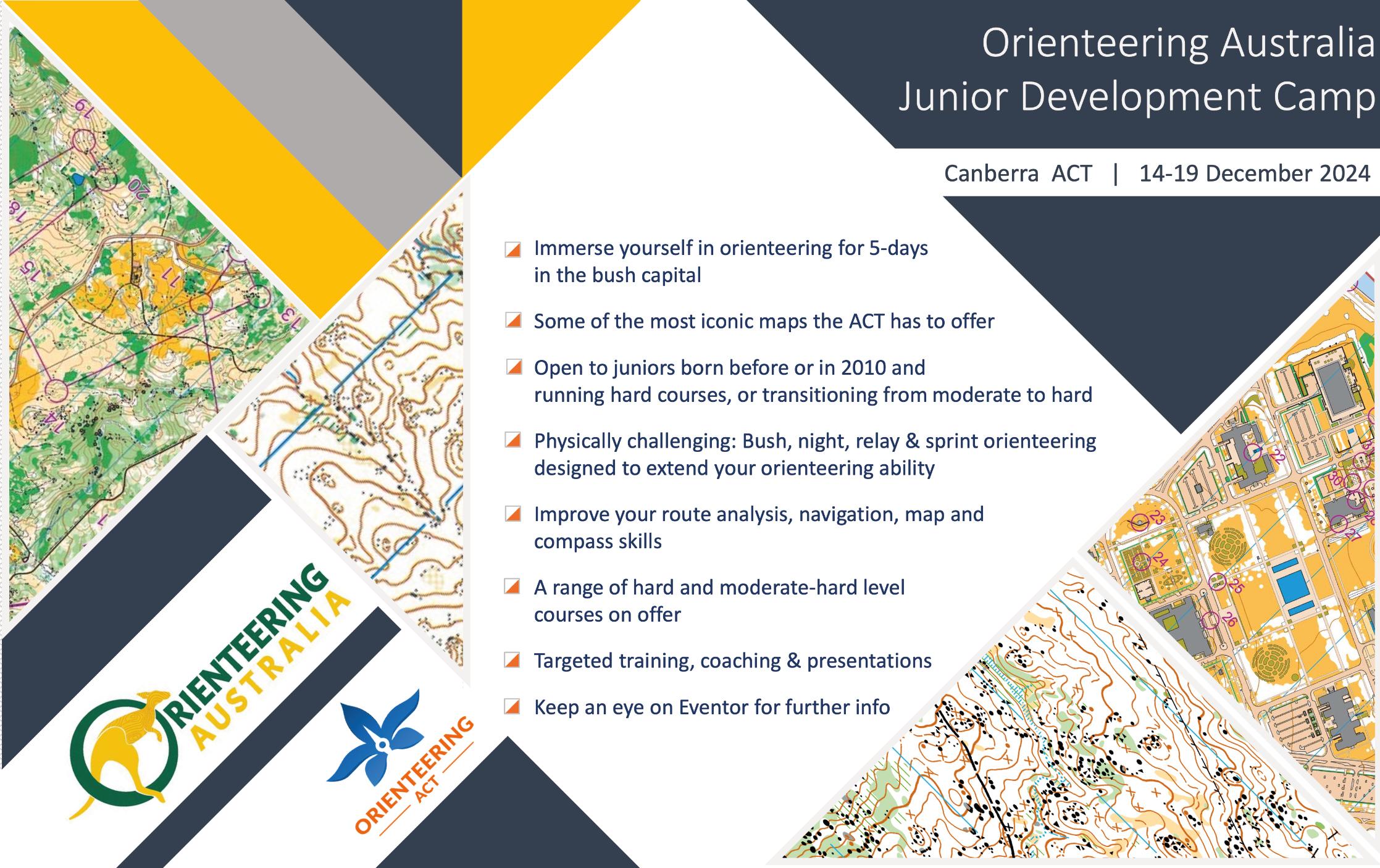



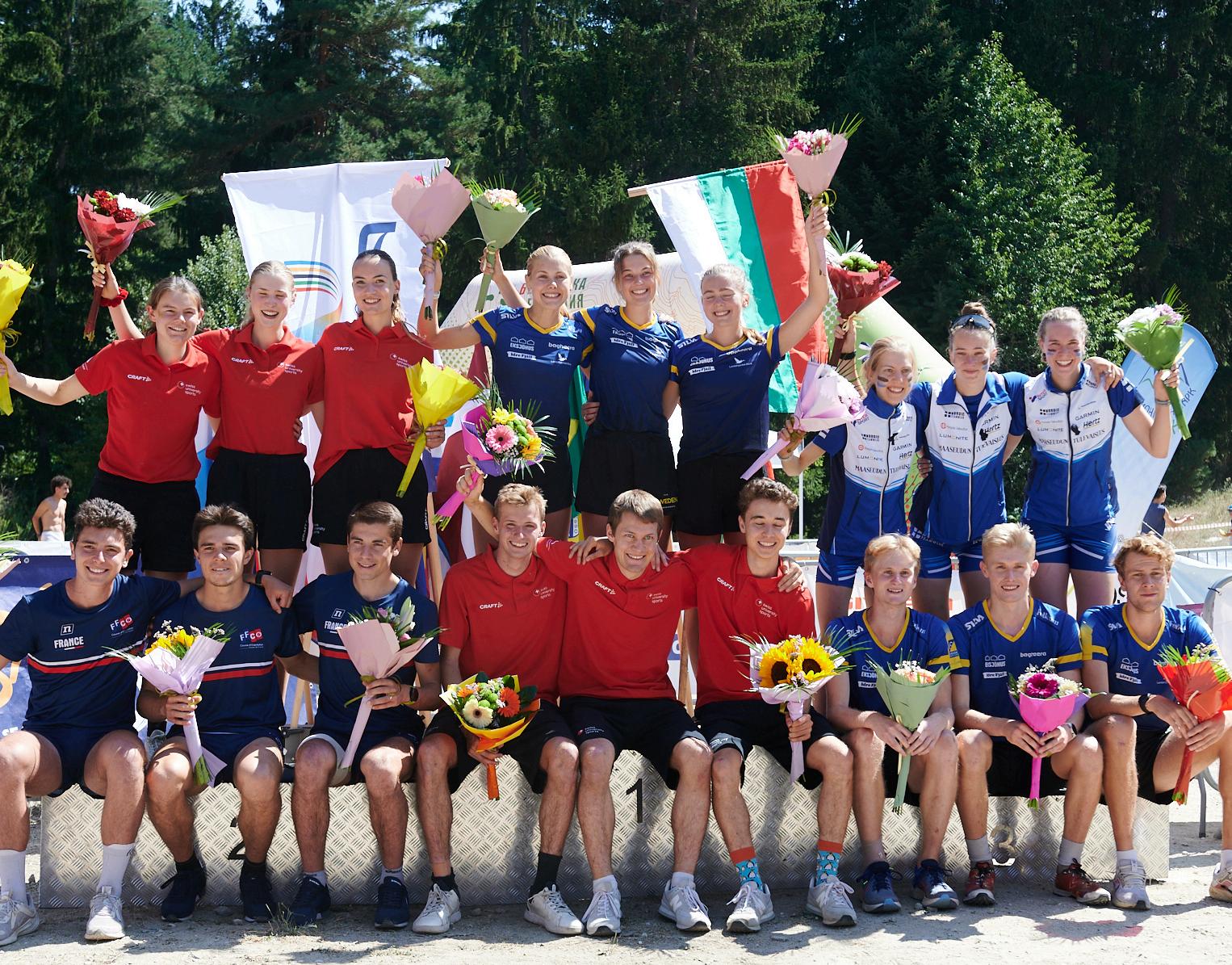


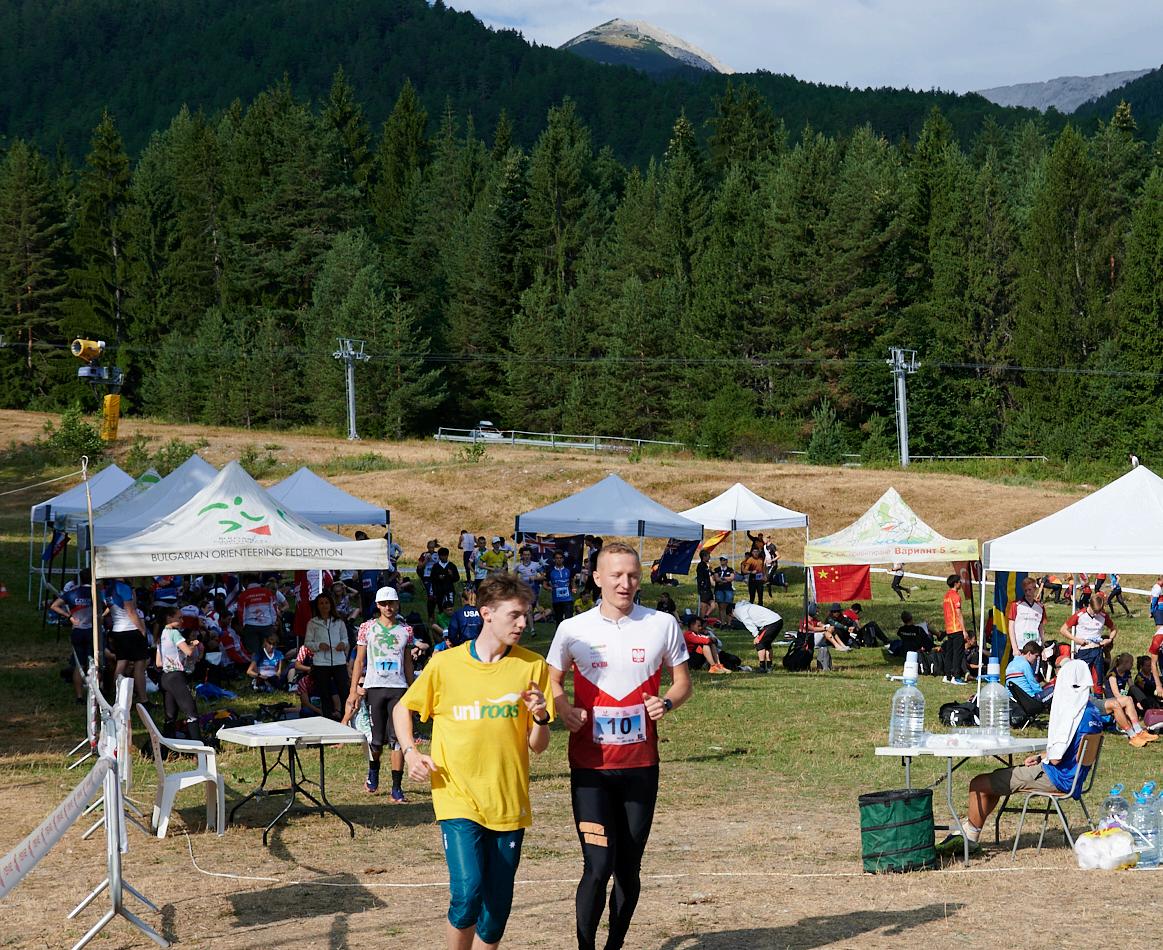


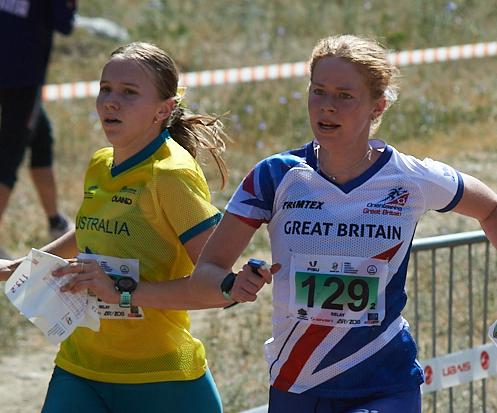





Results WUOC 2024 sprint – men
1 Gulheim Verove FRA 13:55
2 Benjamin Naslund SWE 13:57
3 Gustav Runefors SWE 13:58
29 Angus Haines AUS 15:10
44 Ewan Shingler AUS 15:30
50 Alastair George AUS 15:38
55 Leith Soden AUS 15:51
71 Callum White AUS 16:31
89 David Stocks AUS 17:28
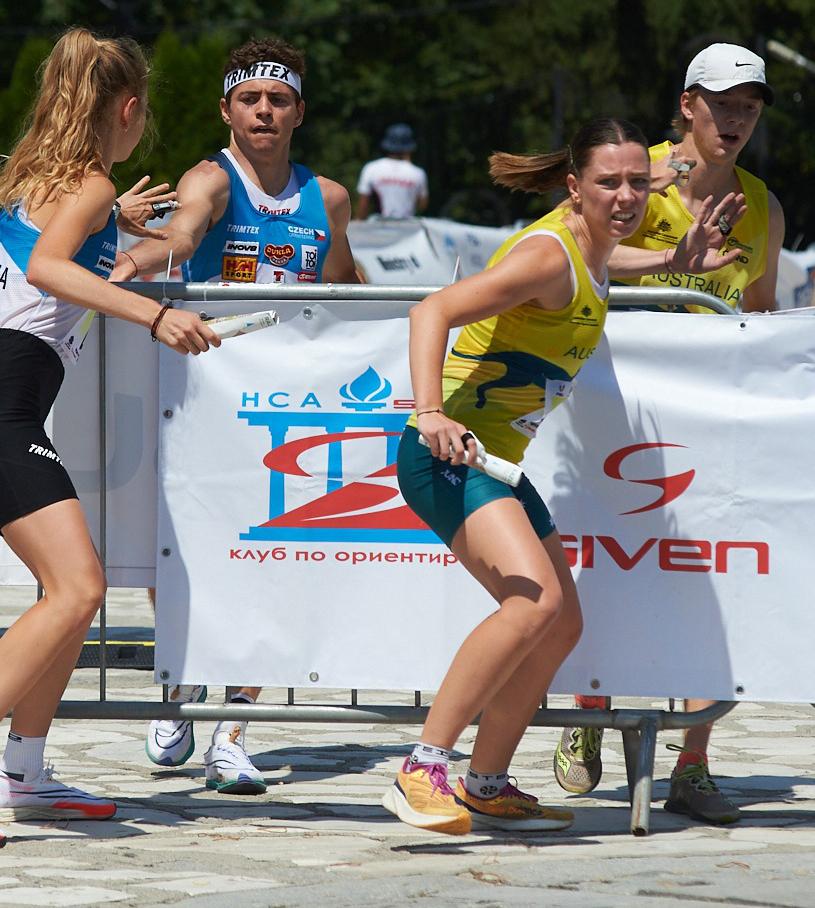
36:38 47 Julia Gannon AUS 41:03 59 Justine Hobson AUS 42:57
Mikayla Cooper AUS 50:45 88 Emily Sorensen AUS 55:34 CaitlinYoung AUS mp
Results WUOC 2024 middle – men
1 Axel Granqvist SWE 30:13 2 Quentin Moulet FRA 30:36 3 Quentin Andrieux FRA 31:19 32 Ewan Shingler AUS 34:52 42 Leith Soden AUS 35:51 55 Alastair George AUS 37:17 61 Angus Haines AUS 37:31
David Stocks AUS 39:28
Callum White AUS 53:43
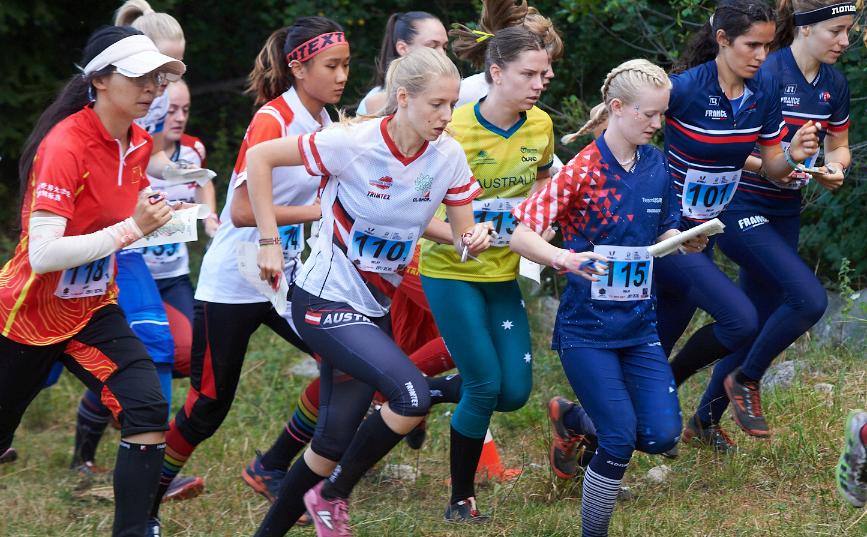
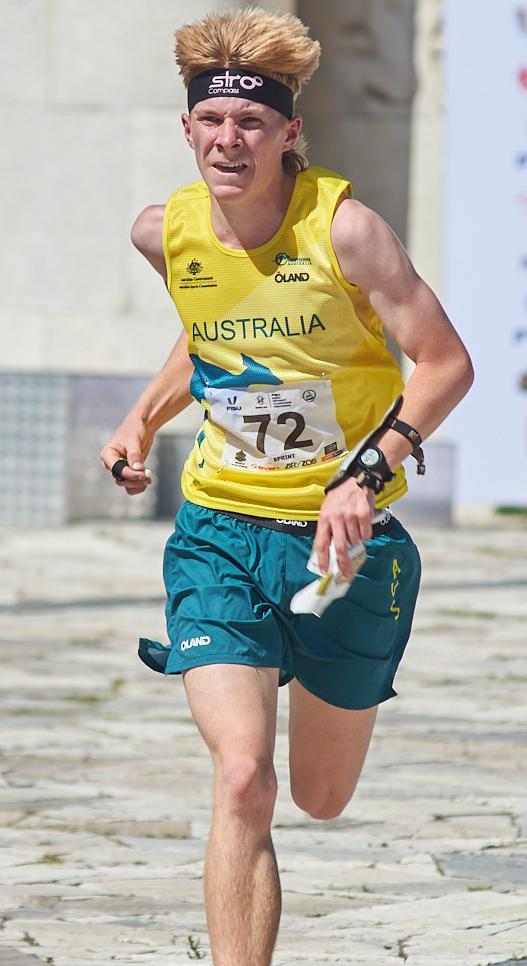


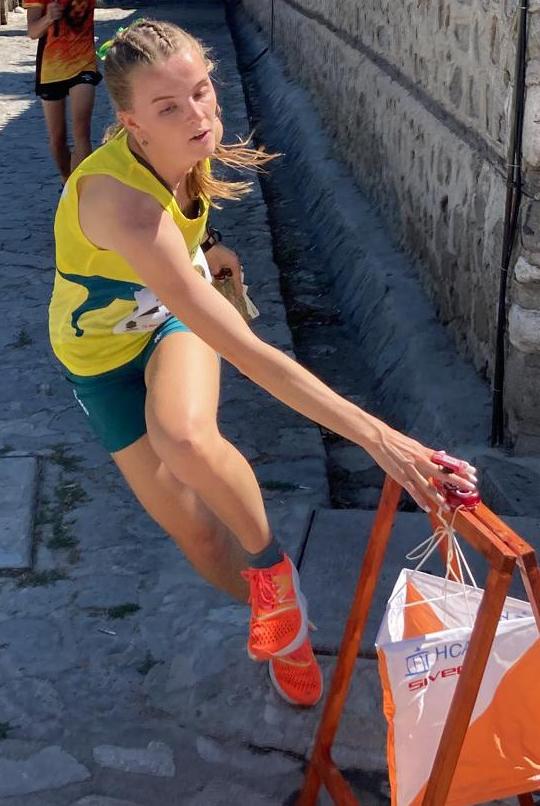
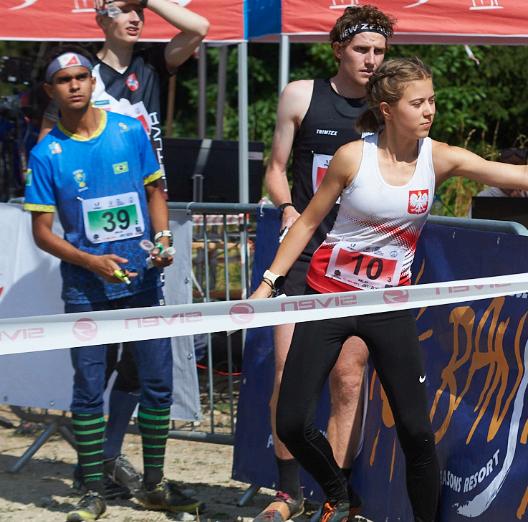
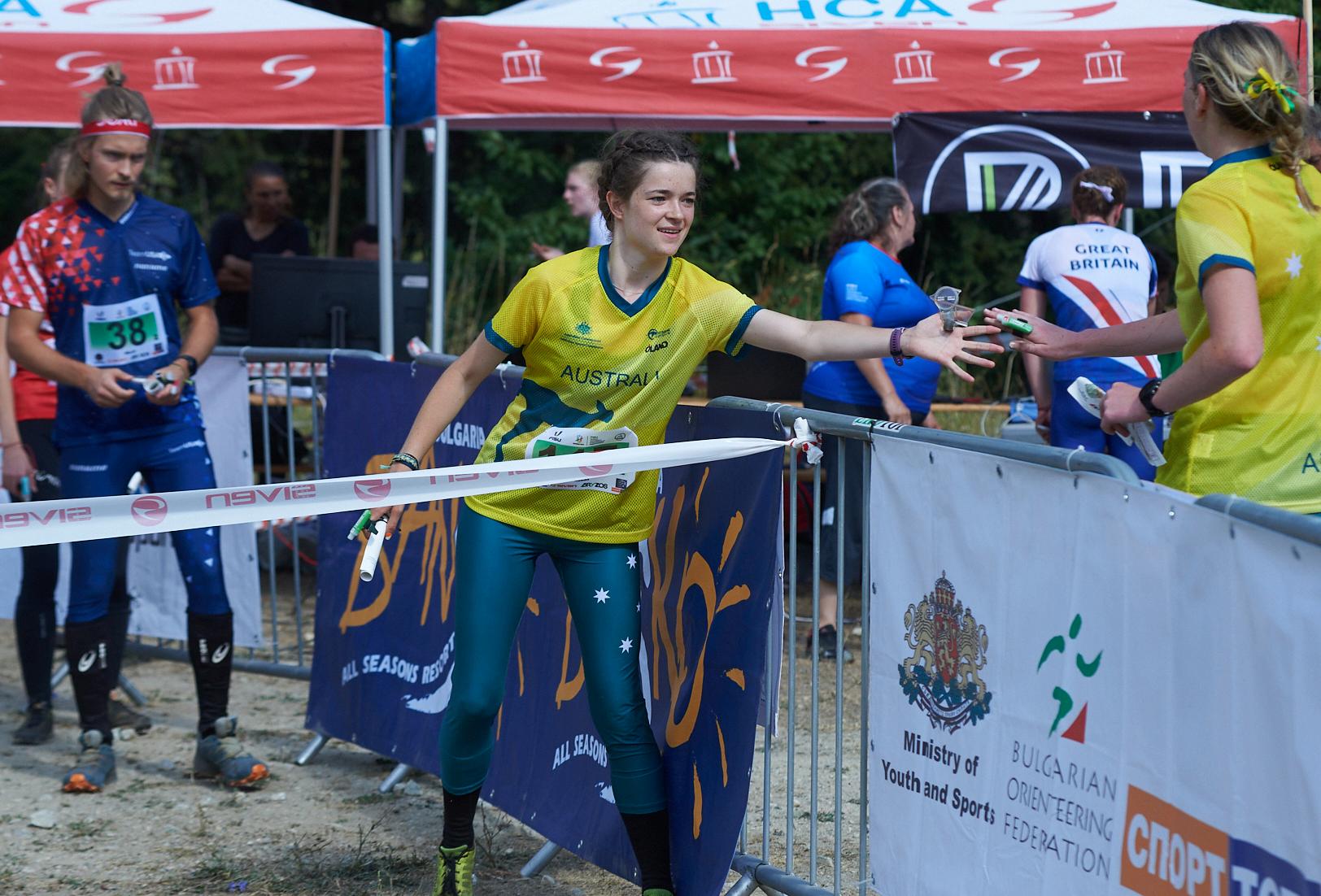

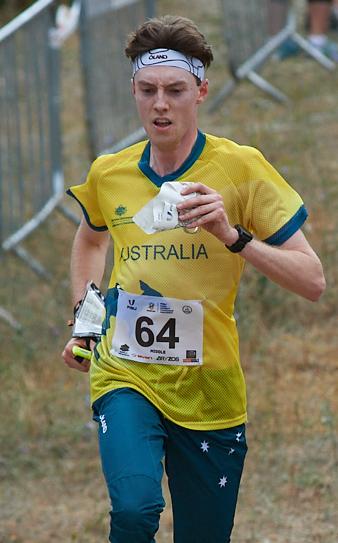

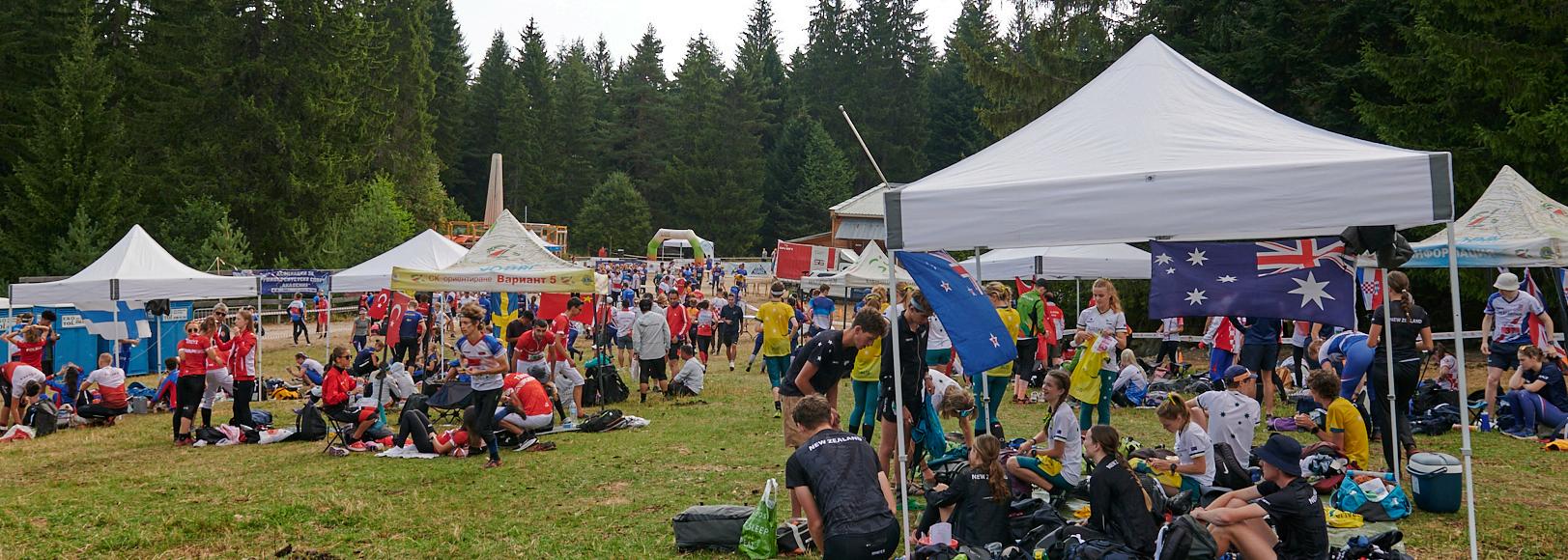


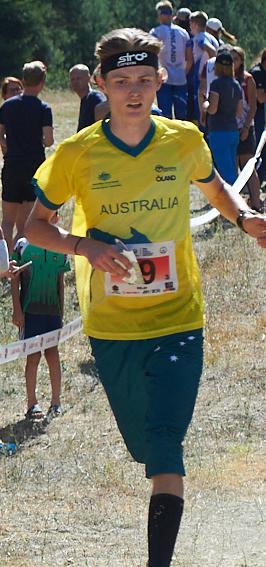

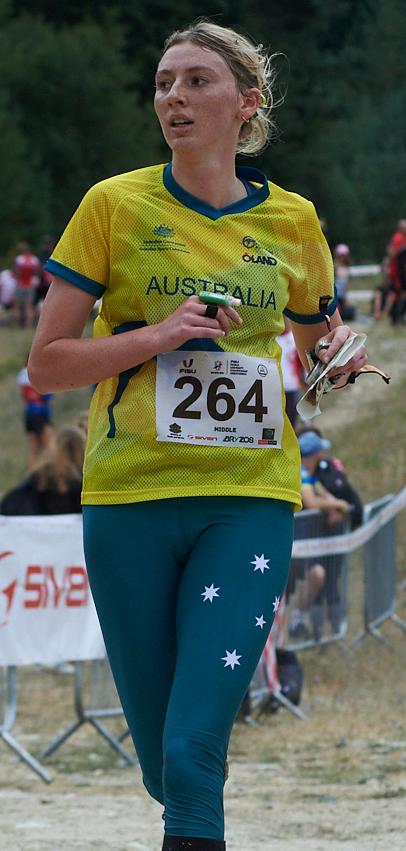



EXTRACTS FROM CONVERSATION COMPILED BY HANIA LADA
Árpád Kocsik general manager of Orienteering Australia: Thank you for taking the time. We signed a sponsorship agreement with Oland. This means we will put up your logo on our website as the national team sponsor, and you will supply us with certain amount of [orienteering gear]. And beyond that we order more packs.
Kiril: Yes, we have three orders, one to be shipped to Czech Republic [for JWOC], second one in the middle of July [for WOC], and the third one is for the University Championship, and we actually host it this year.
It all started with our grandfather, Simeon Venev, who did his best to introduce orienteering to Bulgaria and to develop the sport. Oland's brand goal has always been to deliver quality sports gear to athletes and to spread the word about orienteering (Oland means Orienteering Land).
Árpád: Does the name have anything to do with the second largest Swedish island, which is also called Öland?
Kiril: Yes, Öland is a Swedish island. It's also a play on words. Could be orienteering land, could be outdoor land. Currently our project is to expand into more casual products. We have a great idea how to spread the word about orienteering, and we will announce more soon. Wheneverwe can, we use ecofriendly materials. We try to eliminate products that have a lot of plastic packaging.

Árpád: Do you travel a lot with your work? Who delivers? I saw that if you order online you get free delivery to events.
Kiril: Yes, that's our idea that was first implemented last year. We did merchandising for a few big events in Europe. Yeah, I love to travel to those events, hopefully someday to Australia also.
Árpád: Thank you Kiril. I just wanted to present our appreciation for signing the deal with us.
Kiril: I would like to say that I know it's just the beginning of our partnership, but on behalf of the whole team, I would like to say that we're always looking to cooperate for a long term. Good luck to all Australian athletes in 2024!
EDITED EXTRACTS FROM OA FACEBOOK
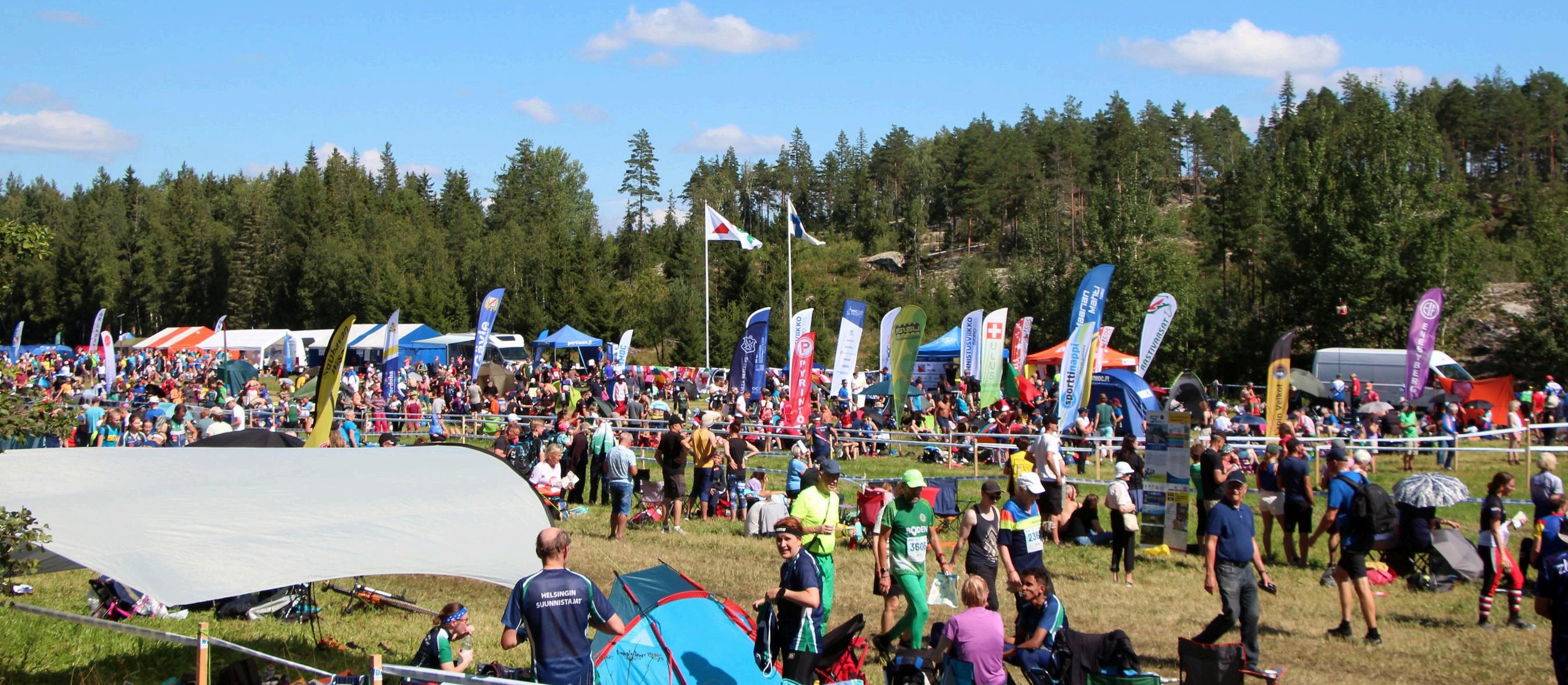
Congratulations to both ACT’s Martin Dent (M45) and VIC’s Ted van Geldermalsen (M70) on taking bronze medals in the World Masters Sprint Distance Final in Turku, Finland. Other top ten placings in sprint were achieved by VIC's Tim Hatley who came fifth in M65, WA’s Anthea Feaver with an eighth place in W65, and ACT’s Kathie Dent was eighth in W45.Top 20: TAS’s Sue Hancock in 18th place in W60, and VIC’s Bruce Arthur 20th in M50. Other A Final results included: Ann Ingwersen (ACT) 23rd in W80, Sue Key (VIC) 23rd in W70, Jean Baldwin (NSW) 26th in W80, and Paul Prudhoe (NSW) 42nd in M70.

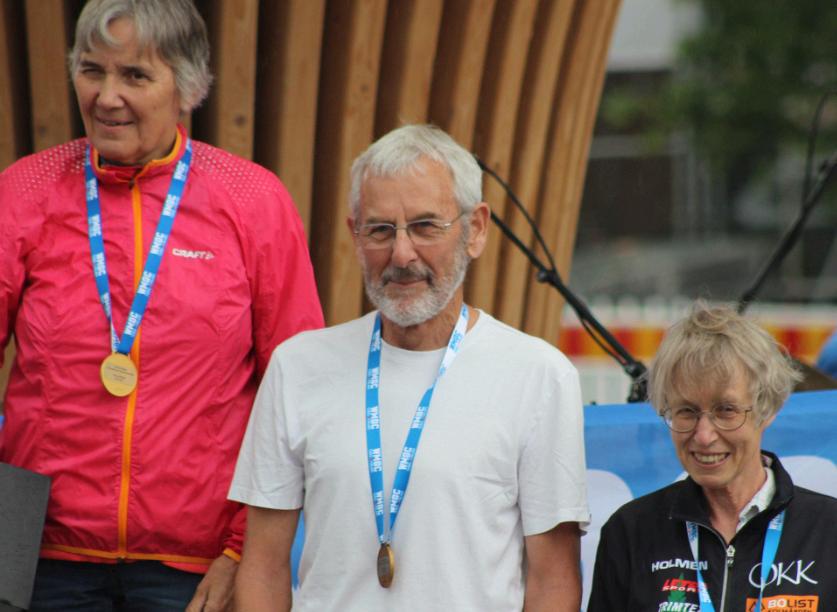
The terrain for the middle final was classically Finnish with plenty of technical orienteering.The standout results in A finals among our Australian finalists were NSW's Julian Dent in 13th place in M35, Anthea with 21st place in W65, and Sue H with 25th place in W60. Other A finalists were: Cathy McComb (TAS) 30th in W50, Bruce 48th in M50, Martin 54th in M45,Ted 56th in M70, and Kathie 57th in W45.
WMOC concluded with the long final.The day had rain and overcast conditions.The event was conducted in beautiful moss-covered forest. Backing up from their performances in the Middle Final, Anthea in W65 and Sue H in W60 both cracked the top 20 with a 19th and 20th placing, respectively. Other A finalists were Ted 39th in M70, and Cathy 65th in W50.

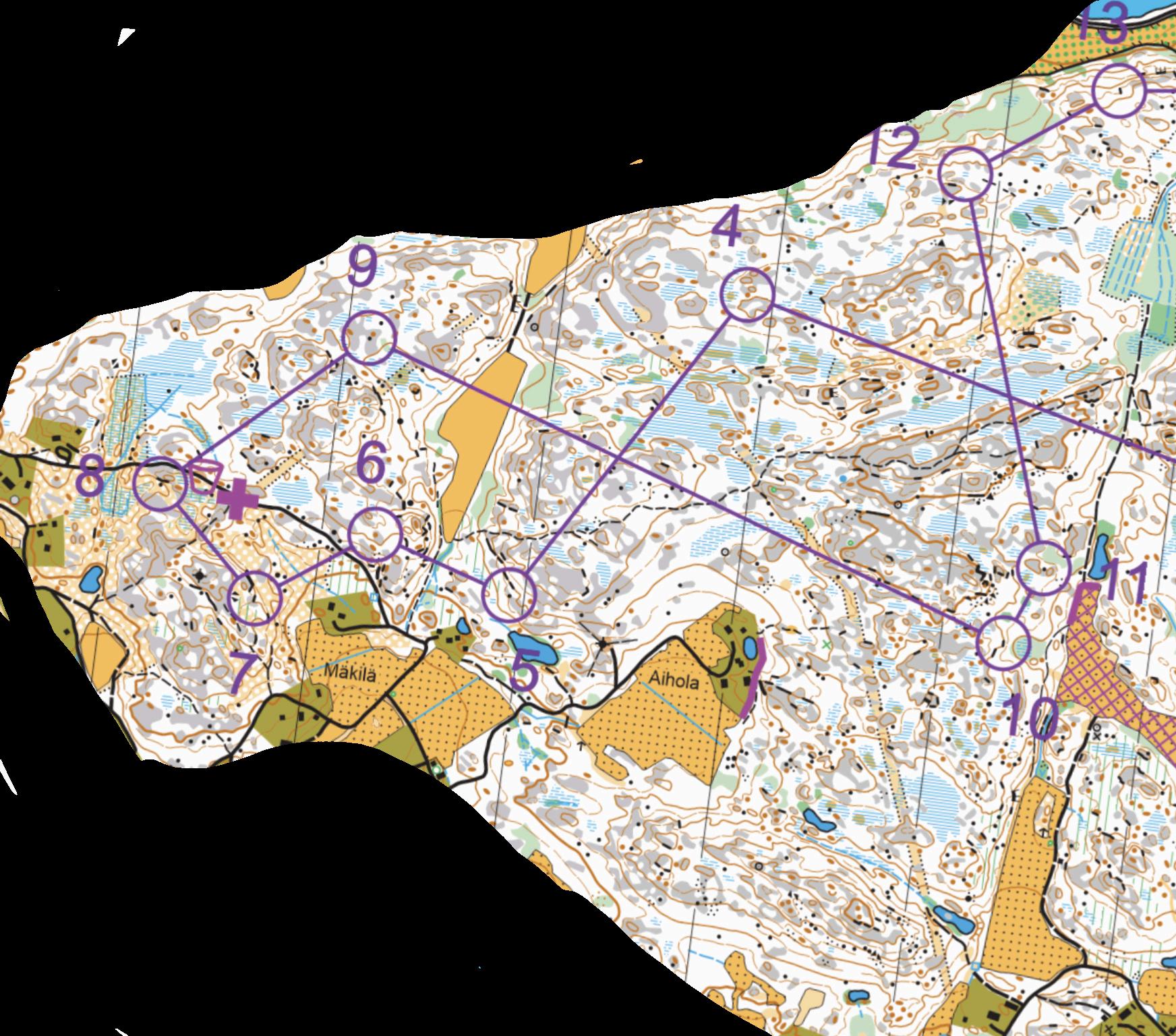
Triple gold medallists of WMOC 2024 are Swiss Simone Niggli (W45), and Fins Merja Rantanen (W40), Yvonne Gunnell (W50), Manu Mutka (M50) and Sole Nieminen (W95).
Interview with Dr German E. Clénin, Swiss Orienteering Doctor. TRANSLATED BY
Many readers cannot yet quite imagine what this is about. Can you summarise it in a few words?
Relative energy deficiency syndrome. It describes conditions in sport in which energy intake through food and drink does not keep pace with consumption. This undersupply impairs athletic training, reduces performance in competition and endangers the health of athletes.
Are there typical symptoms of RED-S? What complaints do athletes come to your consultation with?
There are no really typical symptoms. Symptoms can include: tiredness, lack of performance, lack of recovery, mood swings, drop in performance, increased susceptibility to infection, weight loss, loss of menstruation in girls, lack of motivation, etc. Are women and men equally at risk? Yes and no. Yes, because it really affects both sexes and stress reactions and bone fractures, increased susceptibility to illness, lack of recovery and drop in performance affect both women and men. No, because in the case of RED-S, the female body shuts down numerous metabolic processes due to hormone regulation when oestrogen is no longer present. This is regulated differently in men. On the other hand, men are unfortunately not very aware of the problem and as a result the number of unreported male athletes with a RED-S is high. Is the RED-S a problem in the Swiss Orienteering squad? Yes, unfortunately it is currently an issue. In principle, the RED-S issue can crop up again and again in competitive sport. But in
DAVID HOGG
Nominations are open for the Orienteering Australia (OA) service awards and the OA Hall of Fame for 2025. While nominations do not close until mid-January 2025, the coming Australian Championships carnival provides a good opportunity to discuss prospective nominations with other orienteers, and start work on their preparation.
Service Awards. The following awards are made to recognise meritorious service at the club, state associations or national/international level:
• Silva Award for Services to Orienteering
• Silva Award for Services to Orienteering Coaching
• The David Hogg Medal for Services to Event Management
• The Rob Plowright Award for Services to Mapping (a new award established in 2024 in memory of Rob Plowright).
Details of the nomination procedure and award criteria can be found in the OA Operations Guide Edition 6, Section 5.5, on the OA website. Lists of past winners can be found on the Awards page of the OA website (under ‘Get Involved’).
Hall of Fame. The OA Hall of Fame represents the highest level of peer recognition for an individual’s contribution to Australian orienteering, and consists of two divisions:
• Athlete Member. For outstanding high-level success at international senior competitions or long-term success at both senior and Masters competitions, and long-term high-level success in national competitions in Australia.
• General Member. Has demonstrated excellence and outstanding achievement in one or more roles contributing to
SUSI STRASSER
fact we observe problematic situations in waves. There is currently such a wave.
What measures have already been taken to address the problem?
Since 2010, all juniors have received the brochure ‘RED-S/ Female Athlete Triad - (not) a problem in the Swiss Orienteering squad’ as part of their sports medical examination (SPU). This approximately 20-page brochure, which was revised in 2017 and 2023, examines the problem from various angles and brings the topic to the table. Based on personal discussions at the annual sports medical examination, personal goals are also set for the risk constellation, which support and accompany the athletes individually. If it turns out that the problem is more serious, binding guidelines can also be defined. Furthermore, the support network is then expanded with regular discussions with nutritional advice and psychology.
What do you hope to see in the future regarding this problem?
That people are aware of the problem, that everyone pays careful attention to a good energy supply in sport and that they don't make jokes: ‘Oh, you know, I wanted to lose a few kilos to stand on the podium’. We all understand that you can't be super heavy if you want to be at the top. But consciously avoiding food and drink when you're already underweight is a no-go. Firstly, you're doing lasting and perhaps irreversible damage to your health, and secondly, you run the risk of suddenly spiralling downwards and ending up in hospital with anorexia.
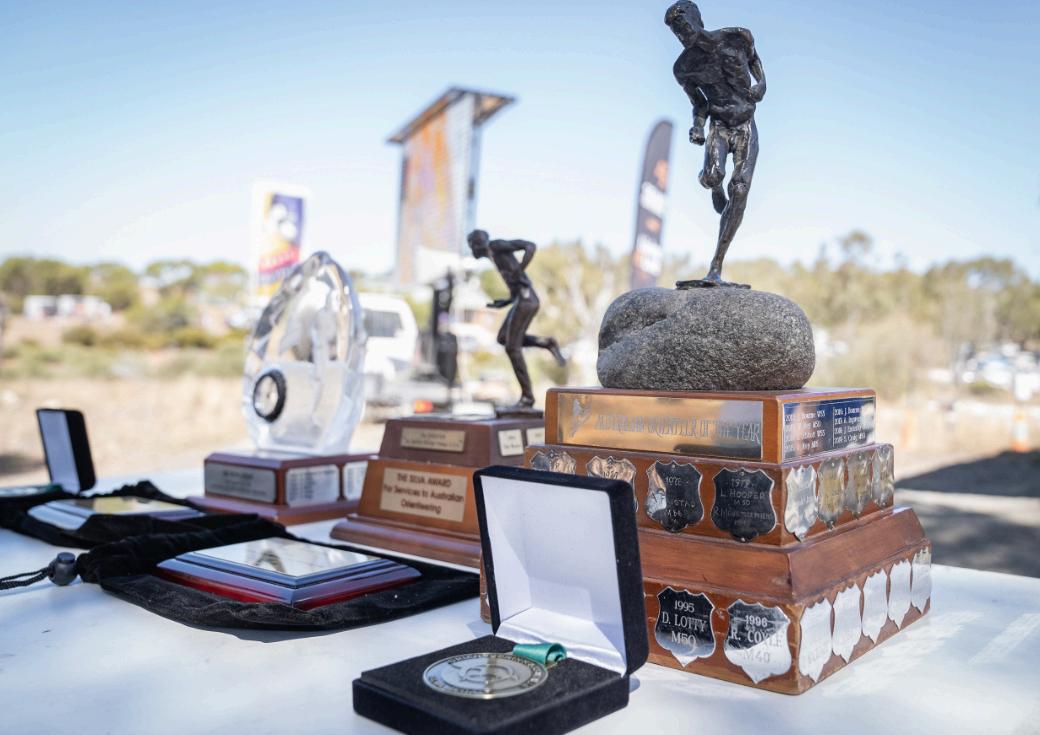
the development and/or advancement of orienteering nationally and/or internationally.
Details of the nomination procedure and award criteria can be found in the OA Operations Guide Edition 6, Section 5.6, on the OA website. Previously Hall of Fame nominations could be made by any individual but, in March 2024, the nomination procedure was amended to require all nominations to be endorsed by the nominator’s member state or territory, with a limit of one General Member and one Athlete Member in a given calendar year. Member states or territories may nominate someone who is not a current member of that state/territory. Existing Hall of Fame inductees are listed on the Hall of Fame page of the OA website (under ‘Get Involved’).
Further Information and advice about the above awards and Hall of Fame is available by contacting the Manager, National Awards, David Hogg, at dhogg1943@gmail.com







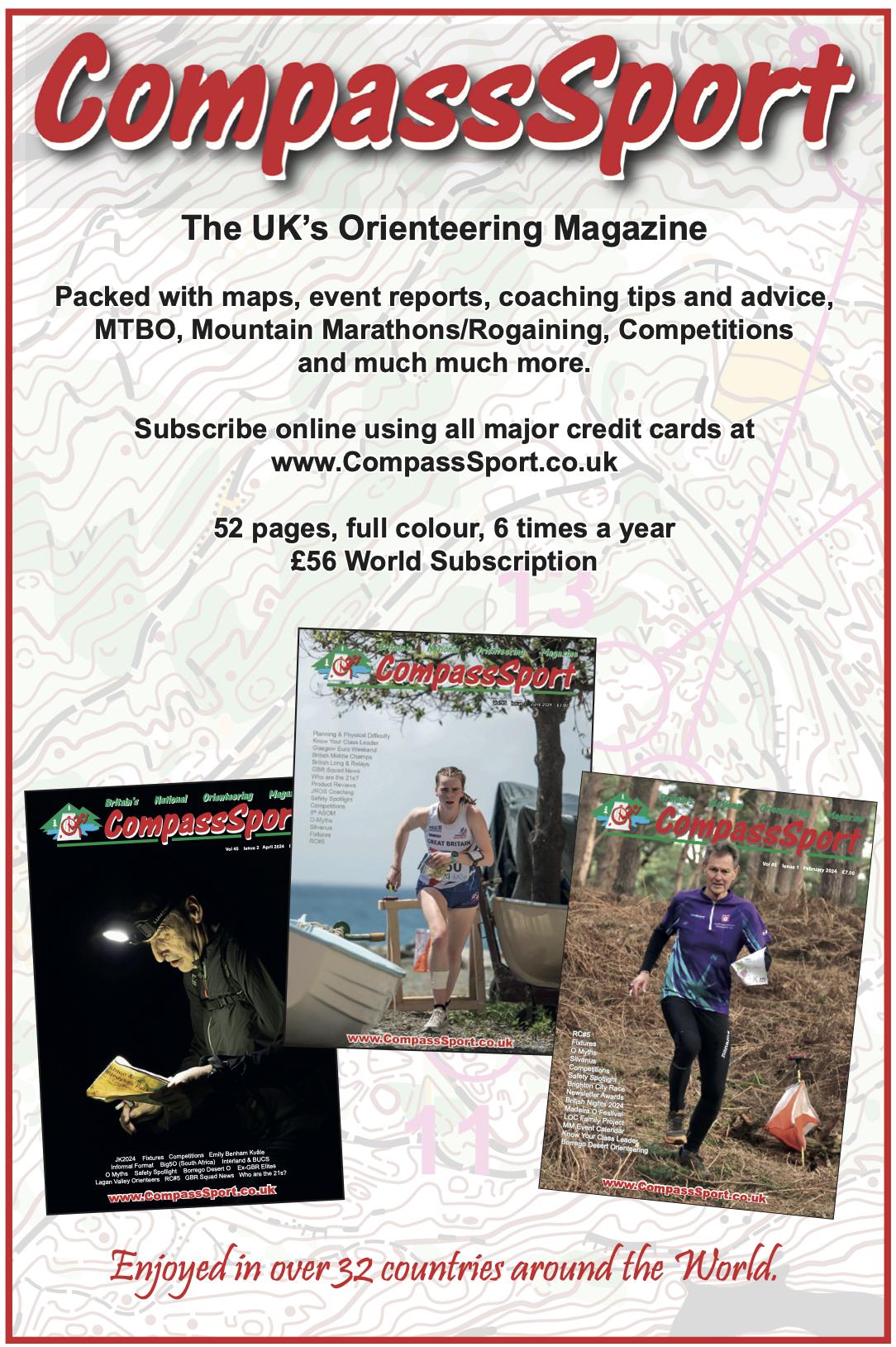

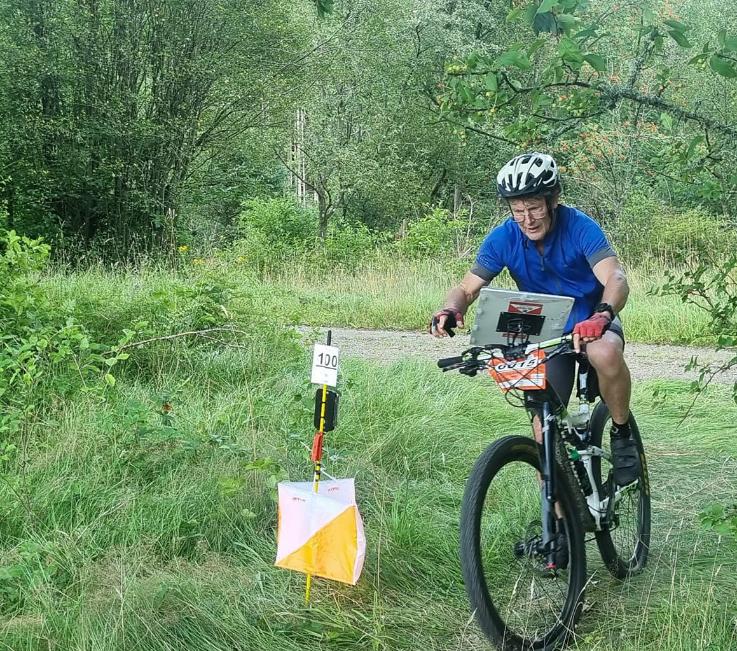





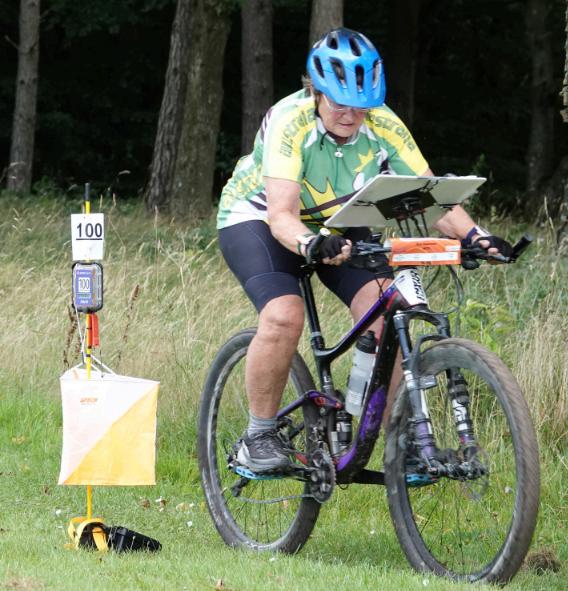

The first event of the World Masters MTBO Champs 2024 was held in Denmark on the extremely complex Ebeltoft Plantage map.There were over 400 participants, the best ever, despite the clash with the Foot O Masters in Finland.
Four Aussies and eight Kiwis were participating. Aus results in the mass start event: Kay Haarsma third in W70,Tash Thackray sixth in W35, Ricky Thackray ninth in M45, Ben Coetzer 41st in M60 (huge field). Best Kiwi results: Rob Garden first in M75, Marquita Gelderman second in W55, Rachel Drew sixth in W45, Liam Drew 15th in M50, Greg Barbour 18th in M60.
Middle Distance Champs were at Hjermind Skov, near Viborg. Fine weather, nice area and a 6 km flat ride to a remote start. Ride of the day for Aus was Ricky’s fourth place in the tough M45 class, just 6 s behind. Kay gained another bronze but had two major stuff ups on course, including going 90° the wrong direction out of the start triangle, as did quite a few others.Tash was seventh, and Ben 46th. Kiwi Rob again won M75, Marquita took a second silver in W55, albeit with just a 19 s deficit to the winner. Liam was a fine ninth, while Rachel dnf'ed with a flat tyre. Nick Collins was 16th in M60.
World Masters MTBO Sprint event was at Undallslund, on the outskirts of Viborg. Heavy rain overnight and through the event saw riders having a bit of a mudfest. Most of the single tracks had a gravel base, so were quite rideable. Kay had a reasonable ride for a close fourth,Tash was sixth, Ricky 11th, and Ben 40th. Marquita and Rob again took the down-under honours with silver medals to both. Marquita's deficit was just 8 s to Swede Helena Svensson. Other good Kiwi results were Liam (11th but just 4 min down) and Rachel also was 11th but 11 min down. Greg Barbour a fine 18th in the huge M60 class.
Masters MTBO Champs concluded with the long champs 80 km from Viborg. Again another brilliant area and organisation. Although there were long legs, the controls were often sited in a technical area making good navigation essential. Ricky again rode well for seventh, while Tash had the misfortune to break a spoke early on. Ben did well for 33rd in M60. Kay again gained a bronze, somewhat hampered by a torn calf.The Kiwi duo of Rob and


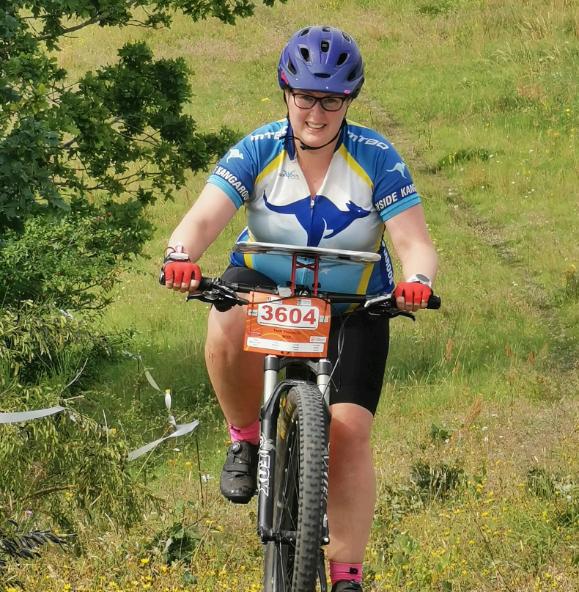

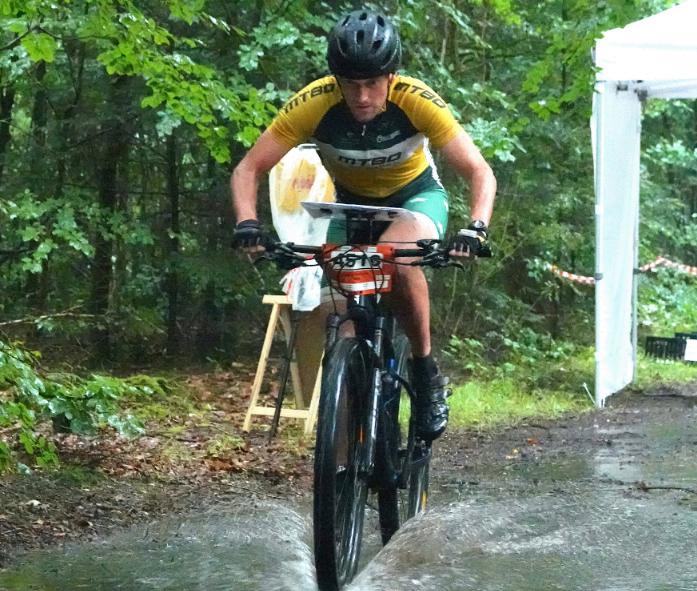

Marquita continued their impressive form with another gold (by 6 min) to Rob, and the fourth silver for Marquita. Rachel attained an impressive fifth in W45, while Liam was 11th in M50.
Those contemplating the 2025 event should practice their Spanish. It's early in the year – April-May.
Arevision of the International Specifications for MTB Orienteering Maps (ISMTBOM) was published in April 2024 – ISMTBOM 2022 Rev 3. This revision includes some changes to improve legibility, some corrections and clarifications, and three new symbols as shown below.

This new symbol shows the continuing point after a map change or flip, and will help to distinguish between the event start and a “restart” after a map switch. This symbol is also used in Foot and Ski Orienteering.
The second new symbol is to illustrate wide gravel (or other unpaved) roads, something that we find on many Australian MTBO maps. The current symbol 815 Track: fast riding does not lend itself to scaling, and so does not represent the difference between a fast track and a much larger two-way gravel road.
The new symbol 502.1 Unpaved road is very similar to the current symbol 502 Paved road but instead of a solid black border, the border is dashed:


The third new symbol 501.4 Unpaved area, is similar to the unpaved road symbol and introduces a way to distinguish rideable paved and unpaved areas.
The complete list of changes in this Revision 3 are listed in the
MARINA ISKHAKOVA, RED ROOS, EVENT DIRECTOR, 2024 AUSTRALIAN MTBO CARNIVAL & CHAMPIONSHIPS
Every week we are getting a question: ‘Can I take part in the Australian MTBO Carnival if I’m a foot orienteer but never tried MTBO before?’. Our answer, is 'Yes, absolutely!’
This year’s Australian Mountain Bike Orienteering Carnival in Canberra 17-20 October 2024 is super family, kids and beginners friendly. We will have many beginner classes with shorter and simpler courses, allowing everyone to try MTBO and enjoy the experience. Based on many requests, we are providing 10 key tips for foot orienteers who decided to embark on a MTBO adventure.
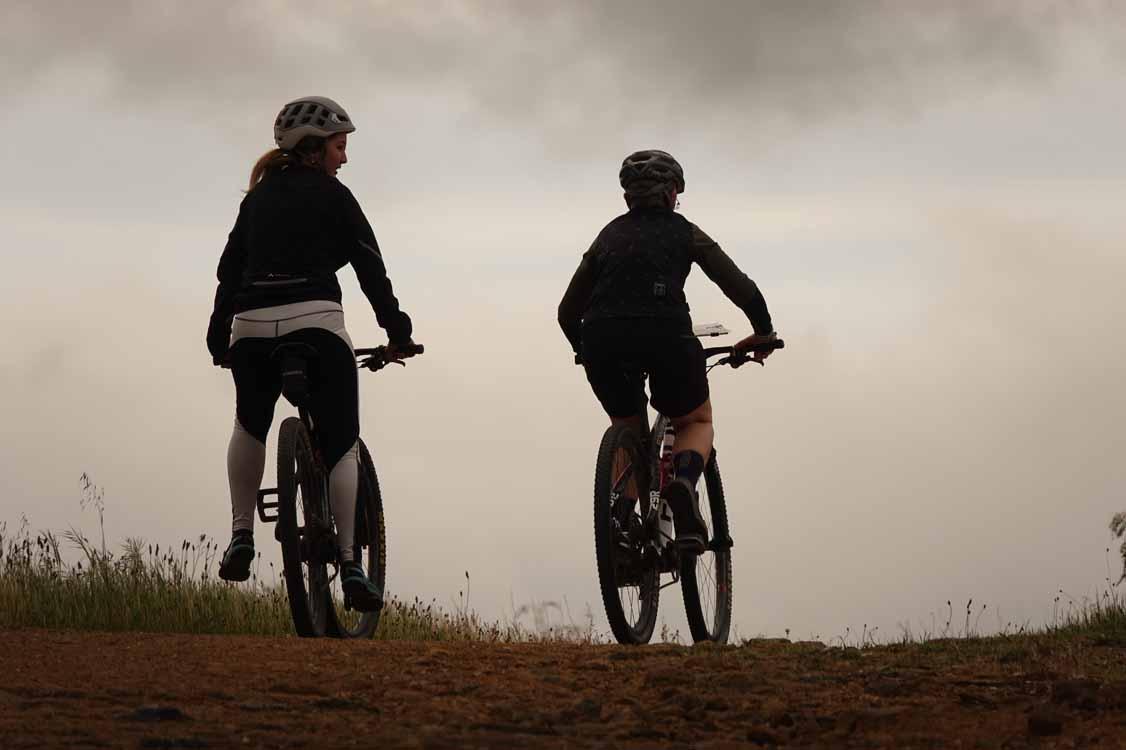
1. Secure a mountain bike.
If you don't own a bike, we are working with several hiring companies in Canberra that will hire out bikes to our participants (their details will be provided in the bulletin). For these events, you can't use a road bike or a city bike; at minimum you need a simple mountain bike or gravel bike. You can also use an electric bike, and we will have separate classes for eBikes, which are becoming more popular.
2. Map board, helmet, compass, and SI-Air.
A helmet is mandatory and must be worn for each event; bike hiring companies will hire out helmets along with the bikes. You also need a map board attached to the handle bar (for convenient map reading, recommended), a compass (recommended), and SI-Air (mandatory as MTBO uses SI-Aironly-punch units with 1.5-m range). Map boards and SI-Air are available for hire and can be included in your registration on Eventor as an extra service or purchased from O-Suppliers directly before the Carnival.
3. One day or all days?
You are welcome to participate in just one event or thoroughly enjoy all five Carnival events. Each event has separate results, and they are not combined. The Sprint event is the shortest event to start with, while the Middle event is the most technically challenging in terms of map and course complexity. The Long event challenges physically, but is simpler in terms of navigation. The Mass Start event is the most nerve-wracking and exciting. We will have eight carnival classes at each event, providing simpler and more fun courses for each format. So just try it!
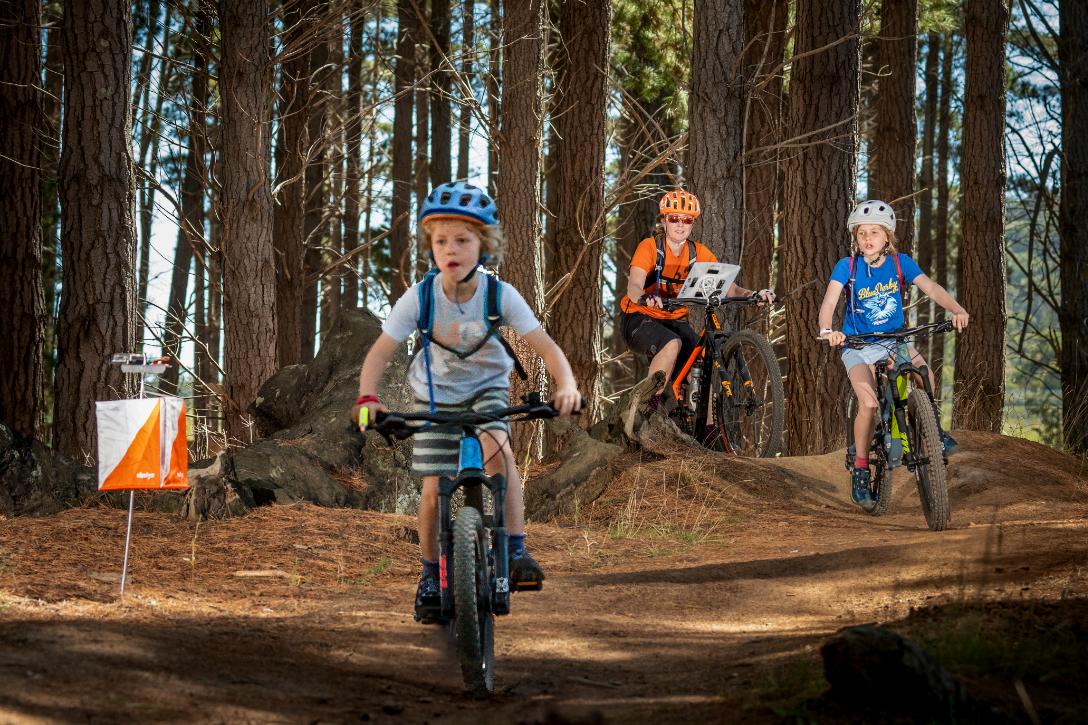
4. Solo or pairs?
You are welcome to participate solo or in pairs. All championship classes allow only solo participants, but in carnival classes, we invite people to start together and race as a pair or team—with your kids, parents, partners, friends, colleagues, or other MTBOers you meet on a day.
5. How can I practise more MTBO beforehand?
This is a really good question! In each state, you will find several scheduled MTBO events between September and October. Take part in them. The Victorian MTBO Championships, Queensland MTBO Championships and NSW MTBO Championships are all scheduled before October 17-20, so take advantage of this terrific opportunity to try MTBO and come to the Carnival even more prepared!
6. What if I'm bad on a bike but want to try MTBO?
That’s not a problem! We recommend that you start practising mountain bike riding in your local MTB parks and simple single tracks. When you feel more confident on a bike, turn to a local MTBO event and start challenging yourself by adding mapreading and navigation tasks on a go. But most of all, just try it!

7. What if I'm excellent on a bike but struggle with map reading in foot-O?
No need to worry! MTBO maps are simpler and, if riding at moderate speeds with many stops, are easier and faster for beginners to learn. All controls are located on roads or trails, so you don't have to understand everything off-track. It is much easier to negotiate a road network rather than a complex terrain. You may find that you enjoy MTBO even more than Foot-O. At higher speeds and at higher international levels, MTBO map reading becomes very complex and intense.
8. Do you welcome foot orienteers and beginners?
Yes, absolutely! The Australian MTBO Carnival warmly welcomes all foot orienteers and beginners to the sport! We see foot-O and MTBO as complementary sports that can coexist, allowing individuals to practise and improve in both sports simultaneously, while enjoying more variety, diversity, and adventurous spirit!
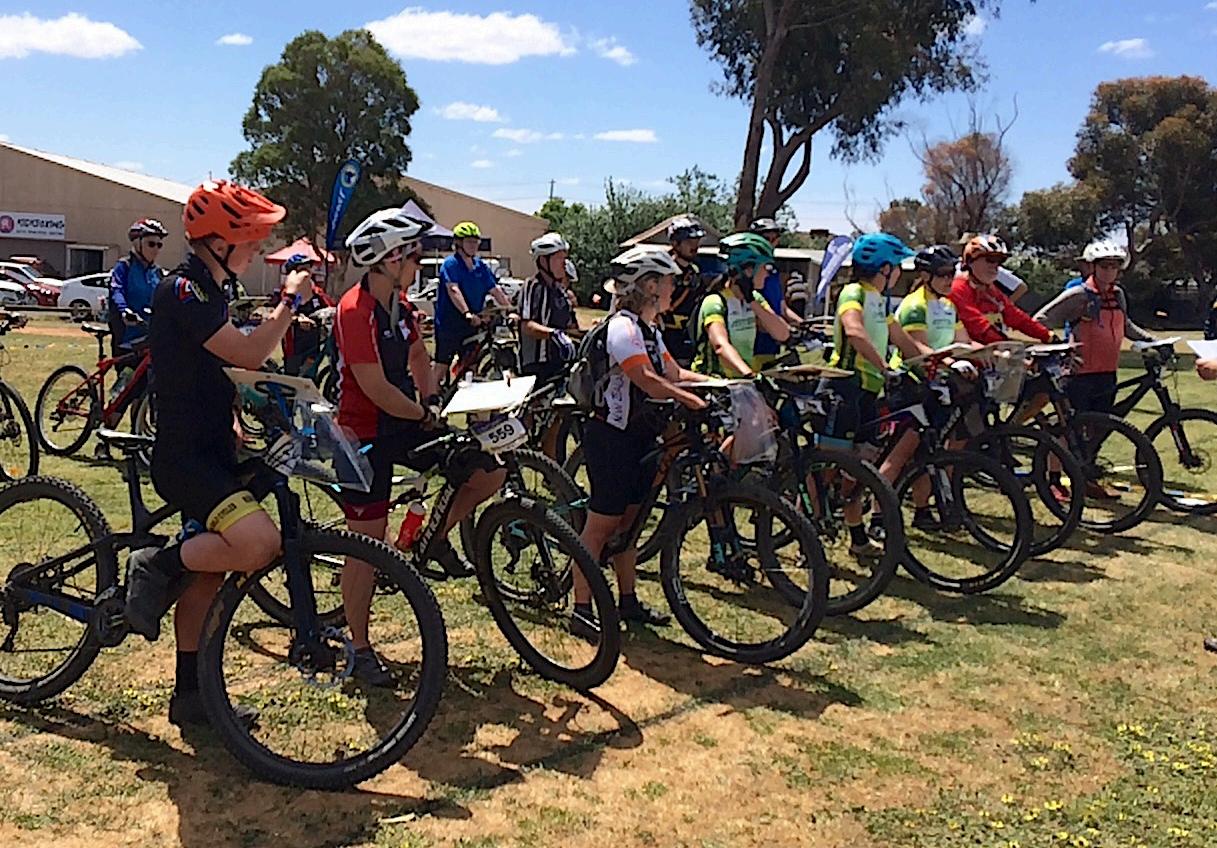

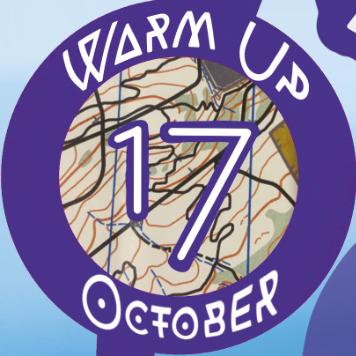
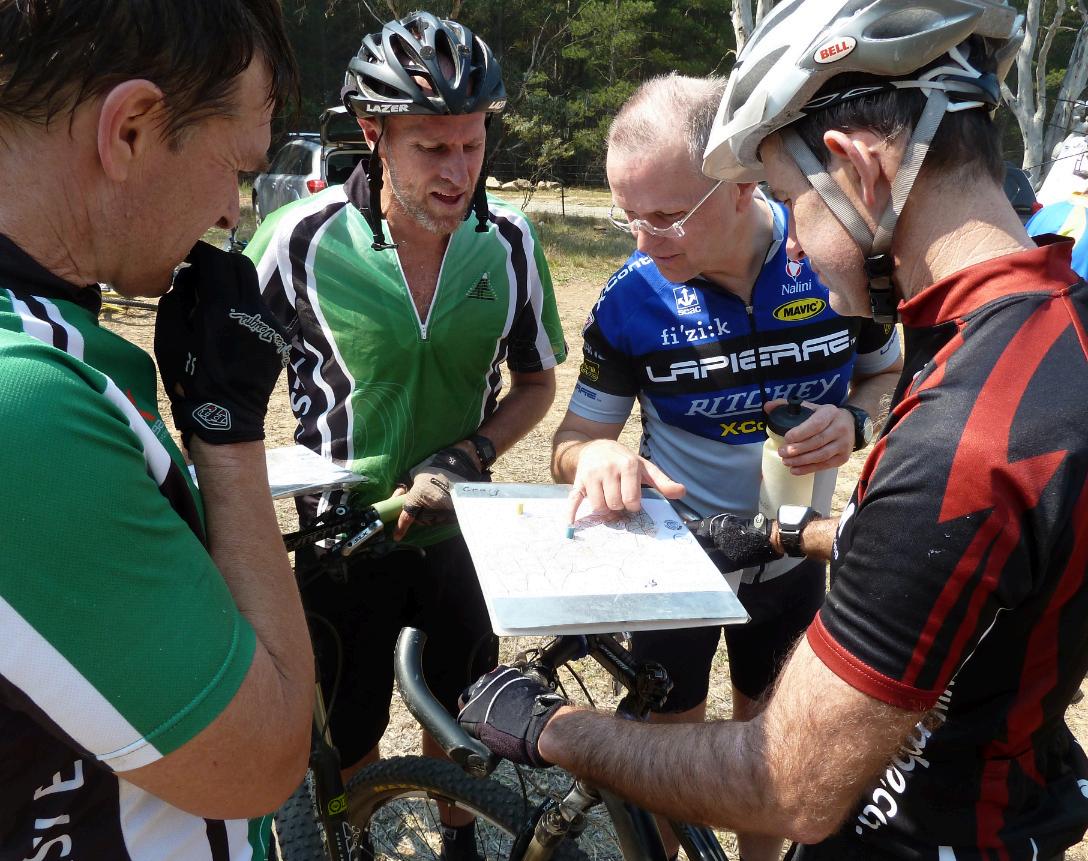
9. What if I enjoy MTBO and want to continue?
That's excellent! It's highly probable that this will be the case. We have around 6-10 MTBO events a year in each state—ACT, NSW, VIC, QLD, WA (about 40-50 events a year Australiawide)—and an annual Australian National MTBO Championship. So, you will be warmly welcomed at each of these events!
10. What happens when after reading these tips, I'm pumped and really want to give MTBO a try?

Excellent! We are thrilled ! Go to the Eventor page of the Australian Mountain Bike Orienteering Carnival & Championships in Canberra, 17-20 October 2024, choose the events, register, and read points 5 and 9 again. And we will be very glad to see you in Canberra soon!
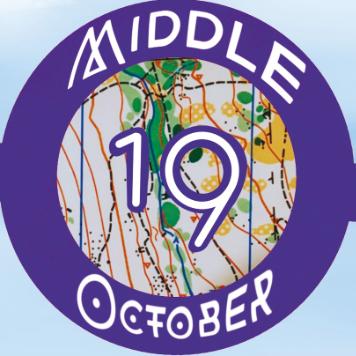


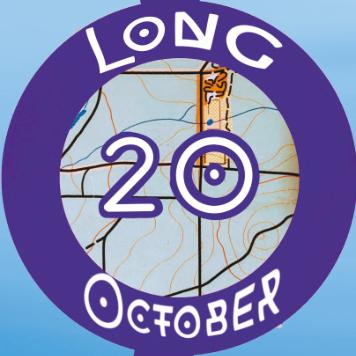
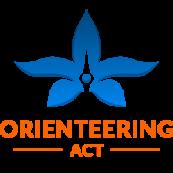


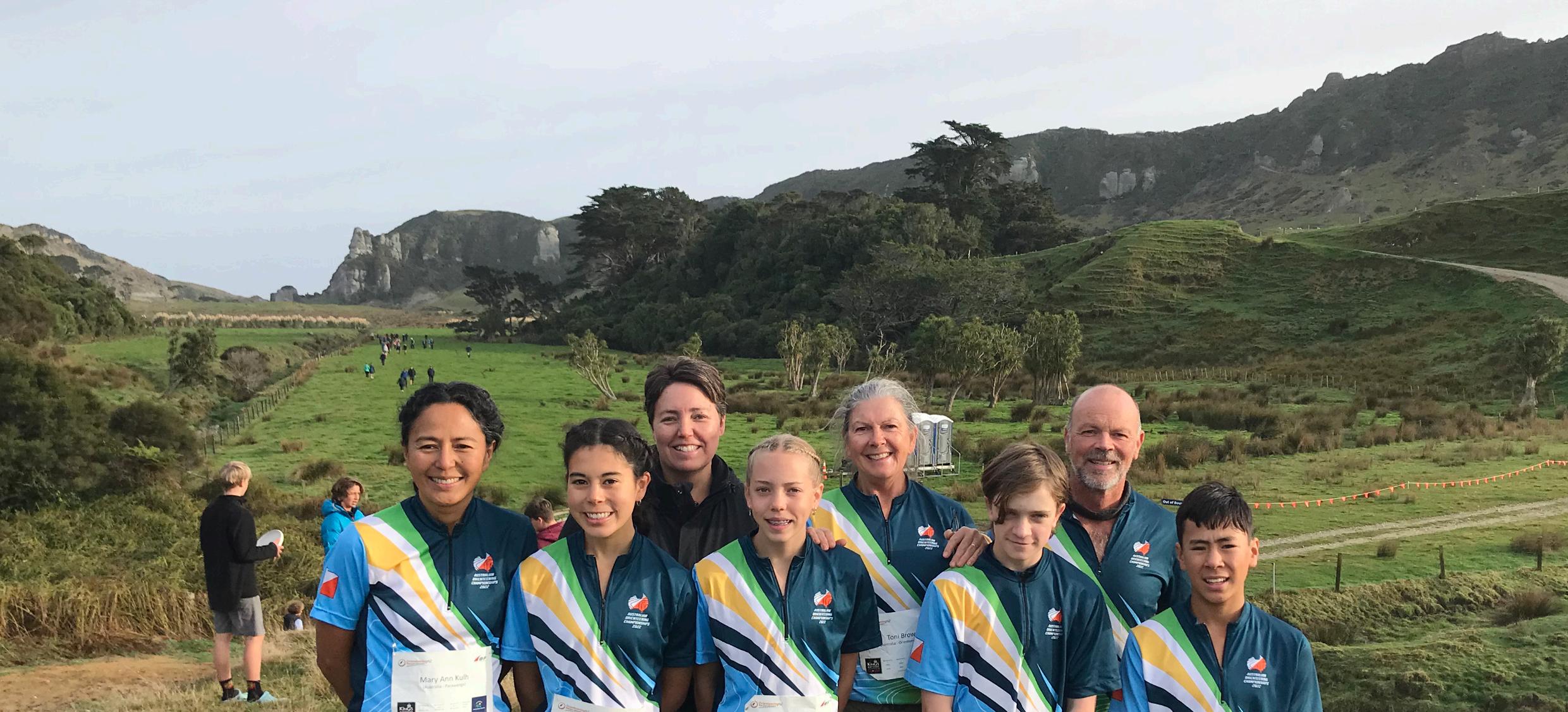
TONI BROWN

Every year since 2016 Aussie junior orienteers have been invited to join a group to travel to New Zealand and compete in the NZ Monarch’s (Queen’s/King’s) Birthday events in early June. Interest in this tour varies from year to year. What doesn’t vary is the wealth of experience gained from this dive across the ditch. In 2023 OA offered its endorsement for this tour.This endorsement recognises the value of a junior tour of this nature. Where else can aspiring juniors experience terrains on par with those in Europe, and for less than a quarter of the price!
We operate a very noisy pre-start – NZ KB Tour planning starts with flyers, posts and news items circulating from January each year. The New Zealand KB is always the weekend before the Australian KB3 weekend. For juniors with an eye on representing Australia in green and gold, this tour is one to build into any training plan. Participants are required to self-fund all aspects of the tour, hence early notice to allow for fundraising time! And the first international tour on a manageable budget is one not to be missed.
There are NO Enter-on-Day options for this tour. Interested athletes start by submitting an expression of interest.This includes parental consent as well as a training plan. Acceptance to the tour is not based on performance but rather commitment to self-improve. Once accepted, athletes purchase flights (the earlier the cheaper), insurance, enter events and keep on training. Events are entered through the NZ entries system events@entero.co.nz
The Australian 3 Days provide a chance for tour participants to meet and greet the tour leader and by the end of Easter the NZ KB Tour commitments are finalised.
All documentation is completed including consents for travel, photography, etc.The above steps mean that juniors (and their ‘sponsors’) are learning the ropes for independent overseas travel and international competition.
Shari: Having the opportunity to do orienteering on different terrain, meeting new people and getting to see some amazing countryside.
Sanda: Getting to see some of the spectacular forests and beaches around the Golden Bay area and catching up with friends from NZ.
Thurein: Being able to run on new terrain including big potholes and karst. I also enjoyed the great views.
Matthew: The amazing scenery and spectacular views of beaches and mountains.
Shari: That I still have lots of things to learn about orienteering!
Sanda: I learnt about a new type of terrain, karst, which includes linear rock formations, pits, caves, and cliffs.
Thurein: How to read maps with sand dunes. New Zealand has very different land features compared to Australia.
Matthew: I learned how to navigate on terrain that is so different to Australia.The negative terrain really boggles the mind.
‘-6 min’, check flights; ‘-4 min’, meet up location; ‘-3 min’, check into shared accommodation; ‘-2 min’, pre-competition meetings; ‘- 1 min’ travel to first event; ‘0 min’ clear check GO.
Courses in NZ offer great variety, and visit some of the most unique and interesting areas.These range from detailed rolling farmland to steep rocky forested hillsides, sand dunes, wild and exposed coastlines and more. Unusual terrain features - NZ landscapes are spectacular, with many interesting features not found anywhere in Australia.This means the NZ KB Tour is, for most juniors, their first experience of something truly unusual and that they have never previously trained on.
Parents and other volunteers are welcome to join in the Tour. Building interest and involvement of parents enhances young athletes’ likelihood of success.
Limestone landscapes and coastal extremes.There were wetlands, rocky slopes, karst features and very large sand dunes.The course setter this year was at pains to note ‘Please do not stand in the
I am relatively new to international orienteering. I first orienteered in Europe in 2010 as a parent of a JWOC athlete and part of the cheer squad in Denmark. There I bumbled around B class events on both JWOC and O-Ringen Tours. I mostly managed to finish my course before the tents and flags were packed up. Eventually I graduated to A level and occasionally could come in the top half of my field. Since 2016 I have been enjoying the Monarch’s Birthday weekend of orienteering across the ditch. It’s a terrific long weekend event, and because it is the selection event for NZ secondary schools’ representation, there is always a large contingent of school-aged orienteers.I enjoy supporting keen Aussie juniors to taste and test themselves in an international field. With high quality terrain and competition, the depth of field, and being relatively low cost (compared to Europe), it’s the obvious place to start for those hoping to one day be ready to represent their country. Several of our junior world reps have taken up this opportunity (Alastair George, Noah Poland, Caitlin Young, Ella Cuthbert, Alvin Craig, Aston Key, to name but a few!)
bottom of pits in rocky terrain and please do not explore any of the caves. Also, please treat all cliffs with respect.Try to approach them from below rather than above as some cliffs aren’t apparent until you fall off them!’
This year (June 2024) was outstanding! The maps, oh the maps! Forests of limestone and forests hiding limestone, sand dunes, cliffs and profound drops to the ocean. The settings were spectacular. This year there was a small contingent of four keen juniors, from three states (Victoria, Queensland, ACT) and two parents who took up the challenge of venturing abroad. The focus was on development. They were there to listen, learn and put skills into action. As with former NZ KB Tours, our NZ counterparts demonstrated a warmth and generosity beyond our expectation. A special thanks must go to PAPO club leader Jenni Adams and partner Carsten for their welcoming and inclusive approach. From the pre-event zoom workshop until the final event, we all felt very much a part of the NZ gang.
As always, we loved the friendly welcoming atmosphere that is experienced with our NZ comrades on this tour. The athletes always look eagerly forwards to ASOC where they next meet up with their NZ friends again.
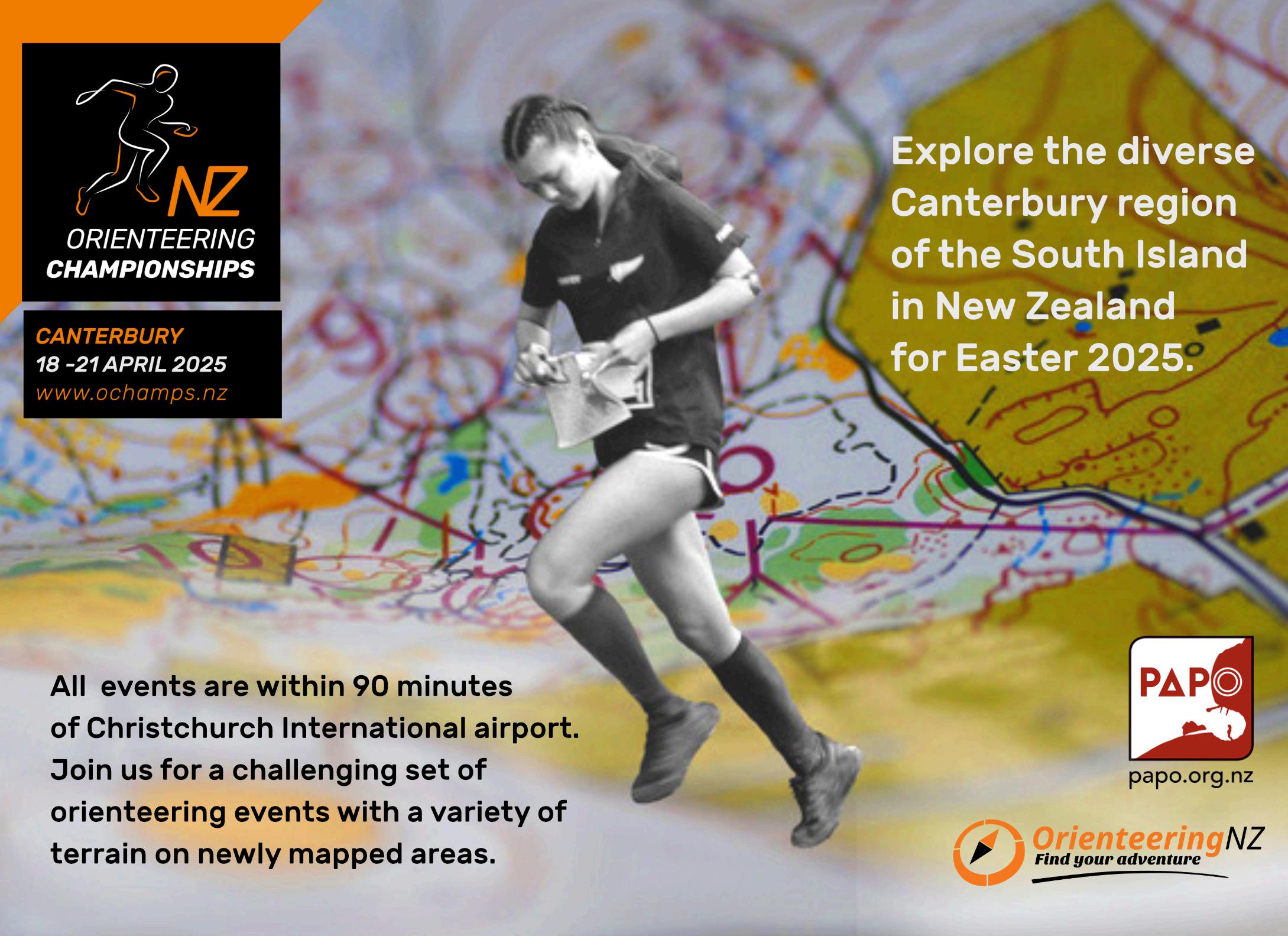

Spot the difference
What are the five differences between the two maps?
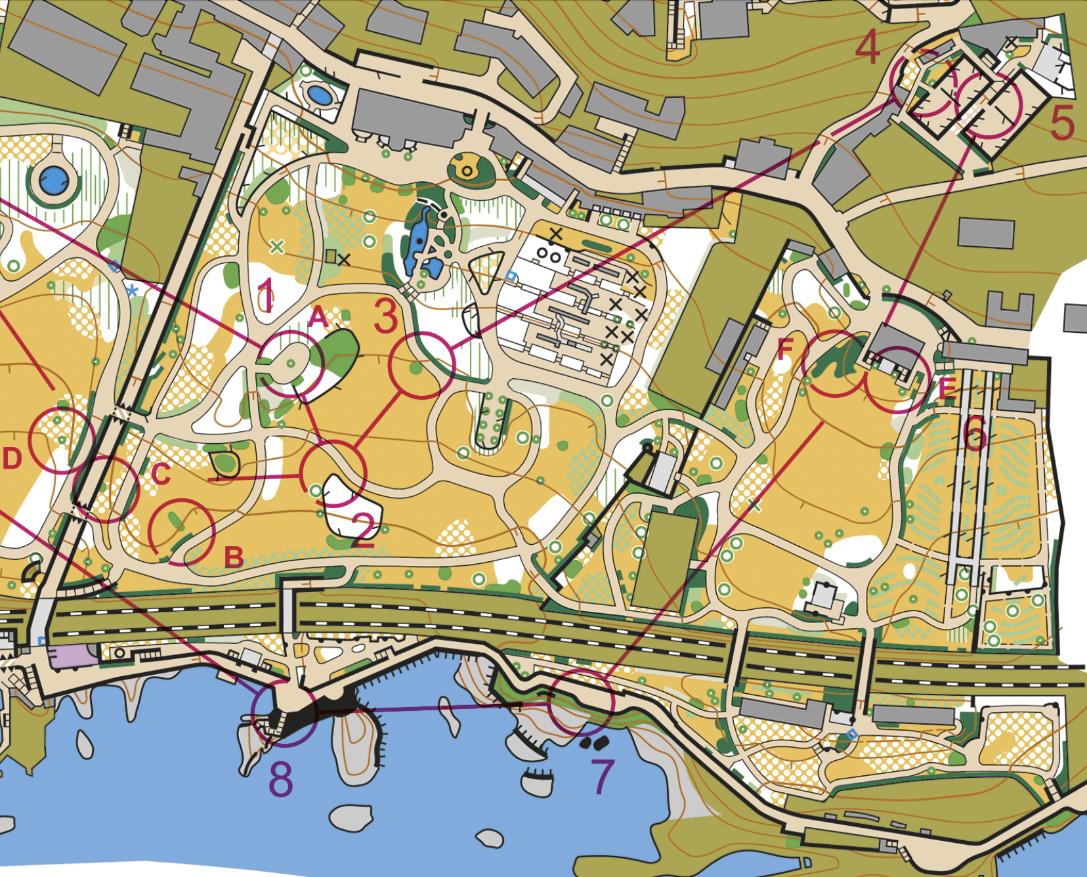
1. On the map above what features are found on the highest point?
A. A pond.
B. An uncrossable fence.
C. A building, stairs and an out-ofbounds area.
D. A path and an out-of-bounds area.
2. Approached from the south, the westernmost railway crossing is a
A. Bridge then a raised path going NE.
B. Tunnel then a path going NE with two paths crossing over it.
C. A bridge then a tunnel going NE.
D. Tunnel going NE all the way to the buildings.
Draw on the map below how you would go from control 6E to 7. Then look at the route choices of Tove, Tereza, Andrine and Ylvi on p 46. Who made the best route choice?
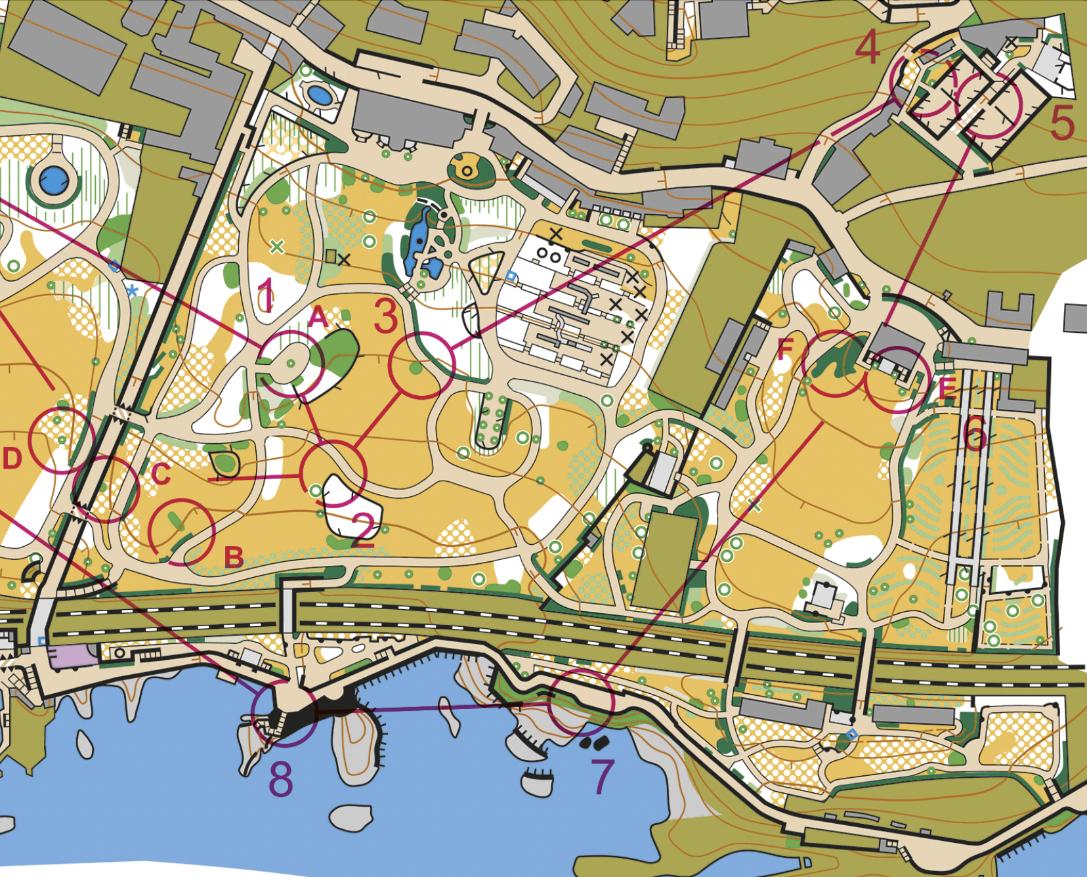
3. What do the circles labelled A, B, C and D represent?
A. Four versions of control 1, each relay runner had one of those controls on their map.
B. One control 1 and three versions of control 2.
C. Drink controls.
D. First aid stations.
E. Designated spots for photographers.
The answers are on page 46.
Follow this link to post-print corrections, quiz and survey on one form. Check out what mistakes in the current edition have been discovered too late, feel free to attempt some or all quiz questions, and provide data by completing the survey.
https://forms.gle/ 3Tn2pQLXsXD3sokZ7



THANK YOU TO ONSW AND THE CONTRIBUTORS FROM ALL NSW CLUBS
Bennelong Occasional Orienteers (BOO) was the first club in NSW, formed in 1971. In the following few years it split into Kareelah, Uringa and Garingal.The club is now based in the Northern Beaches, Mosman and North Sydneylocal government areas.The original colours were dark blue and white. In 1988 we merged with NOSH (Northside Orienteers and Social Hustlers or Harriers) to form Bennelong Northside Orienteers, and added green to our logo.
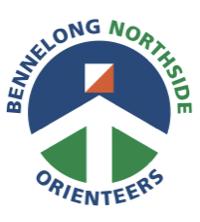

Illawarra Kareelah Orienteers was formed in 2000 after a merger of two smaller clubs – ‘Illawarra Orienteers’ and ‘Kareelah Orienteers’.Illawarra Kareelah Orienteers’ logo is a combination of the two clubs’ logos, Kareelah's lyrebird, and Illawarra's escarpment and ocean waves from the Illawarra coastline.
The Kareelah Orienteering Club was formed in 1972 and was the second orienteering club established in NSW.The club’s first event was at Temptation Creek in 1973 using a hand-drawn black-andwhite map! Kareelah'sBudkavleevent (1975-1997) was introduced into Australia by Bjorn Blomstedt who based it on the Swedish Tiomilla (Ten Swedish Miles).The Australian version was an overnight relay of seven legs of multi classes for both women and men’s teams, and commonly known as Bjorn's Midnight Madness as the event started at midnight and finished in the early hours of daylight.
Illawarra Orienteers was established in 1982 with members from Sydney clubs living in the Illawarra.The club’s first president, Mark Wilmott, was a guiding force in the development of the club and orienteering in the region.The first major event organised by the club was the Long ‘O’ – an ultra long distance event held in the Belanglo Forest in 1985.

The NSW Orienteering Association started with only one club in 1971, Bennelong Occasional Orienteers (BOO). Mid 1973, BOO member Ray Jerrems was approached to form another club further up Sydney’s North Shore train line. After trying names ‘Illawong’and ‘Ku-ringgai’, the club settled on ‘Garingal’because it was thought to be the name of local Indigenous People [Garigal], it had a nice ring to it and the acronym would be ‘GO’.
At first, club T-shirts simply had the letters ‘G.O.' stencilled on them. Subsequently, different versions of the Garingal logo appeared. In 1976, the club newsletter introduced the new faunal emblem: ‘goanna -- (get it: G.O. Anna?)’. Dave Lotty drew the goanna logo and said: ‘Better than a goat’. Over the years the goanna has appeared climbing over a control, without it, and with ’50 years’to celebrate the club’s achievements since 1973.
The Uringa Orienteers club was formed in 1974, joining thealready established Kareelah Orienteering Clubfor orienteers in south of Sydney Harbour.'Uringa' is believed to be an Aboriginal word meaning far-seeing/a long way off. The eagle in the logo is a bird which is far-seeing.The club's official catchment is Sydney's Eastern Suburbs and Inner West.Dave Lotty was inaugural club president.
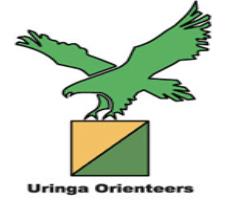
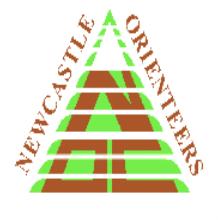
Newcastle Orienteering Club (NCN) is one of the largest clubs in NSW.The club was formed after local bushwalking clubs held ‘Walk Trials’ for their members to become full members and to improve navigation skills of all.These sessions were similar to orienteering coaching. In 1972 it was suggested to form an orienteering club.The first Newcastle Orienteering event was held 1974.The club’s constitution was adopted in 1975.The original club logo was a stylised N pointing to the North of the map.The current logo has been in use since 1983.
One of the initial aims of the club was to have one event per month. We now have a very busy calendar across the year and members regularly compete at local, state and national events. NCN currently holds the title of NSW club of the year (2023).
The full name of the club was until recently Wagga and Riverina Occasional Orienteers but is better known by the contraction WaggaRoos. When it became incorporated last year the official name was changed to Wagga and Riverina Orienteers Inc but the contraction WaggaRoos has been retained.
WaggaRoos was the first country-based O club formed in NSW. Rod Dominish, Orienteering Association of NSW President and founder President of BOO relocated to Wagga Wagga in 1974. He quickly commenced establishing orienteering as a sport in the Riverina region. In 1975 the first event was held and the inaugural WaggaRoos club committee was established.

In 1977 it was agreed that the club’s colours for competition would be black, and the club’s emblem would be a tiger snake.The logo was designed by the late John Macken.The original club banner, made by then WaggaRoos member, Jenny Bourne, featured a white snake on a black background. With time it morphed into the current presentation.
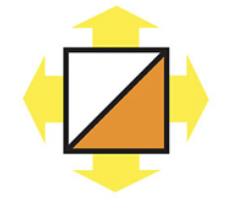
The Central Coast Orienteers club was established in 1976.The name and the logo reflect the local area of the club. It remained a small but active club in the 1990s and 2000s. We have kept up with the Toukley 2 Days as a traditional two-day event inaugurated by Frank and Ethel Anderson, although it has undergone a name change to the O’Shea 2 Days in memory of a very valued club member, Wayne O’Shea who was murdered when going to the aid of another person being threatened in February 1999 at his workplace. Wayne and his wife Wendy had organised the O’Shea regularly in the 1990s.
The XMAS 5 Days was also an initiative of Central Coast Orienteers. Locally we introduced the Central Coast Summer Series which runs over the summer on Sunday mornings to try and encourage the locals to take up orienteering.This series has been running now for about ten years. We are gradually increasing our local base with some keen members from running backgrounds taking on some active roles. We are looking forward to celebrating our 50th Anniversary in 2026 by hosting the Oceania Sprint Championships on the 24-26th January 2026. Save the date!
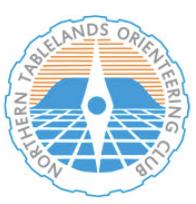
The club was formed in about 1979 and was incorporated in 1995. Prior to 1979 the University of New England Mountaineering Club had run a series of annual 6 hour rogaines. When the club was formed, it took over the running of the 6 hour events in addition to running monthly orienteering events, and occasional night events, and later summer twilight events.
Our logo was designed by Terry Cooke in 1993 when we hosted our first QB3 weekend. Many people will remember that as a bitterly cold, wintry, and snowy occasion. Our first Schools Carnival was also held in 1993. It attracted 350 entrants from several local primary schools and in subsequent years 600 to 800 students. It ran for 27 years until Covid-19 brought it to a sudden halt.
In 1981 some undergraduates at UNSW hatched a scheme to secure parking spots available to sporting clubs in the university.Early provocative club name suggestions were rejected by the then NSW Orienteering Association until 'Big Foot' was adopted into theconstitution and survives to this day.

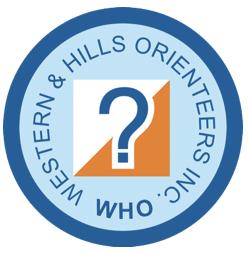
Western and Hills Orienteers were founded in 1983 in Western Sydney. Originally started as Hills and Western Orienteering Club (HWOC) and soon claimed the rejigged name, which led to the current acronym WHO.The question mark in the logo ties in nicely with the club's name.The exact reason behind the colours is unknown but may be to contrast with other nearby orienteering clubs.Two blues are also the club colours of Parramatta Rugby Club, so this may have contributed to the decision.
In August 1986 the first meeting of the yet unnamed club was held.The club name was decided upon late in 1986.The final choice was between Mittagong Occasional Orienteers (MOO), with a cow as the symbol, and Southern Highlands Occasional Orienteers (SHOO) with the now familiar jogging shoe as the symbol. In the end the choice was quite simple, who wants to orienteer like a cow?
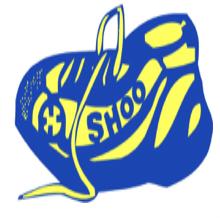
Scrubrunners (SOC) were absorbed into the club when they folded in 1996. Scrubrunners had been formed in 1984. In 2017 the word ‘Occasional’ was dropped from our name but we kept the moniker ‘SHOO’.
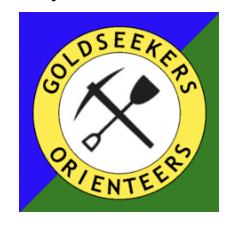
Goldseekers Orienteering Club was formed in June 1994 following a course in orienteering that was run at the Orange Community College.Most of the participants joined the new club.The name was chosen to reflect the gold-mining history of Orange with the double meaning of club members aspiring to win gold medals.The logo was drawn by a family member, with the pick and shovel depicting the gold miners.
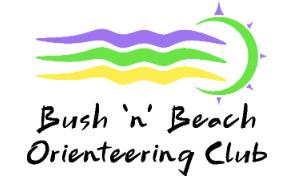
ONSW conducted the Coffs Harbour promotion series in 2013 and our club was formed in 2014. Our name includes the Bush and the Beach because three of our six foundation maps included beaches. Even now 50% of our maps (except school maps) include beaches. Our logo is shaped to represent both mountains and waves.Our colours are green for the bush, yellow for the beach and purple for Jacarandas. This is a nod to our Grafton connections (Grafton Street-O) from our foundations. For those that don't know, Grafton is renowned for its Jacarandas, and has a Jacaranda Festival every year.
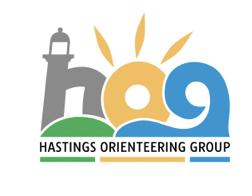
In 2017, prior to the formation of the club, a few taster events were held in Port Macquarie to gauge interest in orienteering.These went verywell, and in 2019 HOG was formed. HOG received extensive help from ONSW to create maps in our region and enable us to hold varied and interesting events right from thestart. We held our first State League event in 2022, after some delays due to floods. We have strong representation from families in Port Macquarie and continue to attract newcomers.
This year’s Australian Schools Orienteering Championships (ASOC) and Southern Cross Challenge will be part of the Australian Championships in Armidale. School teams from Australia and New Zealand will stay together at the boarding school at NEGS. There will also be the Independent Junior Athletes Development Camp for those who aren’t in the schools’ teams.
The competition will start with Schools Sprint Championships on Tuesday 1 October in Armidale, followed by long distance on Wednesday and relay on Thursday at Pine tree. Students may also compete at the Australian Championships events, and will take part in various social activities that contribute to making ASOC such an enjoyable experience.
Here we show the past winners, and preview this year’s teams from around Australia and New Zealand for you to follow during the events.
Winners Event 2017 2018 2019 2022 2023 Team ACT ACT NSW NSW NSW
Senior girls sprint long relay
Senior boys sprint long relay
Junior girls sprint long relay
Junior boys sprint long relay
Tara Melhuish (ACT)
Tara Melhuish (ACT) ACT
Aston Key (VIC)
Aston Key (VIC) ACT
Zoe Melhuish (ACT)
Joanna George (SA) ACT
Alvin Craig (NSW) Alvin Craig (NSW) Queensland
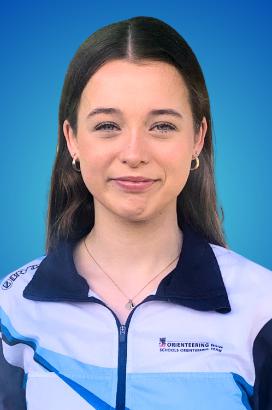

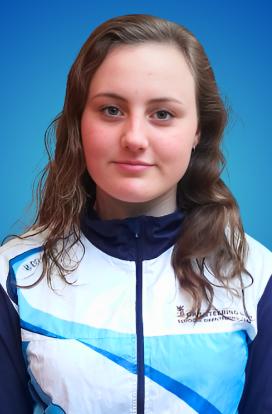

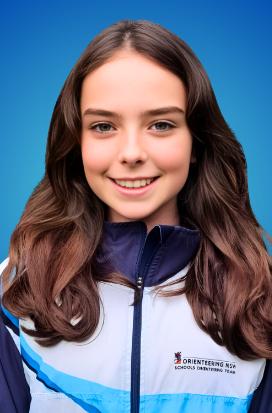

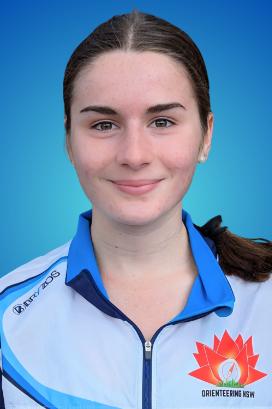

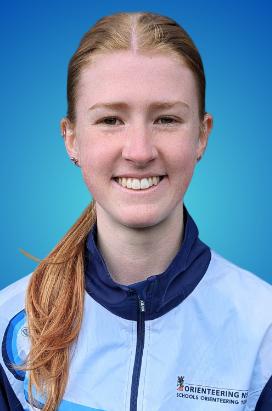

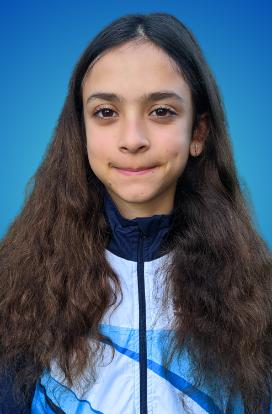

Joanna George (SA)
Joanna George (SA) SA
Aston Key (VIC) Aston Key (VIC) ACT
Niamh Cassar (NSW) Iida Lehtonen (NSW) ACT
David Stocks (ACT)
Samuel Garbellini (QLD) ACT
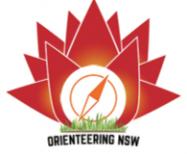
Zoe Melhuish (ACT)
Ella Cuthbert (ACT) ACT
Grant Reinbott (QLD) Dante Afnan (SA) ACT
Nea Shingler (NSW) Iida Lehtonen (NSW) NSW
Alvin Craig (NSW) Alvin Craig (NSW) NSW
Nea Shingler (NSW)
Nea Shingler (NSW) NSW
Alvin Craig (NSW) Alvin Craig (NSW) NSW
Liana Stubbs (TAS)
Liana Stubbs (TAS) ACT
Euan Best (TAS) Euan Best (TAS) South Australia
Erika Enderby(NSW) Eszter Kocsik (NSW) NSW
Cooper Horley (NSW) Euan Best (TAS) NSW
Ariadna Iskhakova (ACT)
Katie Clauson (TAS) ACT
Hayden Dent (ACT) Alton Freeman (NSW) ACT
The NSW Schools Board of Selectors enjoyed the task of selecting this year’s NSW Schools Orienteering Team 2024. The ONSW Board congratulates those selected and wishes them well in their orienteering endeavours.


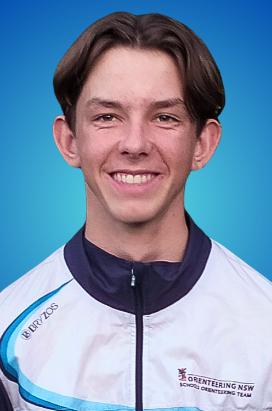

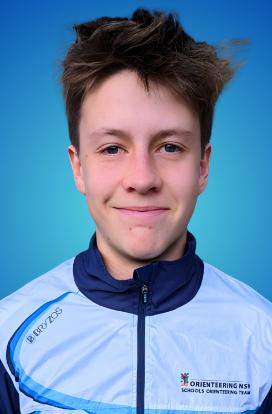







Senior Girls: Rebecca Craig, Stephanie Dun, Erika Enderby, Maggie Mackay, Matilda Saunders, SavannaSweeney
Senior Boys: Cooper Horley, Jonathan Nolan, Nick Stanley, Alex Woolford, Jamie Woolford
Junior Girls: Justine de Remy de Courcelles, Jessica Dun, Tiffany Palmer
Junior Boys: Alton Freeman, Baxter Peel, Euan Shedden, Rory Shedden, Matthew Slater, Shay Sweeney Team officials Mark Freeman(coach),Martina Craig(assistant coach), Saffron Sweeney (manager) andTim Slater(assistant manager)
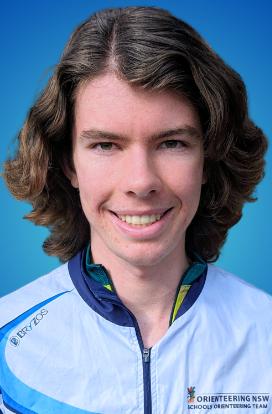





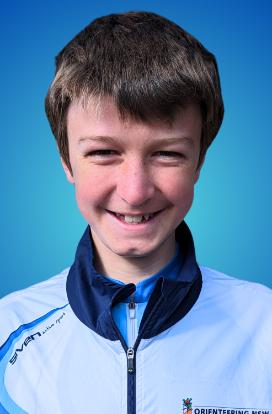

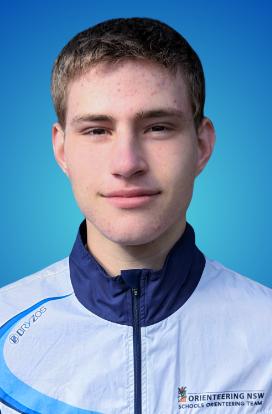

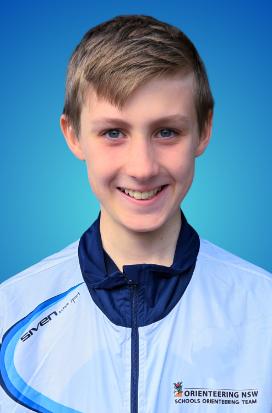

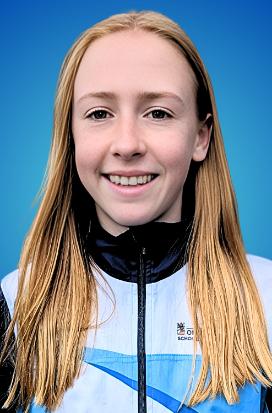







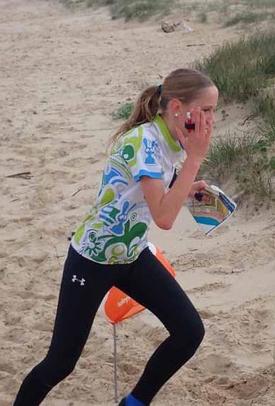

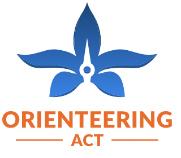
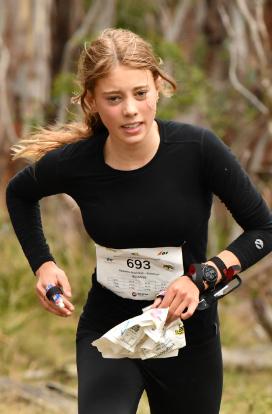

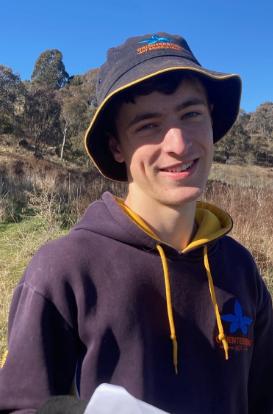

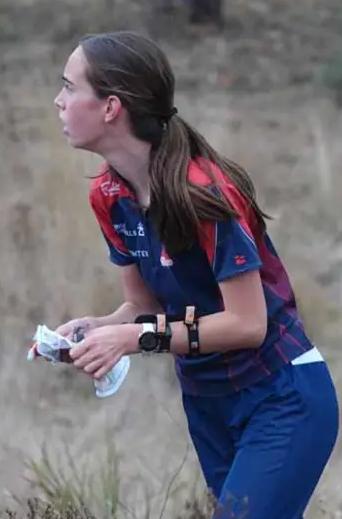

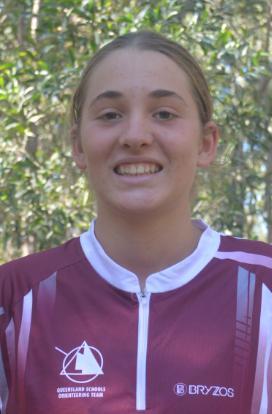



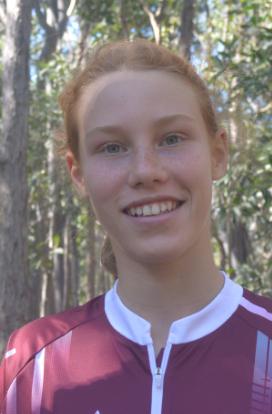

Orienteering ACT is pleased to announce the ACT Schools Team to compete at the 2024 Australian Schools Orienteering Championships. Congratulations to the following students on their selection.
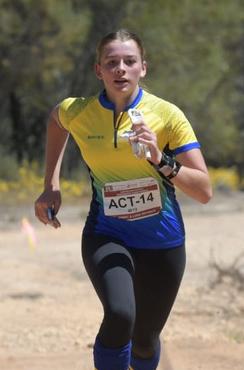

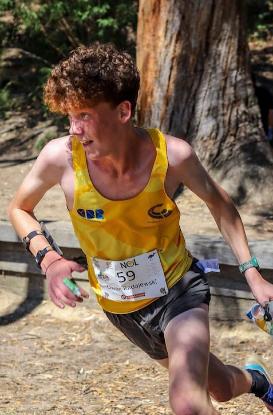





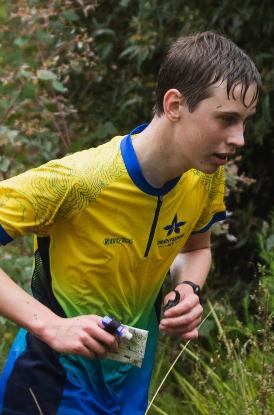

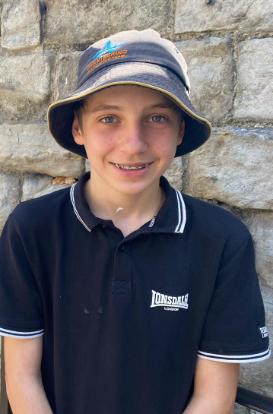




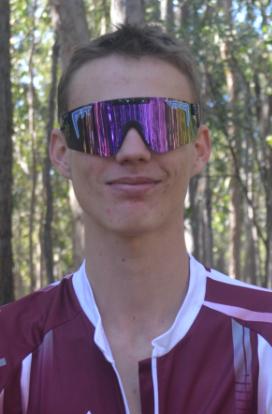

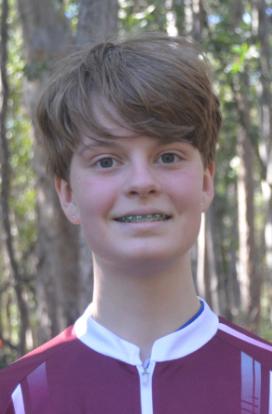

Senior Girls: Ella Hogg, Katherine Maundrell, Aoife Rothery
Senior Boys: Oliver Bishop, Max Johnson, Joshua Mansell, Owen Radajewski, Max Walter
Junior Girls: Sanda Halpin, Katy Hogg, Ariadna Iskhakova, NaomiPenton, Alma Walter, Mira Walter
Junior Boys: Zaf Bluett-Jones, Hayden Dent, Ben Mansell, Matthew Maundrell, Patrick Maundrell, Mica Walter
Team officials: Sarah Bruce and Ken Mansell (managers), and David Stocks (coach).
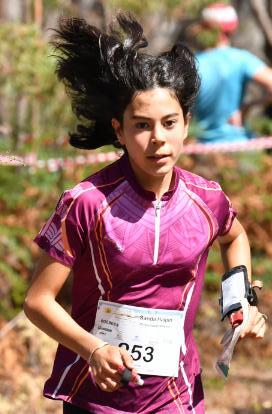

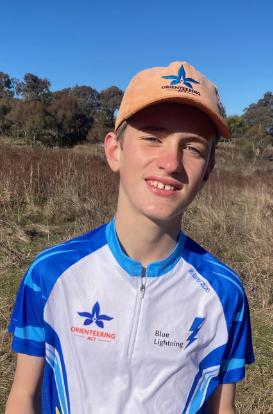

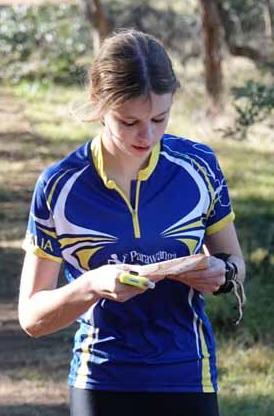



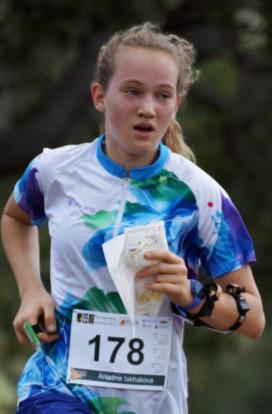

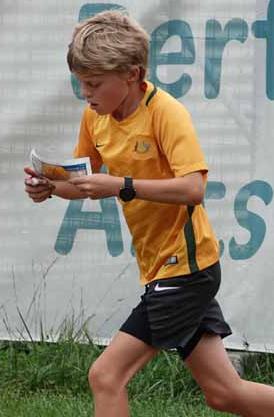

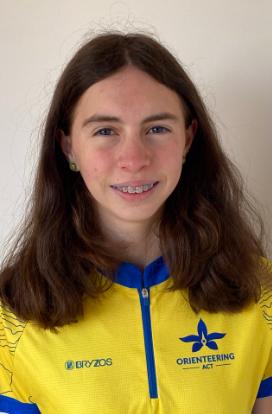

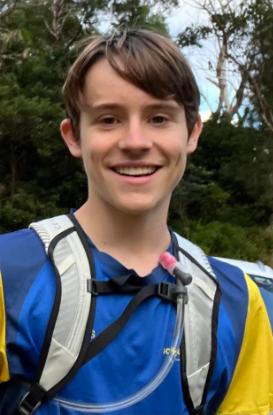

Qld is excited, and preparations are ongoing for a great competition around Armidale in spring for ASOC 2024. With plenty of new faces, we are looking forward to the whole experience of an orienteering carnival so good that the New Zealanders all want to be there too! And thank you to the organizers in advance, we all enjoy your hard work.
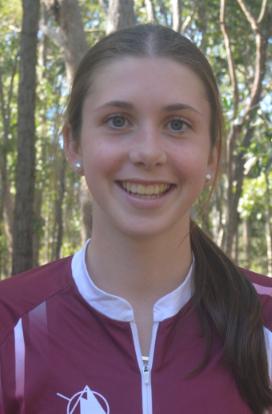

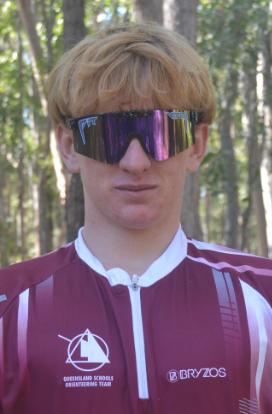

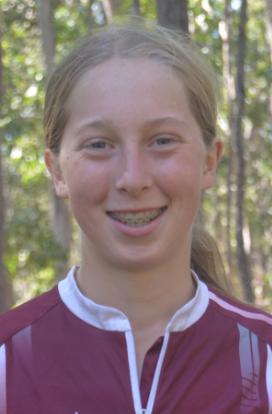

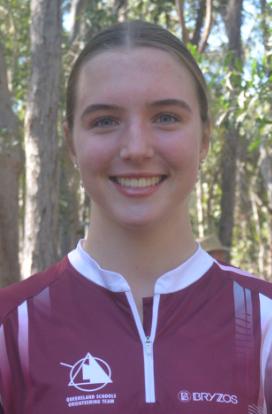

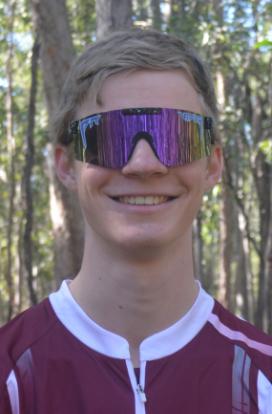



Senior Girls: Kari Brennan, Alexandra Edwards, Cassy Reinbott, Xanthe Schubert, Ingrid Young
Senior Boys: William Barnes, Miles Bryant, Ethan Crowe, Ewan Keith, Eric Lovell
Junior Girls: Abigail Barnes, Katie Cross, Maya Lhote, Elin Schulz, Gretel Young
Junior Boys: Thomas Caristo, Chase Deurloo, Adrian Garbellini, Aidan Tomlins, Alex Vanzella
Team officials: Tony Bryant and Marion Burrill (managers), Ryan Gray and Su Yan Tay (coaches).
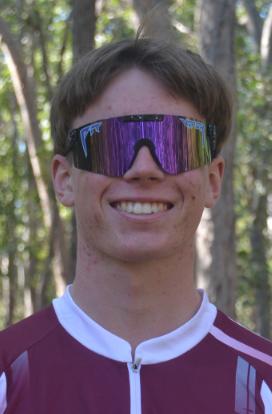

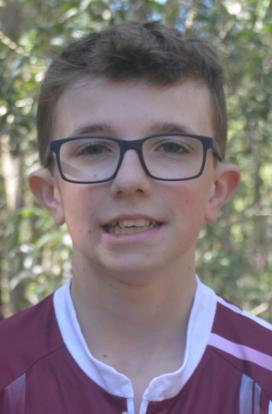

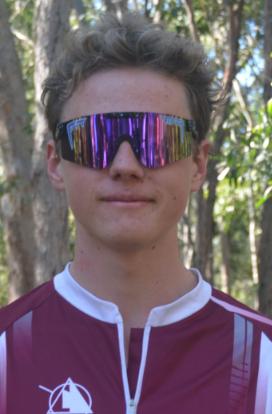

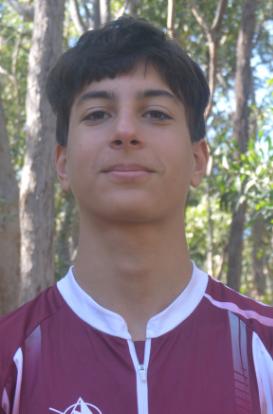

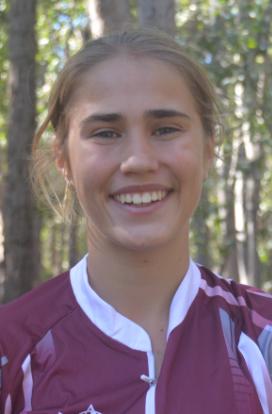



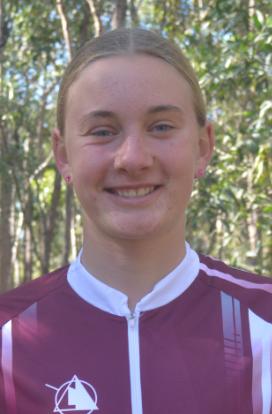




Senior
Senior
Junior
Adeline
Junior
Achilles
Angus Fairgrieve
Euan Farquharson
Thomas Hobbs
Ben Marschall
Cade Richmond
Team officials are
Jack Marschall (coach)
Patsy Burley (manager)
Kate Marschall (manager)




Senior
Liana
Senior
Euan
Junior
Aria
Ella
Katie
Sophie
Beatrix
Margot
Ivy
Junior
Isaac
Callum
Angus
Henry
Pierre
Edwin Rapley
Felix Ward
Team officials are Lachlan Cherry and Alison Stubbs (coaches), Sussan Best (manager).
SA is pleased to announce the Schools team for 2024. Team members will be competing in the
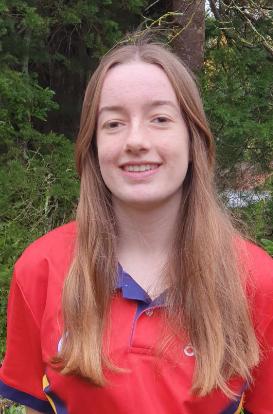



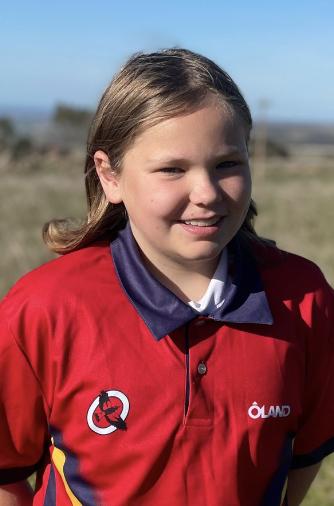


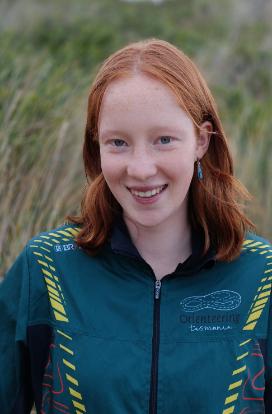

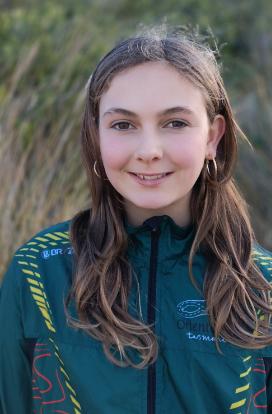

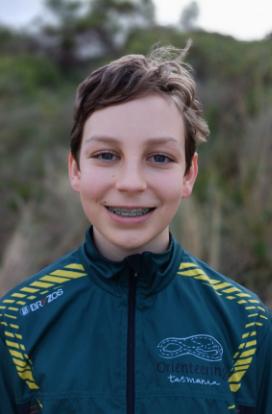



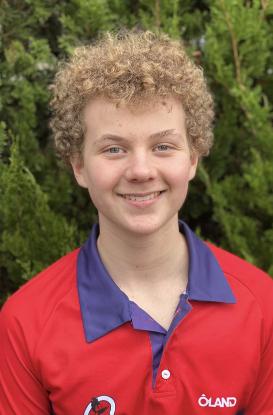

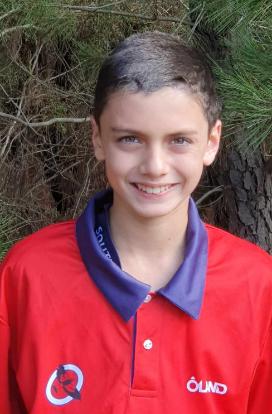

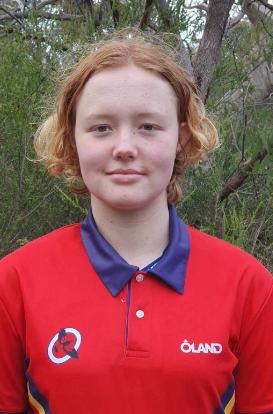

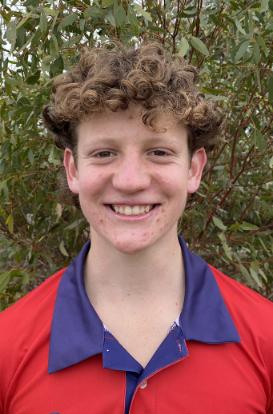



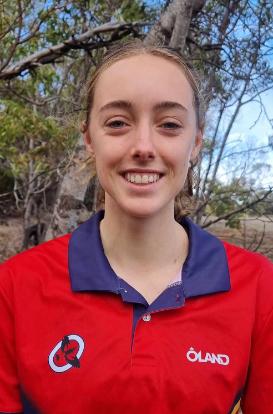





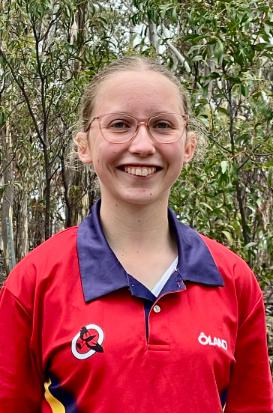



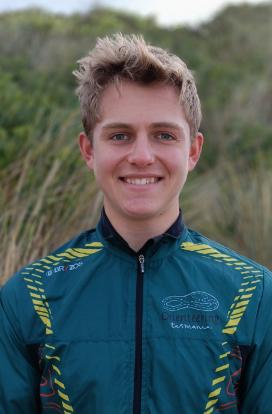

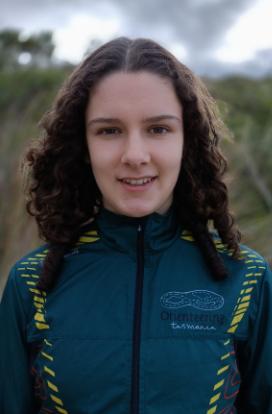

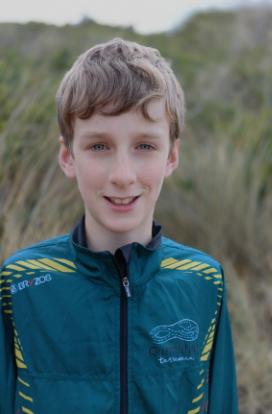

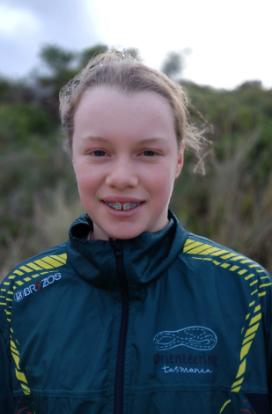

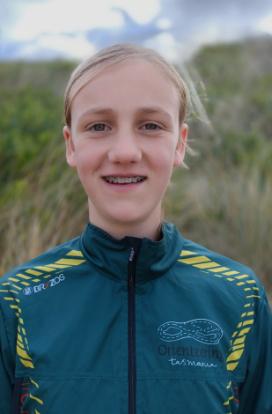





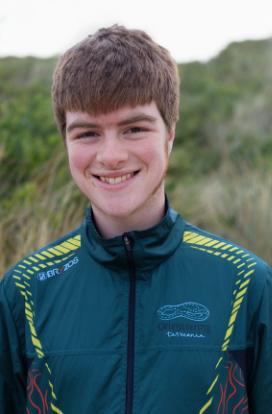

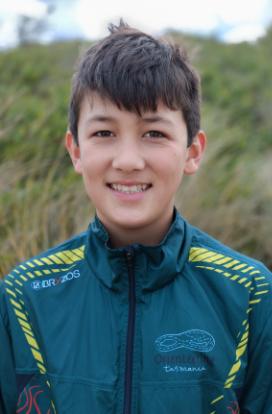



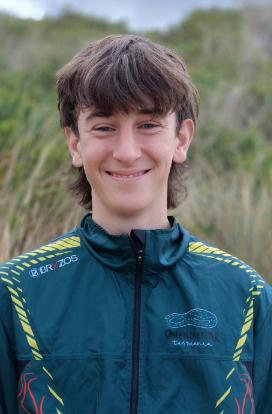





Senior Girls
Milla Key
Senior Boys
Lucas Kent
Nicholas Mousley
Junior Girls
Angelina Kozma
Ella Maja Lang
Lydia Stott
Keely Williams
Junior Boys
Xander Greenhalgh
Matthew Layton
Josh Layton
Corin Pope
Jayden Styk
Team officials are
Bruce Arthur (coach)
Carolyn Layton (coach)
Anna Greenhalgh (manager)

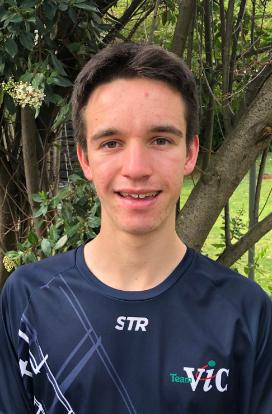
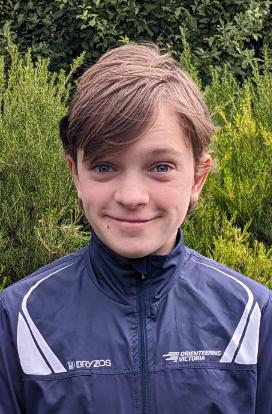
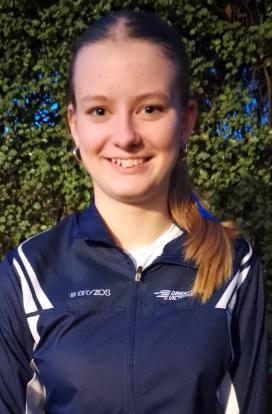
Senior Girls
Amy Dufty
Senior Boys
Lachlan Braid
Arvin Nair
Tucker Ellery
Junior Girls
Neve Lommers
Junior Boys
Rohan Braid
Troy Kingma
Christopher Drury
Archie Brownlie
Edmund Toomey
Quinn Lommers
Ruben Claessens
Team officials are Sten Claessens (coach), Tom Brownlie (manager) and
Sarah Richards (assistant manager).
Congratulations to our Victorian Schools Team members who have been selected to compete in the 2024 Australian Schools Championships in NSW in spring.Each will compete in the sprint, long distance, and relay events, representing their state.
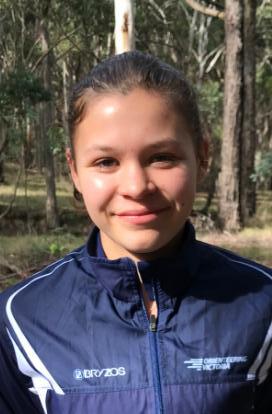


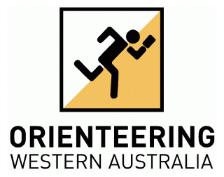

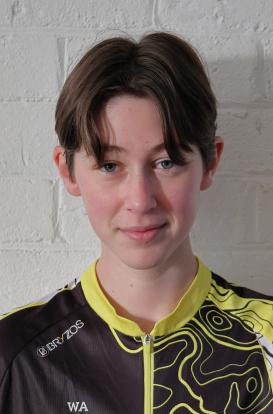

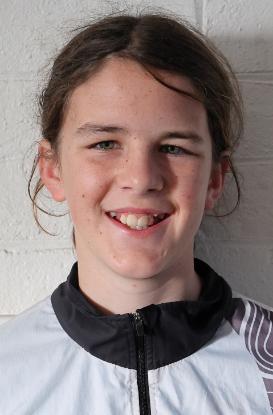

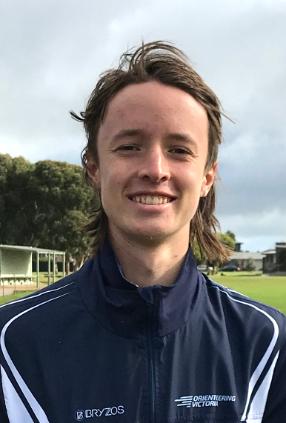
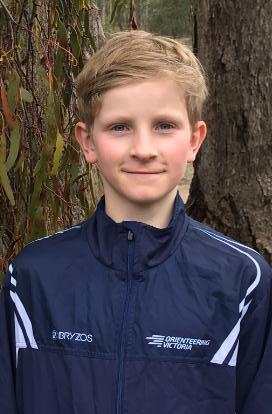
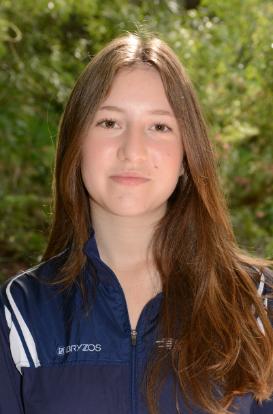

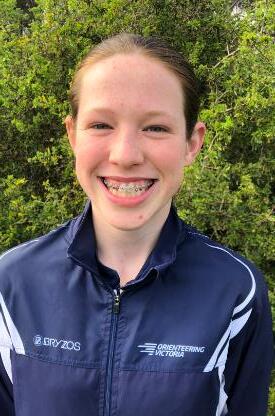
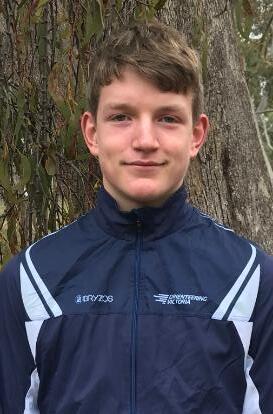

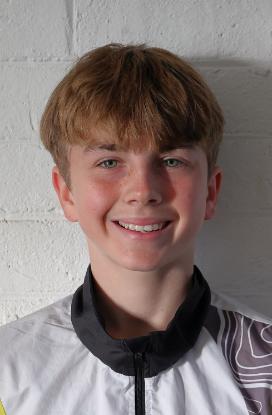

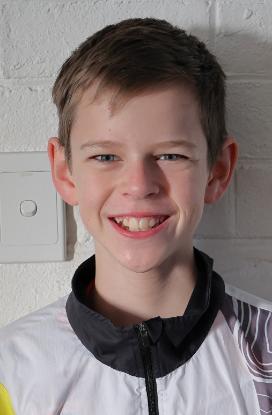

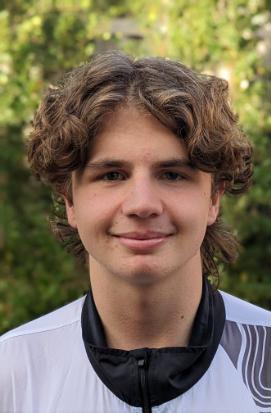

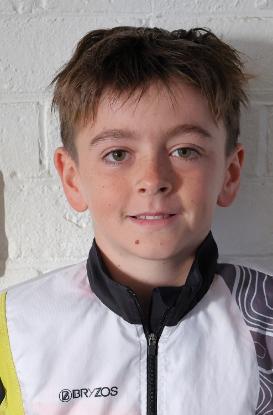

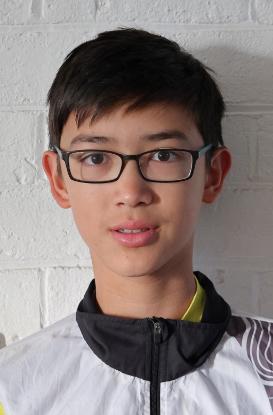

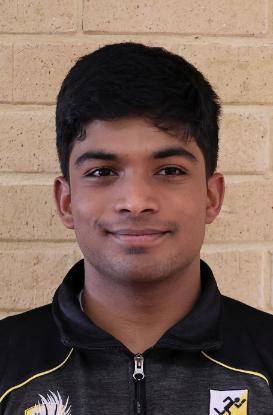



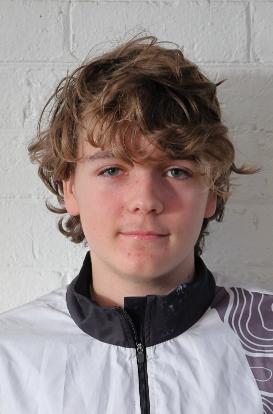

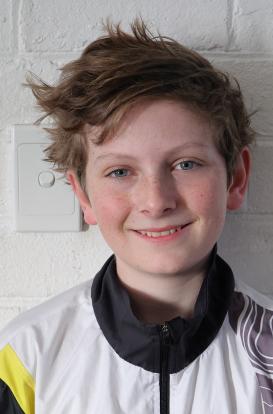


The Orienteering New Zealand (ONZ) selection panel has named the 2024 Southern Cross Teams.


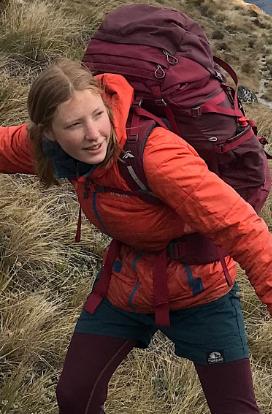

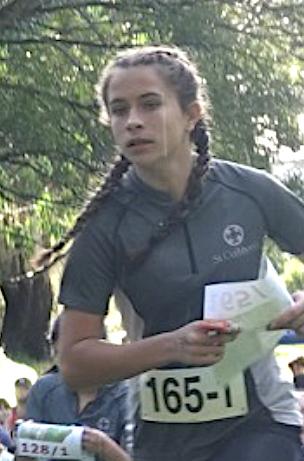

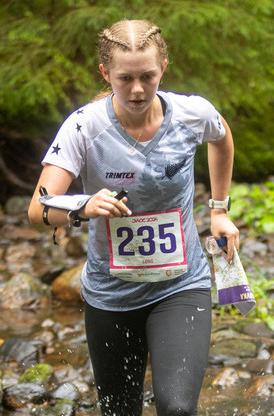

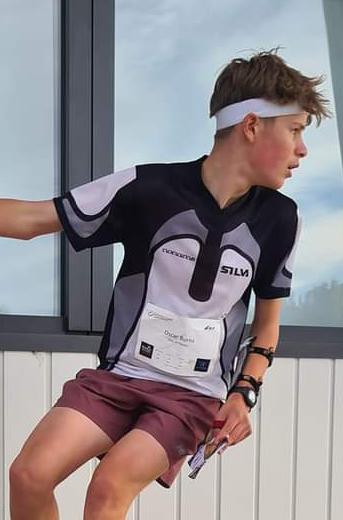

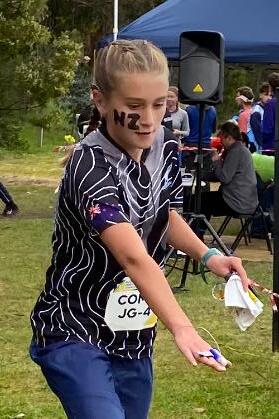


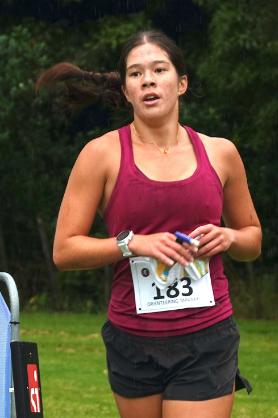

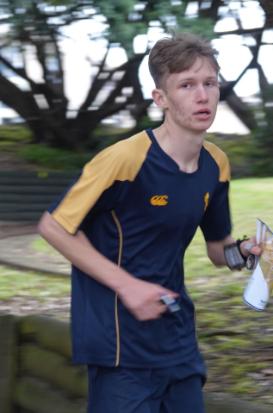





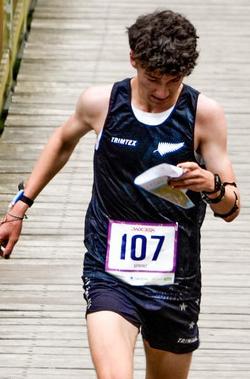

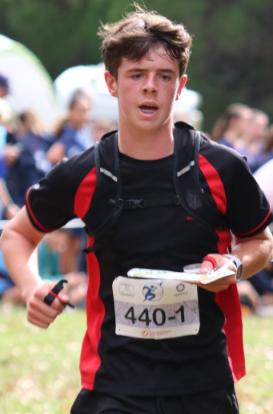

Senior Girls: Anna Babington, Phoebe Hunt, Alicia McGivern, Amy Nicoll, Nika Rayward
Senior Boys: Oscar Burns, Cody Carter, Jake McLellan, Blake McKinnon, Solomon Randerson
Junior Girls: Elena Burns, Cerys Findlow, Sophie Herde, Greta Prince, Victoria Underwood
Junior Boys: Harley Brennan (subject to fitness), Arya Chebbi, Micah Dunn, Charlie Milne, Evan Rees-Jones
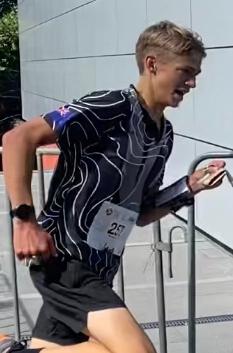







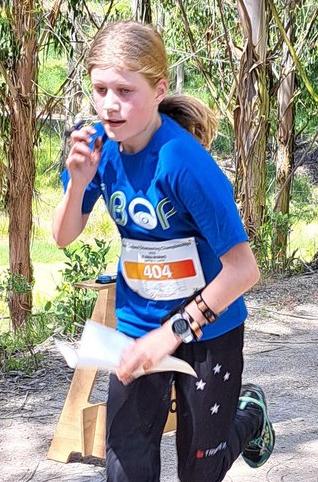



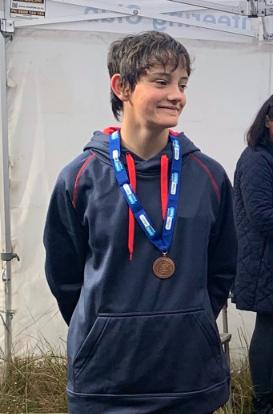



NZ Team officials are Michael Croxford, Briana Steven, Rachel Smith and Tane Cambridge (coaches), Suzy Carryier (manager) and Shaun Cantwell (assistant manager).
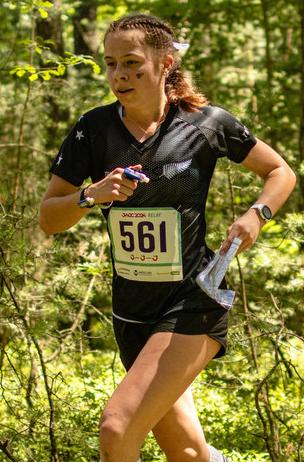





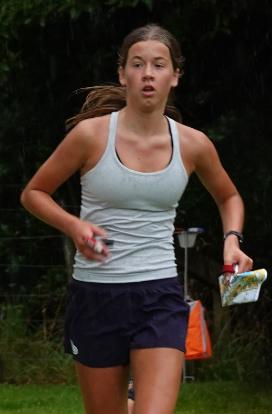



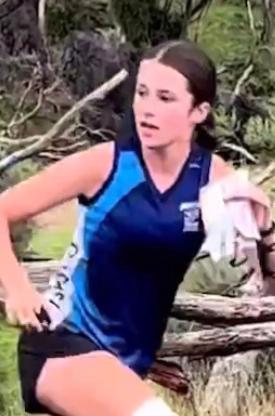


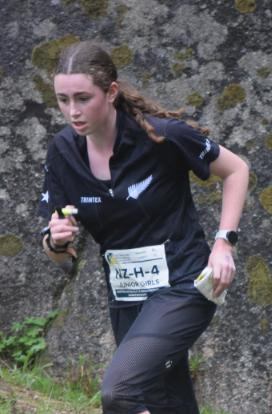



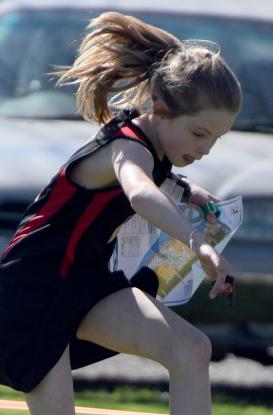

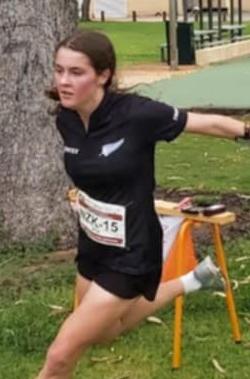

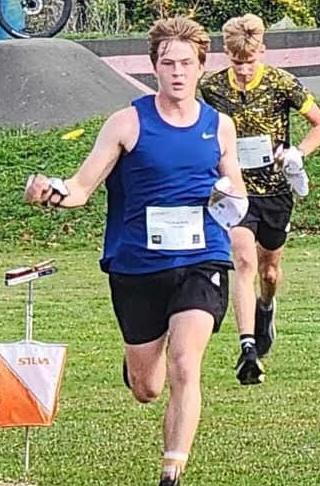

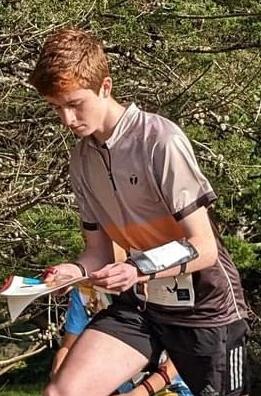

Senior Girls: Tide Fa’avae, Juliet Freeman, Georgia Lindroos, Lani Murray, Alison Power
Senior Boys: Sam Carryer, Matthew Greenwood, Thomas Potts, Eddie Swain, James Wright
Junior Girls: Maggie Bauzon, Jemima Hoskin, Torun Joergensen, Aless Nicholson, Anna Wright
Junior Boys: Jakob Abernethy, Zack Meads, Isaac Stewart, Jack Trowsdale, Xavier White
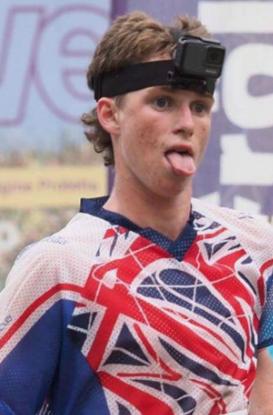

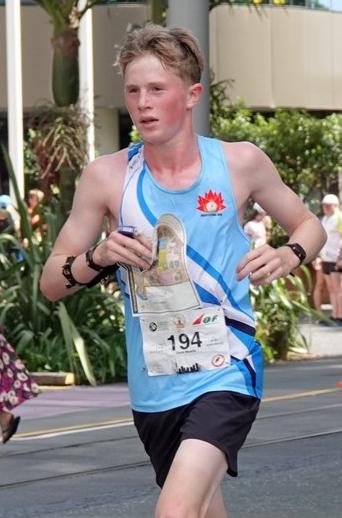

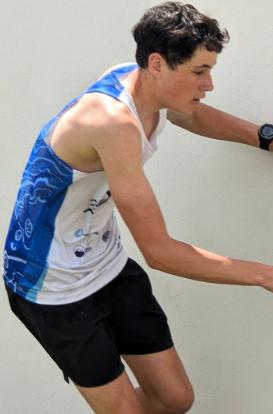



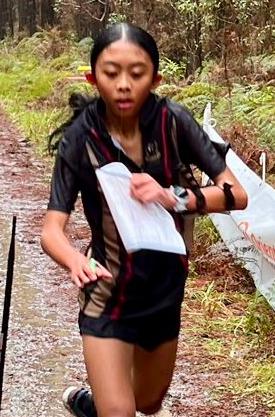

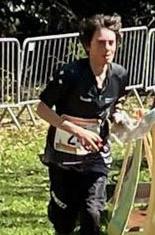



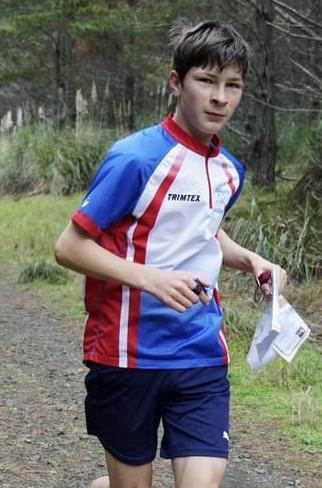

BLAIR TREWIN
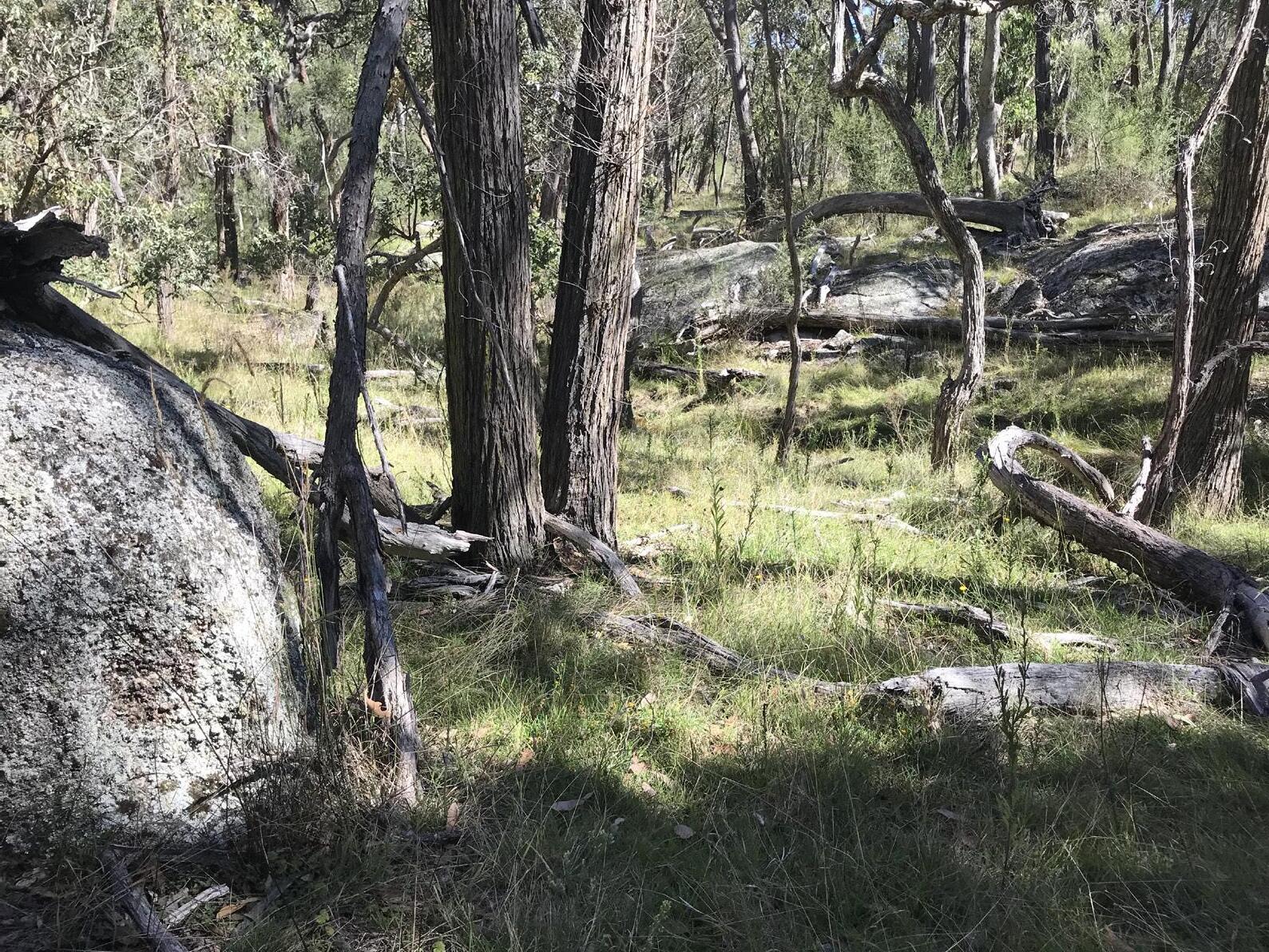
Armidale offers good prospects for decent orienteering weather at the forthcoming Australian Championships.The area sits at about 1000 metres elevation, which means that it is cooler than most other parts of northern New South Wales.This means that extreme heat is rare there – the highest temperature ever recorded in Armidale is 37.8 °C – and overnight temperatures well below freezing are common during the winter.The New England region is one of the few in Australia outside the Alps where temperatures reach −10 °C, with Armidale’s record low being −11.2 °C. While Armidale is a little low for snow in most winters, it does occasionally get some (as those who ran the 1993 WOC selection trials there will remember), and in 1984 snow fell continuously for the best part of two days.
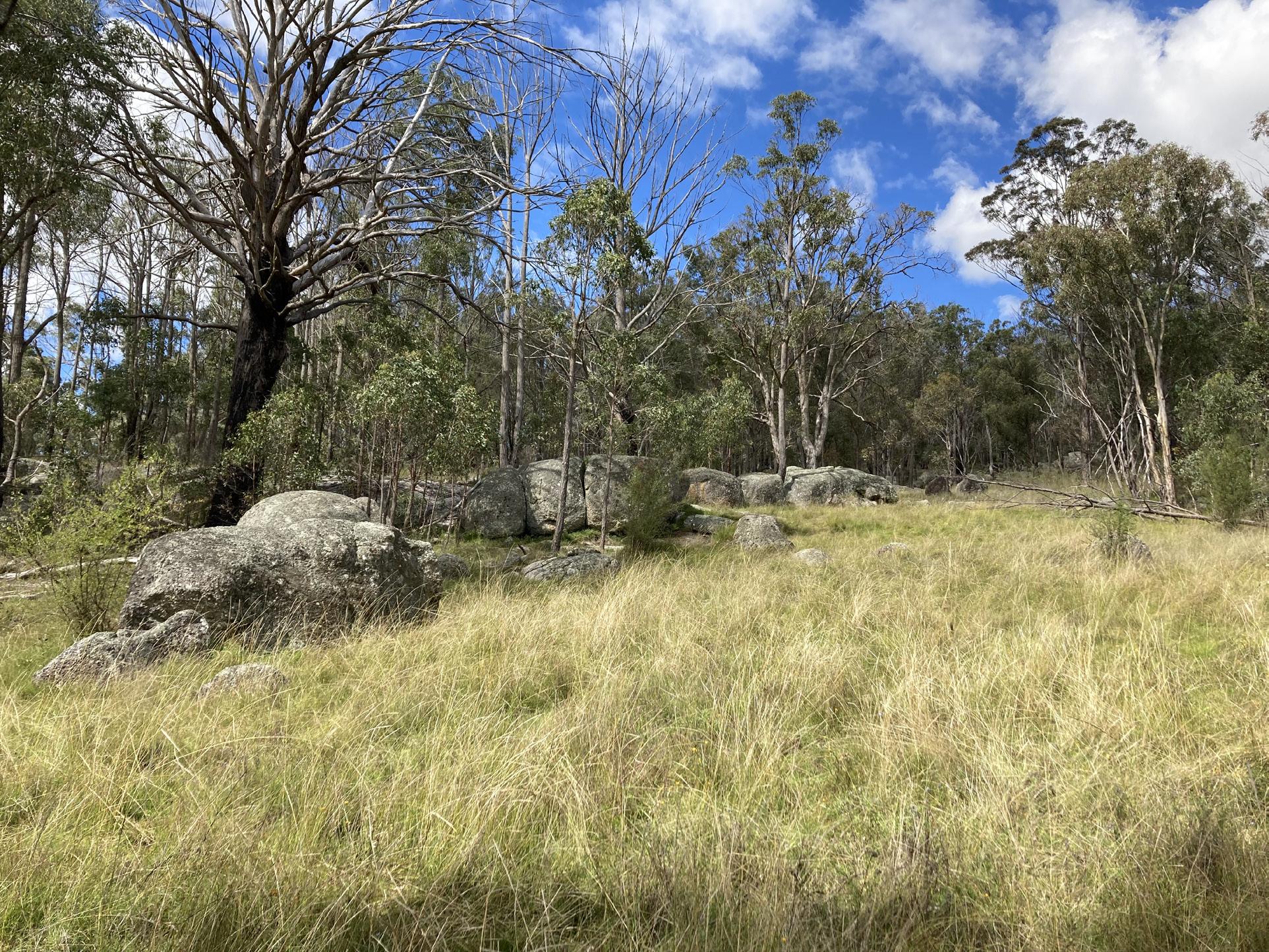
The Championships take place in late September and early October, late enough to be clear of the coldest conditions of winter but before the most significant warmth of summer. At this time of year, average maximum temperatures are about 20 °C and minimum temperatures about 5 °C. Days in the mid-20s are relatively common by the end of September but anything hotter is rare, with 30 °C only reached in two Octobers this century. Conversely, cold conditions can still occur with southerly winds, with at least one day below 15 °C in the first half of October in most years, and days below 10 °C not unheard of. Overnight frost is still relatively common, with the last sub-zero minimum of the year occurring in October in most years.

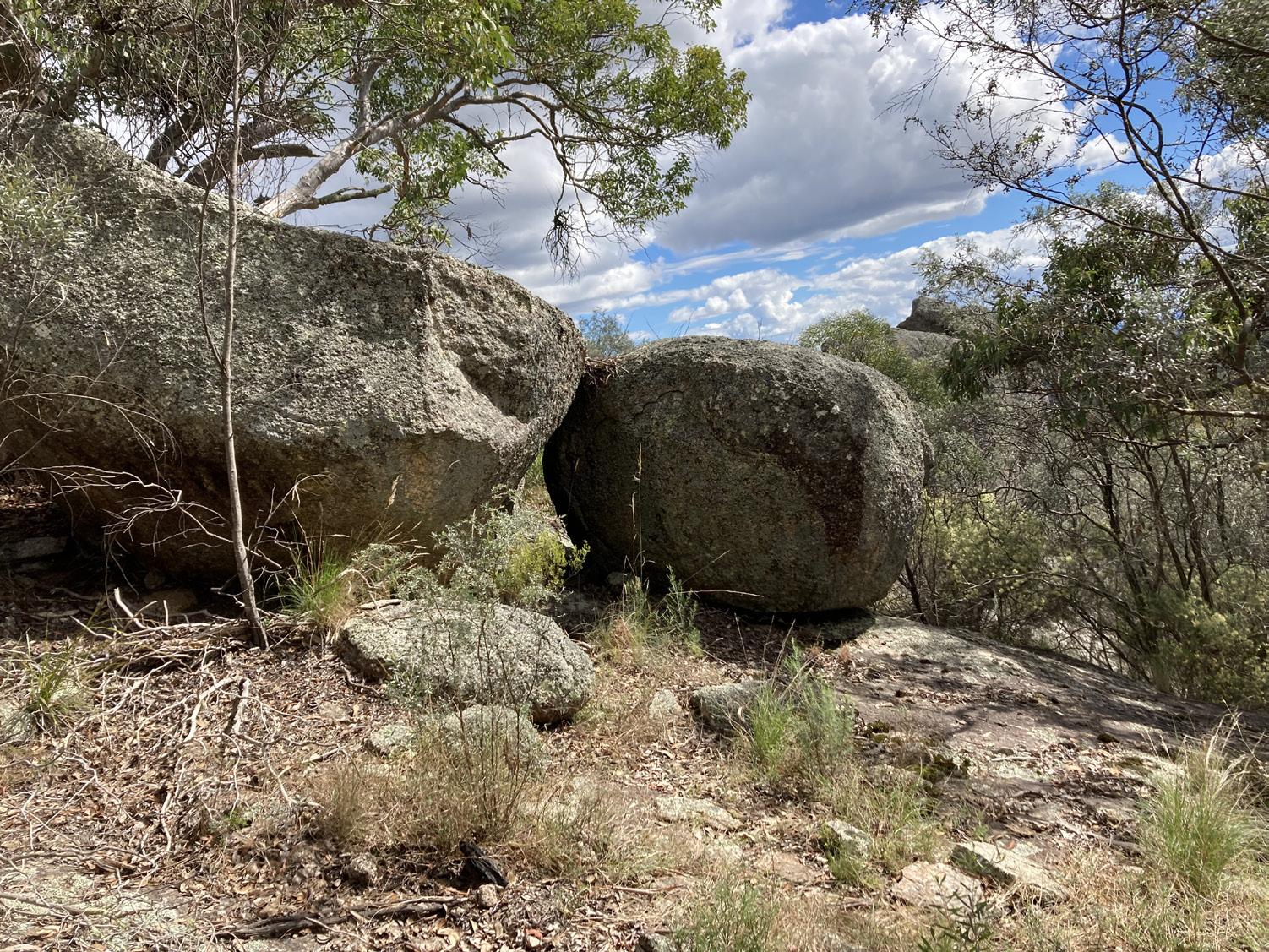
The cooler months are the drier period of the year in Armidale. October marks the period when rainfall begins to build towards its summer peak, with monthly averages of 44 mm in September and 69 mm in October, although the number of days with rain is relatively low (about 20% of days have 1 mm or more) and long runs of dry days are still common. Spring is also the start of the thunderstorm season in northern New South Wales, with Armidale experiencing one of the most significant hailstorms observed in Australia in late September 1996.
Would you like to test how well your compass works in Armidale?
Justin Stafford will bring his compass tester to Aus Champs, and you can check it out. The data collected will inform how many of our compasses are weighted correctly for the southern hemisphere.
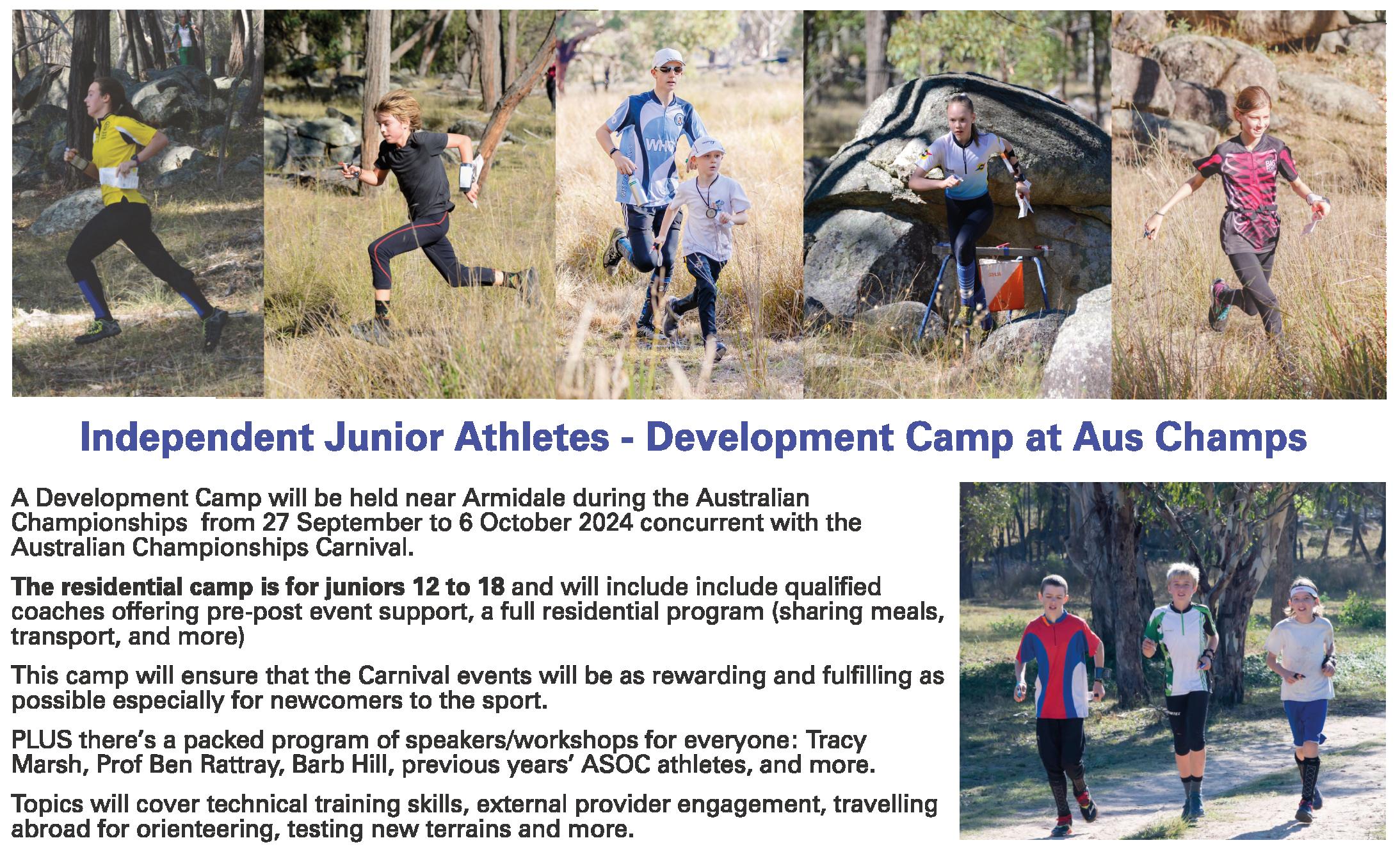



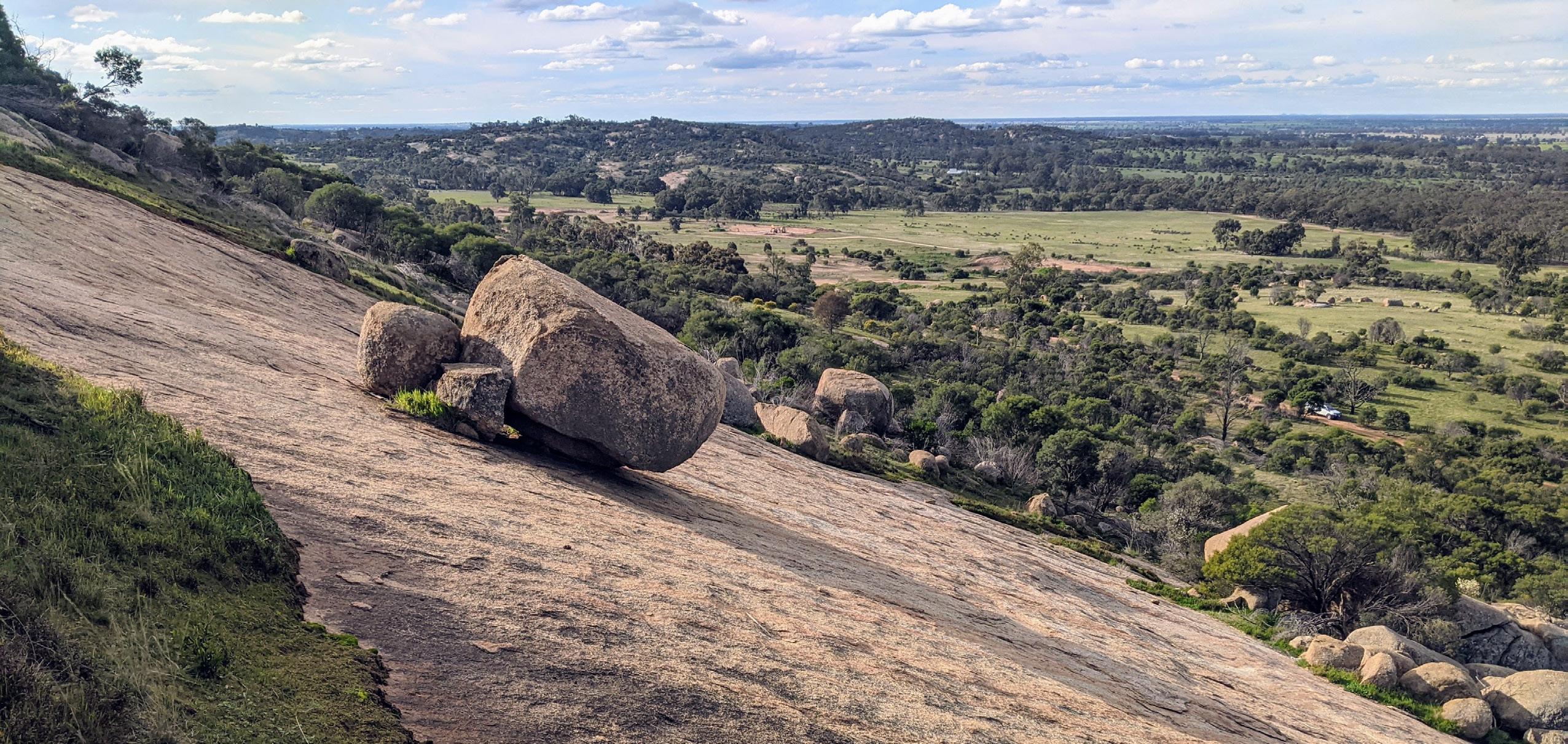
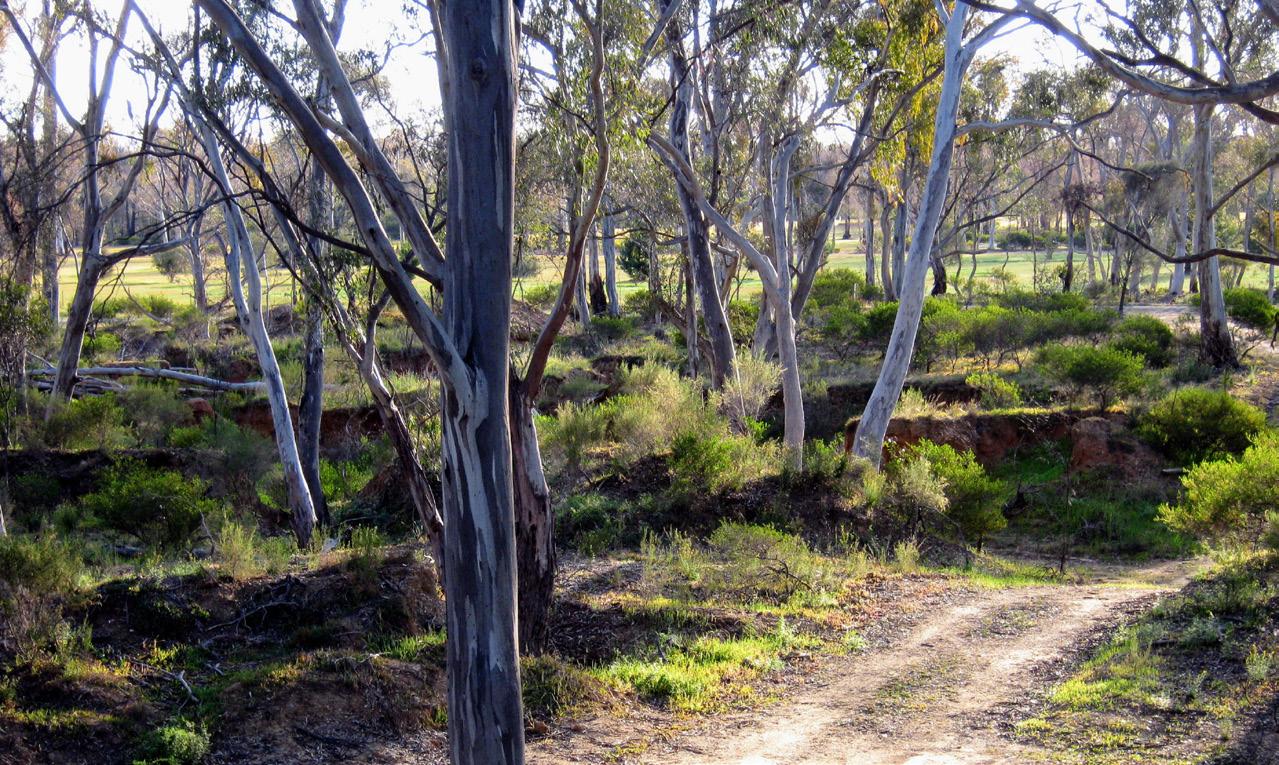
The Good Friday Prologue is on a unique orienteering landscape of over 20 dredge basins along Sandy Creek.

aus3days2025.orienteering.asn.au


Easter Saturday at Psalm Singing Gully, complex reef mining terrain with 870 knolls and depressions in 4 km2 of low visibility mallee forest.
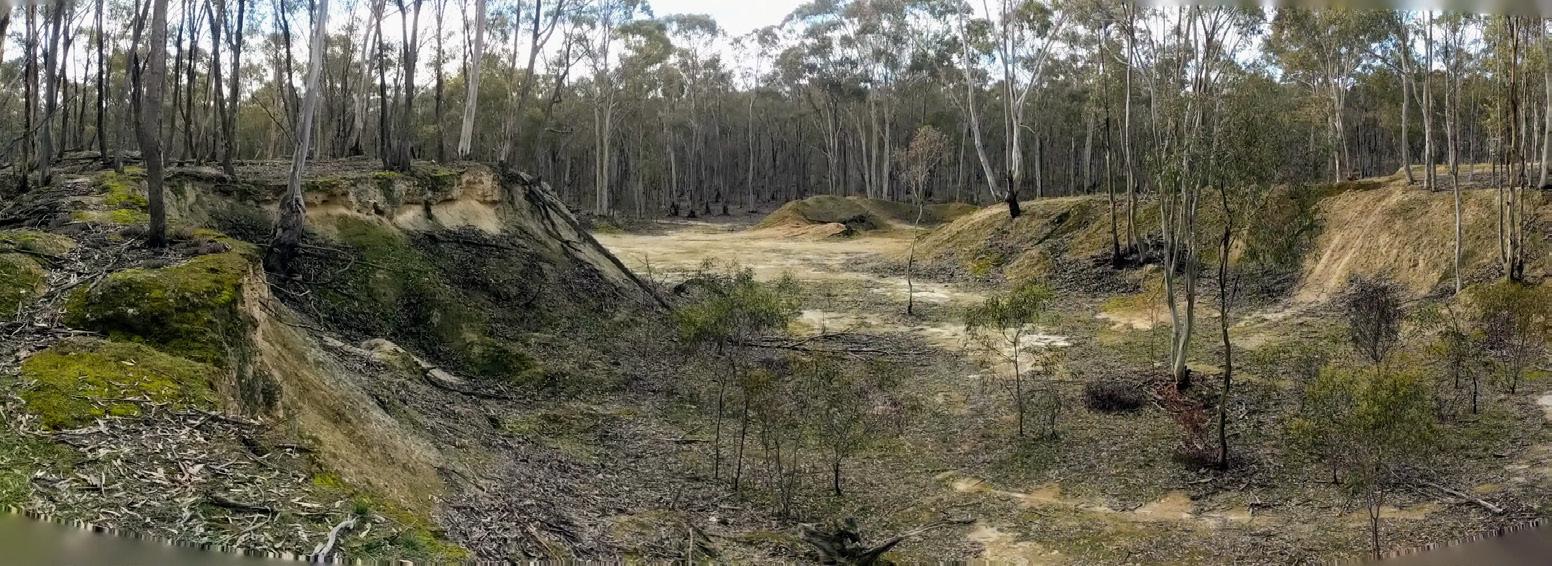
The Easter 3 Days wraps up in the centre of Tarnagulla with an emphasis on spur gully terrain and plenty of reef mining features.


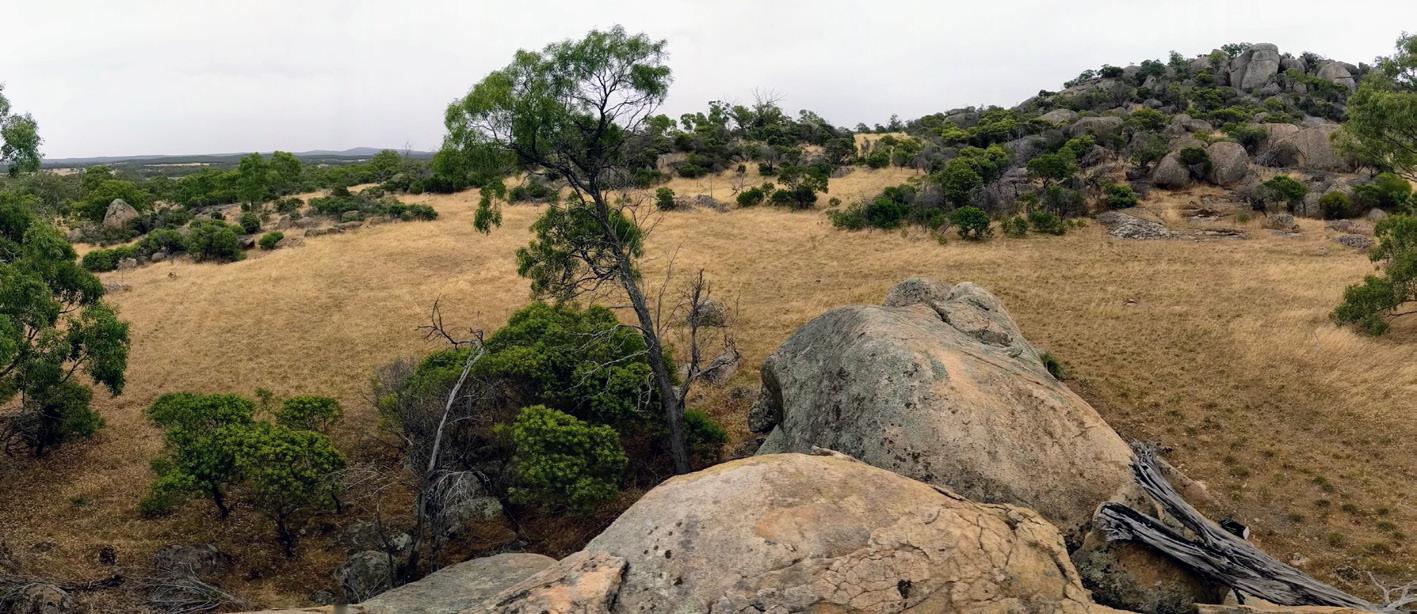
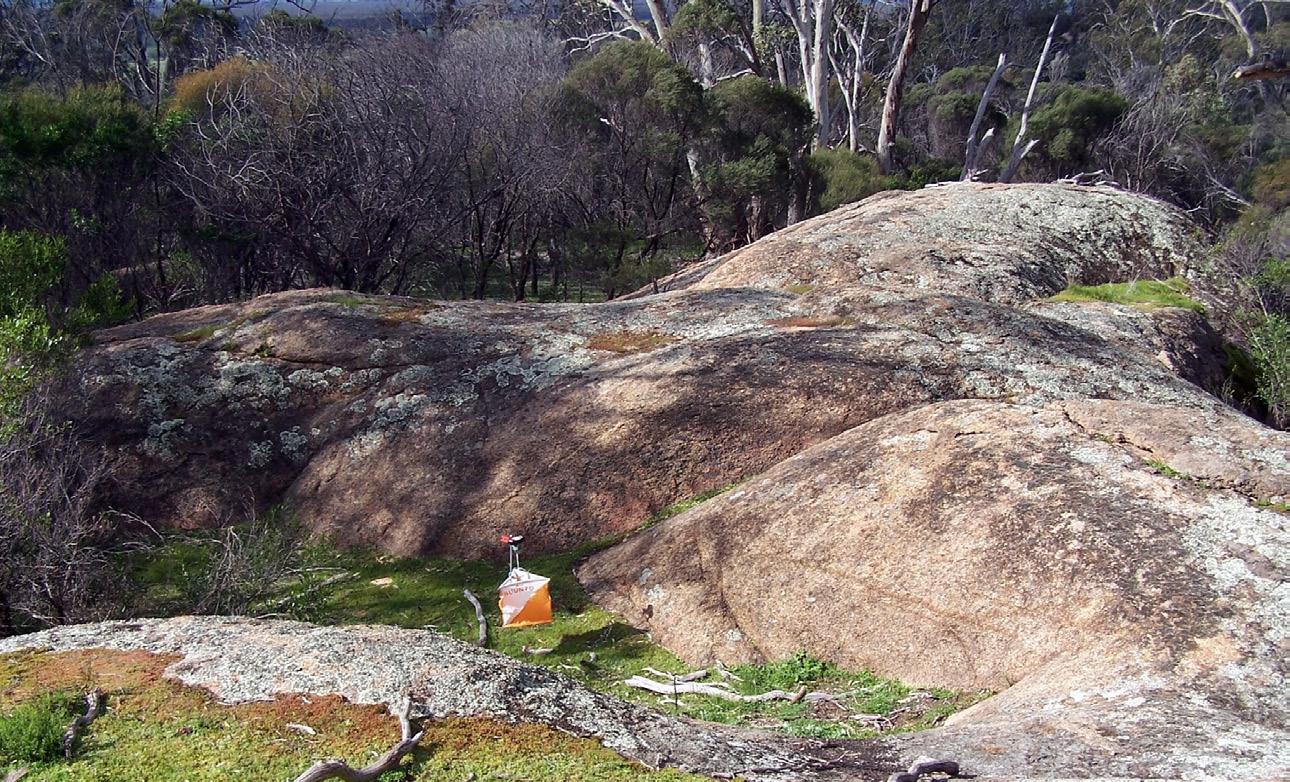
It’s 40 years since Australia hosted WOC at Kooyoora in 1985. Mid-week training courses will be available including some of the WOC control sites and legs.


The Easter Bunny will bring you some of Victoria’s most enjoyable granite terrain at “The Granites”.


Anzac Day brings the Victorian Short Champs on gravel pit terrain near the town of Dunolly. Two short races with an exciting chasing start for race 2.

Finish o your Loddon Shire journey with the Victorian Long
on a new extended map of Mt Korong now covering the whole park.
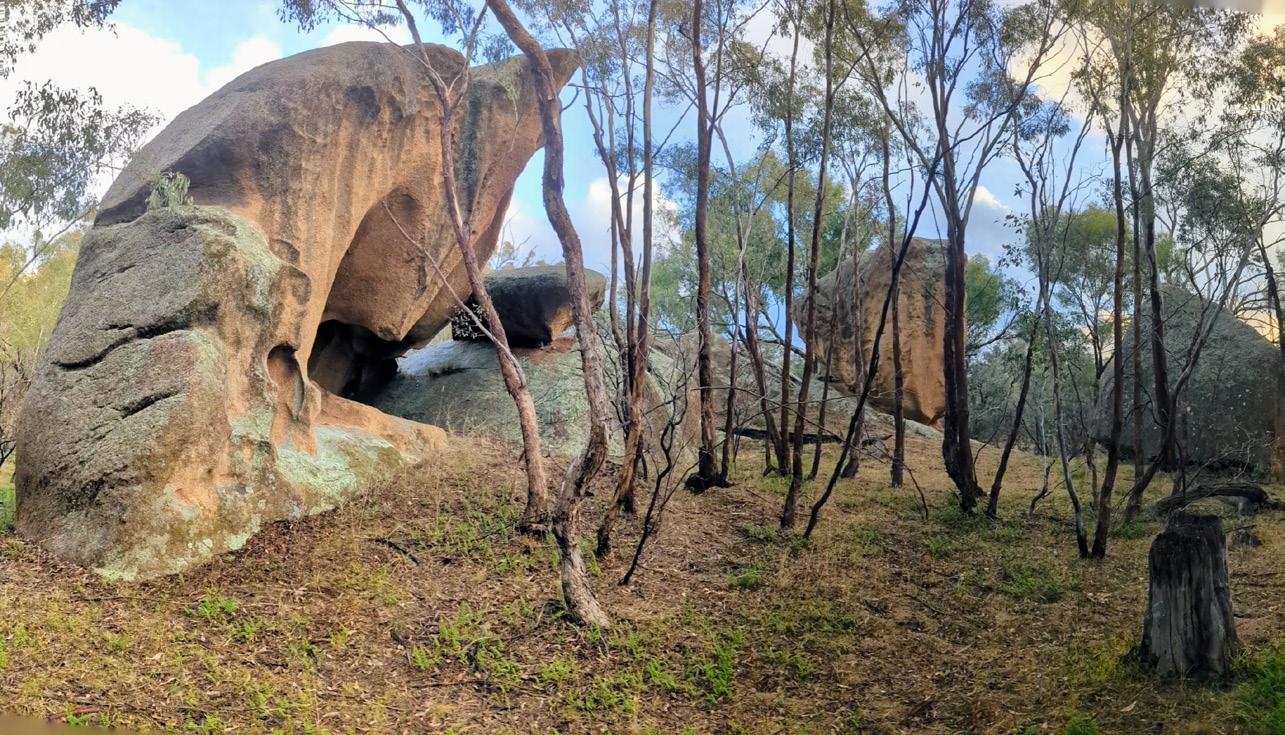
Enjoy more granite at Wehla Hill, a new map near
TEXT AND PHOTOS BY HELEN AND KEN POST, DAY 2 COURSE-SETTERS
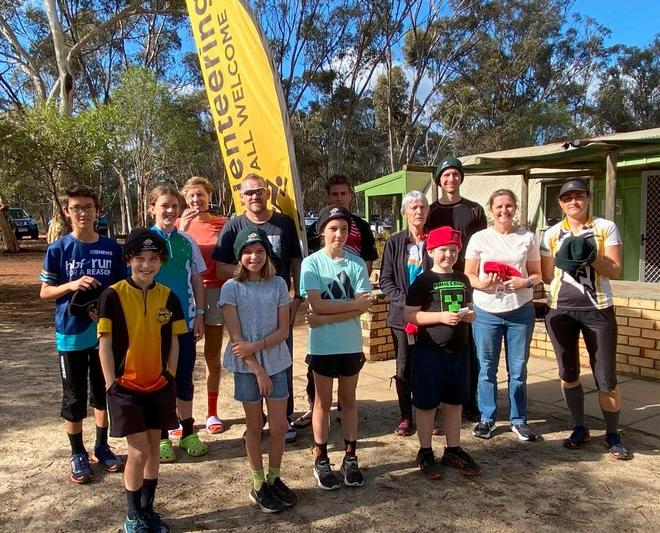

The Autumn Classic, as the WA Classic was then known, began in 1989 as a two-day event where times were cumulative over both days. People could enter any course they liked, and a badge was given to the fastest female and male on each course. This year’s ‘Classic’ was held at Dryandra Woodland near Narrogin, and course winners were presented a Bana Mia beanie. Bana Mia is an animal sanctuary for threatened native marsupials which has had great success with increasing numbat numbers in the southwest, saving them from near extinction.
The WA Classic is usually held in a country location and camping onsite has become part of the tradition. Both days used to be set by the same people but there are now separate setters for each, thus reducing the workload and also giving everyone a chance to run on at least one day. Often, our two country clubs, SWOT and ADHOC, will combine to set both days.
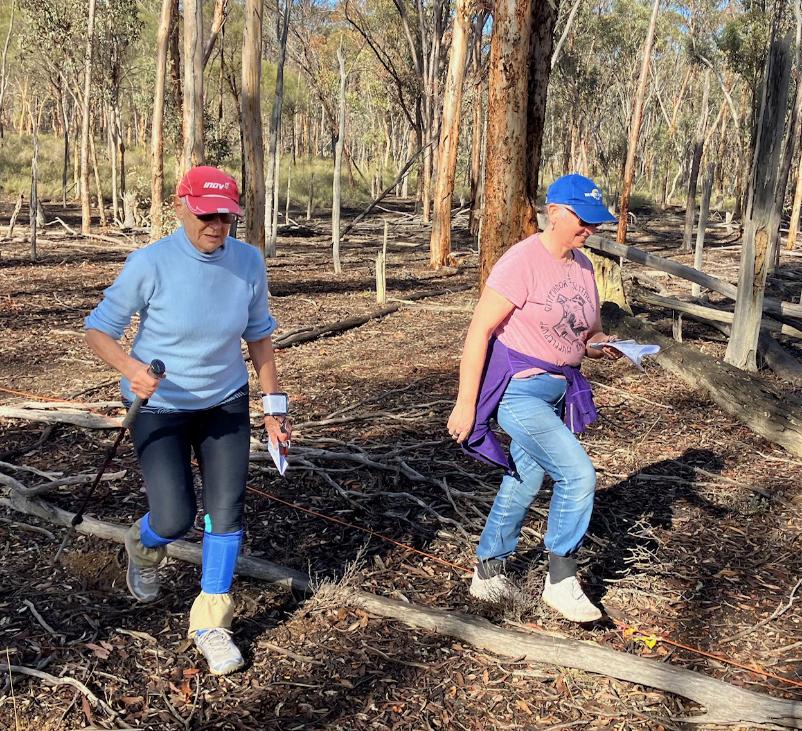
The event became part of OWA’s 50th Anniversary celebrations this year and there were a few special happenings over the weekend! On the Saturday, our coaches in residence, Jiri and Veronika, held a training afternoon which was lots of fun and included mobile controls, as certain ones timed out and were then moved!
On Sunday there were Day 1 courses, followed by a ‘sprint E’ for anyone who wished to participate - after they’d run their course.Then it was time to retire to the hall where Jan Fletcher and helpers had set up a historical display of maps, shirts, o gear, membership tags, photos, and a large screen power point display of photos. Jan had also organised a ‘blast from the past’ course including manual copying of courses onto a map and using punch cards.
Then it was time for the cake! This is what the juniors had been waiting for!
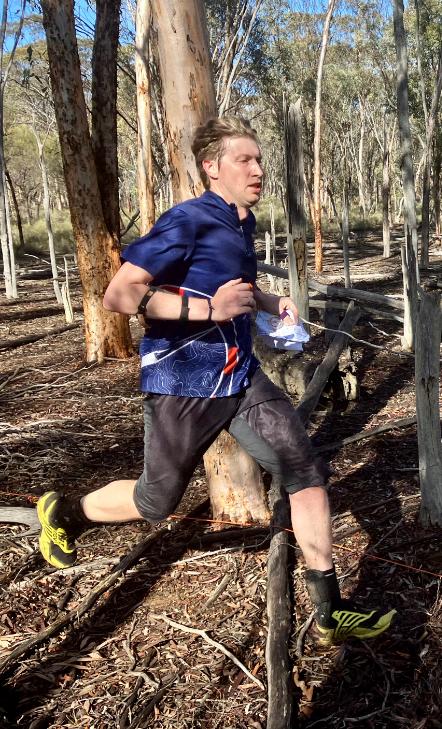



Finally, on the Monday there were Day 2 courses which had a reverse chasing start, leading to some serious heckling at the prestart, especially amongst the H1 competitors! To add to the fun, there was a side competition for the fastest time from the final control to the finish, not on courses but in age groups, <21, 21–35, 35–60, >60, male and female.The lucky winners of this received a small box of smarties.
WA Classic winners:
VE – Ruth Toomey and Matthew Dalton, E – Rosie Drury and Fraser Brownlie, M –Carolyn Read and Ruben Claessens, H4 –Carol Brownlie and Ian Dalton, H3 –Sarah Richards and Max Fagerlind, H2 –Ceri Pass and Nigel Wade, H1 – Kellie Whitfield and Jiri Vales.
It was very fitting that Dryandra was used for the WA Classic and OWA’s 50th anniversary celebrations as it is one of our oldest maps still in use. Placing the finish within site of the pre-start added to the atmosphere and enabled the setter to see finishers chatting animatedly while waiting to see if the next runner was going to beat their final leg time.The reverse chasing start was a perfect way of enabling early presentations and return home for all.
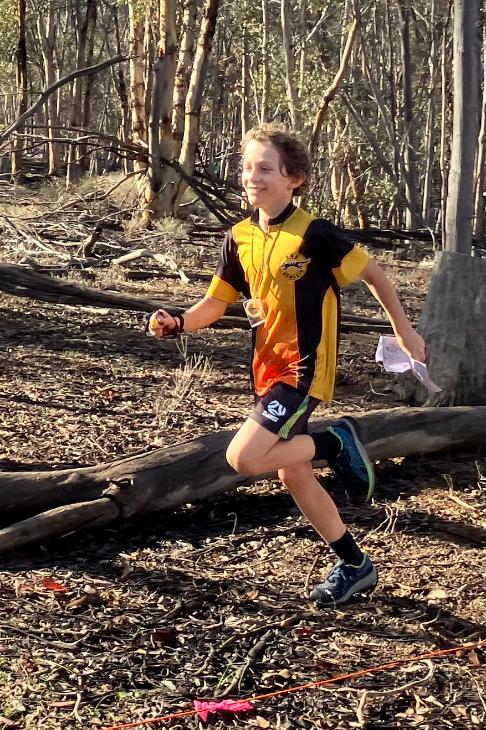

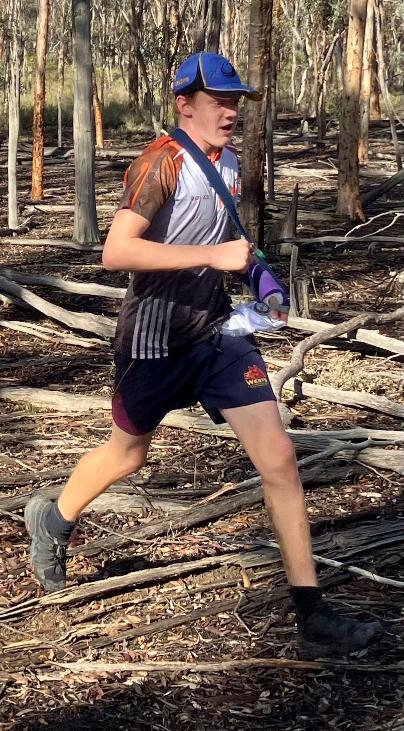

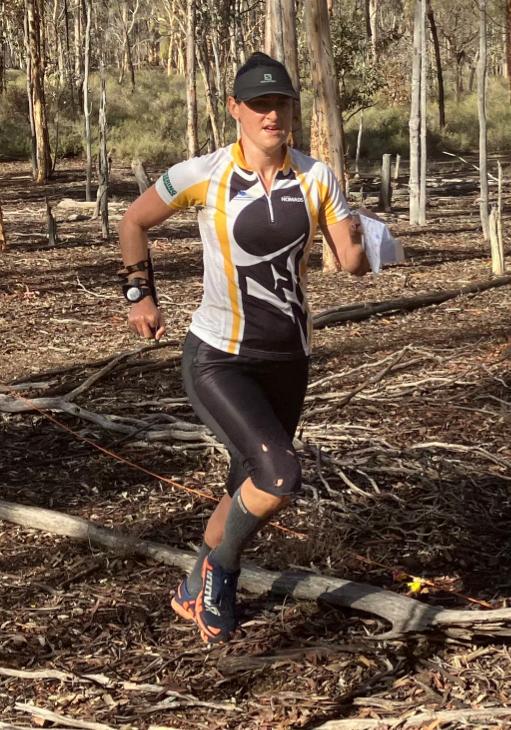





South Australia really racked up some impressive numbers to contribute to WOW for 2024.The dates for this year covered the week leading up to our individual schools championshipsalways a busy one with extra school student activity.We had four weekend events: one bush event in the regional Port Lincoln area, one designed to introduce deaf children to orienteering, one new and complex sprint area in an Adelaide college grounds and one outer Adelaide bush event in a national park.During the week there were four days of Sporting Schools sessions and alsothree after-school orienteering sessions. The whole week culminated in the schools championships, held in a suburban bush area, which the WOW authorities agreed could be included in our numbers.This flurry of activity duringWOW week contributed to a grand total of 885 participants. Erica Diment.

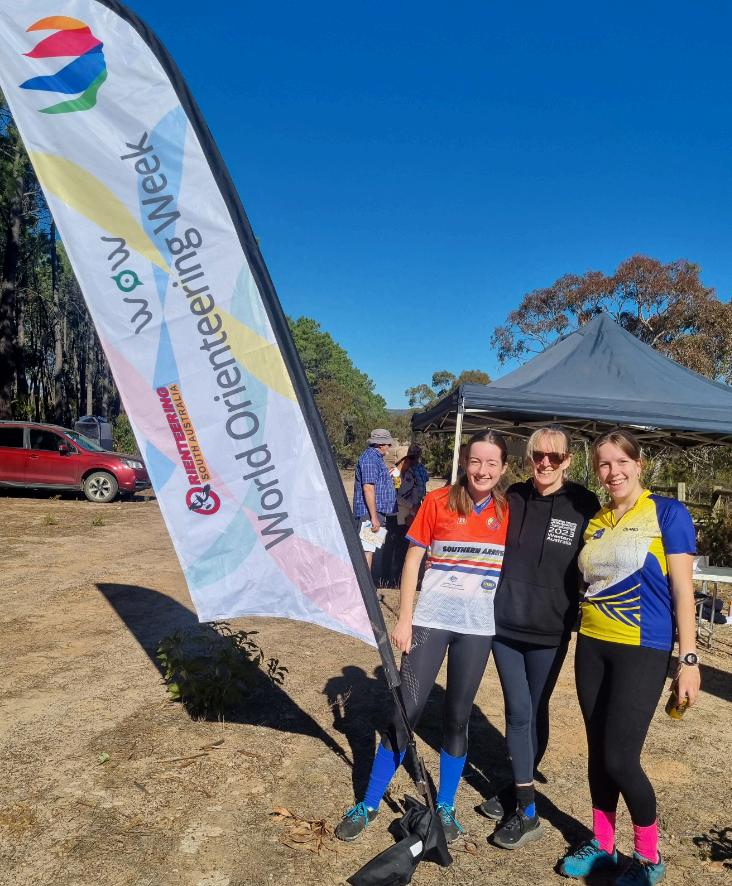

There were 11 public events in Queensland during WOW. They included MapRun events, MTBO, coaching at Perseverance Dam, and Orienteer of the Year series with Queensland Middle Champs on May 25. In total there were 504 participations.
NSW staged three World Maze Races during WOW, one race was in Newcastle, the rest in Sydney. With urban and bush events there were 11 in total, with 1124 participations.
In Tasmania there were 225 participations across three events, such as Tasmanian Schools Forest Champs, during WOW.
In WA, bush series, MTBO and mid-week training resulted in 141 participations during WOW.
The fourth week of May was National Volunteer Week, and as always our orienteering volunteers were to the fore. It was also World Orienteering Week (WOW) and fittingly we had one of our biggest events of the year with over 300 students competing in the Victorian Senior Schools Orienteering Championships in Brimbank Park. Of course that wasn’t the only Victorian event in WOW, with six park street series, Bendigo’s and Eureka’s forest events, and CHOC's MelBushO at Macedon, which attracted well over 100. So, our fantastic volunteers were busy all over the state. David Jaffe. Furthermore, 577 students attended orienteering sessions run by OV coaches. In total Victoria had 1369 participants during WOW.
We held the following activities during the week, for a total of 895 participations during the WOW:
Two Learn To Orienteer coaching sessions with a total of 80 participations, two NOL races (523 participations), two MapRun street orienteering events (98 participations), one local bush event (124 participations), one local MTBO event (50 participations), and one 3-day training camp with 20 participations. Paul de Jongh.



28 Sep6 October ARMIDALE, NSW - NOL team-only final middle, long, sprintdistance &
On May 18 the last race of the individual component of the 2024 National Orienteering League, supported by Wildfire Sport and Trek, concluded. It was held on the technically challenging limestone terrain of the Cooradigbee map at Wee Jasper northwest of Canberra.
In the Senior Women’s division Grace Crane (Canberra Cockatoos) continued her great form to bring home the win by a comfortable 4 min plus margin from Emily Sorensen (Southern Arrows) and Mikayla Cooper (Tassie Foresters).
In the Senior Men’s division Patrick Jaffe (Victoria Vikings) held off Brodie Nankervis (Tassie Foresters) by 40 s with Alastair George (NSW Stingers) a further 24 s back.
Over in the Junior Women’s division Natalie Miller (Canberra Cockatoos) had a great race to beat out Nea Shingler (NSW Stingers) by 90 s with Mikaela Gray (QLD Cyclones) in third, 4 min adrift of Natalie.
Finally in the Junior Men’s division Sam Woolford (NSW Stingers) continued his dominant form by taking out the race by 3:35 min from Niko Stoner (Tassie Foresters), with Cooper Horley (NSW Stingers) a further 18 s behind to fill out the placings.
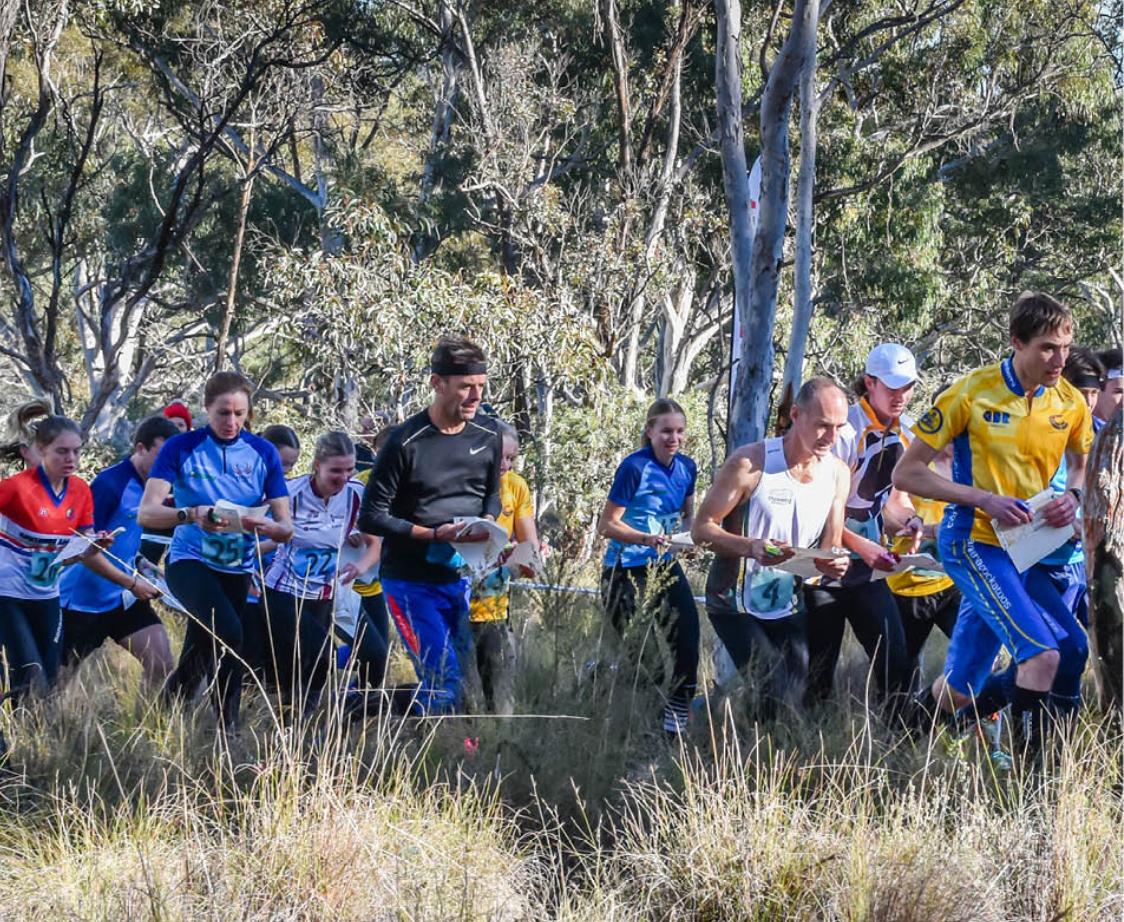
The fourth round of the 2024 National League, supported by Wildfire Sports and Trek, concluded [with] a relay held on the Awoonga map north of Canberra near the southern end of Lake George. Classic spur gully terrain with some interesting route choices was on offer.
In the Senior Women’s division first place was taken out by the Canberra Cockatoos by a comfortable 20-min margin from the Victoria Vikings and the Tassie Foresters.
In the Senior Men’s division in was the NSW Stingers who had a good win ahead of two teams from the Canberra Cockatoos.The Tassie Foresters were fourth team across the line and thus third in the team competition.
In both the Junior Women’s and Junior Men’s division it was a quinella by the NSW Stingers to complete a great day out for the Stingers.Their Junior Women’s team had a solid win over the Canberra Cockatoos and the Victoria Vikings.Their Junior Men’s team had a resounding victory over the Canberra Cockatoos with other teams not completing the course.
The National League team competition now takes a break until the Australian Championships week.
At the 2024 NOL presentation dinner in Canberra, we celebrated the winners. Congratulations to all!
W20
Equal winners
1-Nea Shingler and Milla Key
3-Erika Enderby M20
1-Sam Woolford 2-Cooper Horley 3-Callum White W21 1-Grace Crane
Young
Cooper M21
1-Brodie Nankervis
2-Alastair George
3-Ewan Shingler

DEBBIE DODD, DANDENONG RANGES ORIENTEERING CLUB
With the focus firmly on newcomer participation, our club decided to hold a family activity day, aimed at beginners, as well as people who had done a bit of orienteering, but wanted to learn more and practise in a non-competitive environment. We picked a date in April, at the start of the MelBushO season. We decided to call it ‘Fun With Maps' – as that’s exactly what the day would be about.
The location, Campbells Croft in suburban Vermont, was carefully selected. It’s a narrow strip of parkland, sloping down from residential streets, to a creek with a cycle trail beside it, and no road crossings. This meant that participants would have a clear linear catching feature either side, which ensured they could quickly and easily orientate themselves. It has easily identifiable features such as fence corners, large distinctive trees, bench seats and track junctions; at the same time, there is enough variety to provide a sense of adventure.
Pam King designed each of the activities, with both adults and kids in mind. She updated the map, and prepared all the materials. Other club members pitched in with marketing, logistics, coaching on the day, and followup contact. We advertised via Orienteering Victoria’s e-newsletter, website and social media channels, and had flyers and invitations at events leading up to the day. We also contacted 12 local schools, including the nearest primary school, which had just begun a program with our schools officers. We had a really positive response from that school, both before and after the day, and they helped get the word out to their community.
On arrival, participants were welcomed and asked to register via a simple form, via which they could provide permission for photos to be taken and published. From there, they moved to the first activity station Introduction to Maps. Here, a volunteer chatted with them about any previous experience, then gave them a basic rundown on map features, scale, legend, north orientation etc.They could also practise using a compass.
From here, they could choose which any of the four activity stations to go to next; there was no set order. We had two beginner level options, and two more advanced options, which meant those with some experience could go straight to an activity that suited them, while others could progress at their own pace. It also removed potential bottlenecks, as people spread themselves evenly across the four stations.The activities on offer were: Pirate Pete’s Treasure Hunt, Follow The Line, Map Memory, Mini MelbushO Line Course with Sportident.
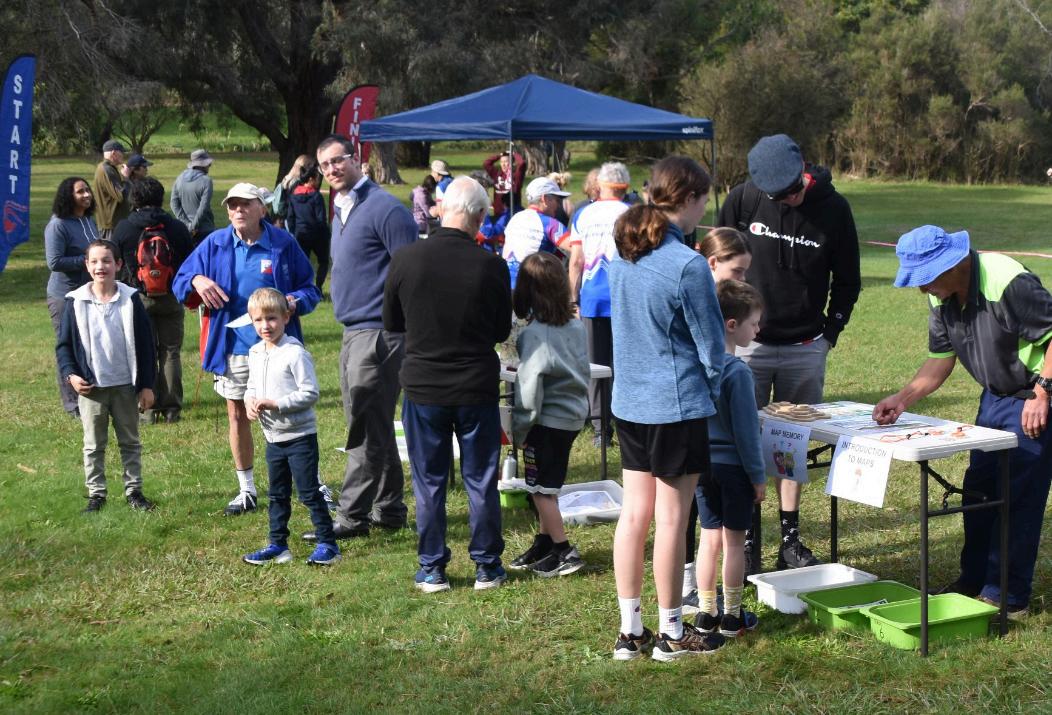

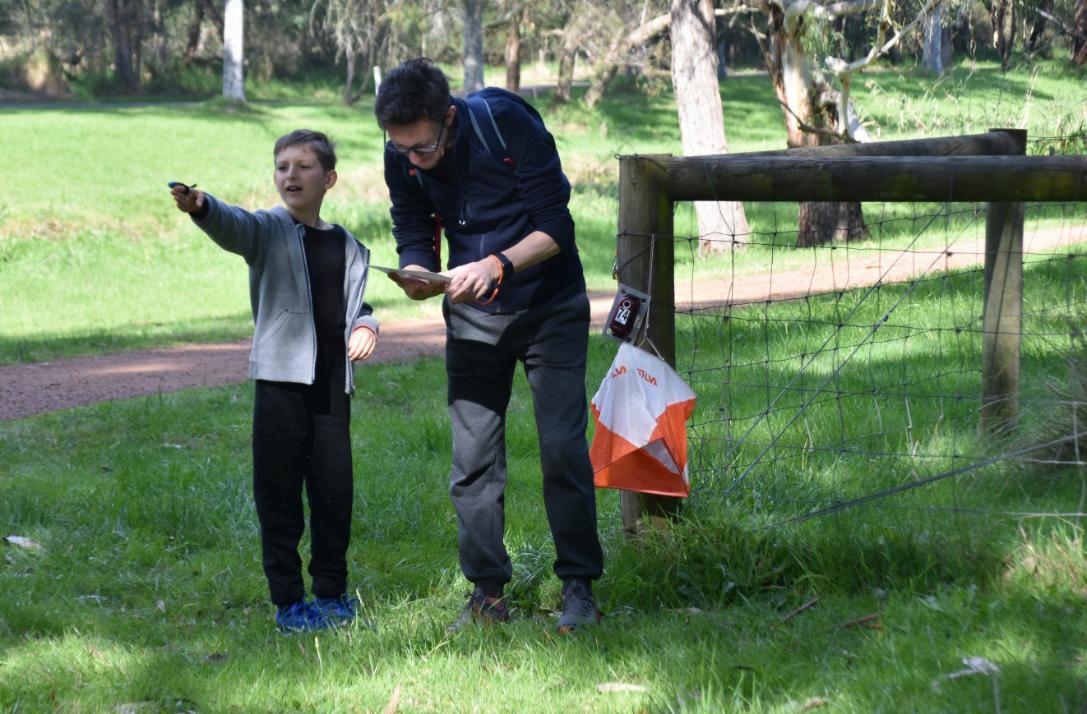


Most, especially families with kids, headed straight for Pirate Pete’s Treasure Hunt. Using a special treasure map, they had to find four pirate-themed picture clues, and remember and identify them. If they were correct, there was a gold (chocolate) coin handed out from the treasure chest. As you can imagine, this was wildly


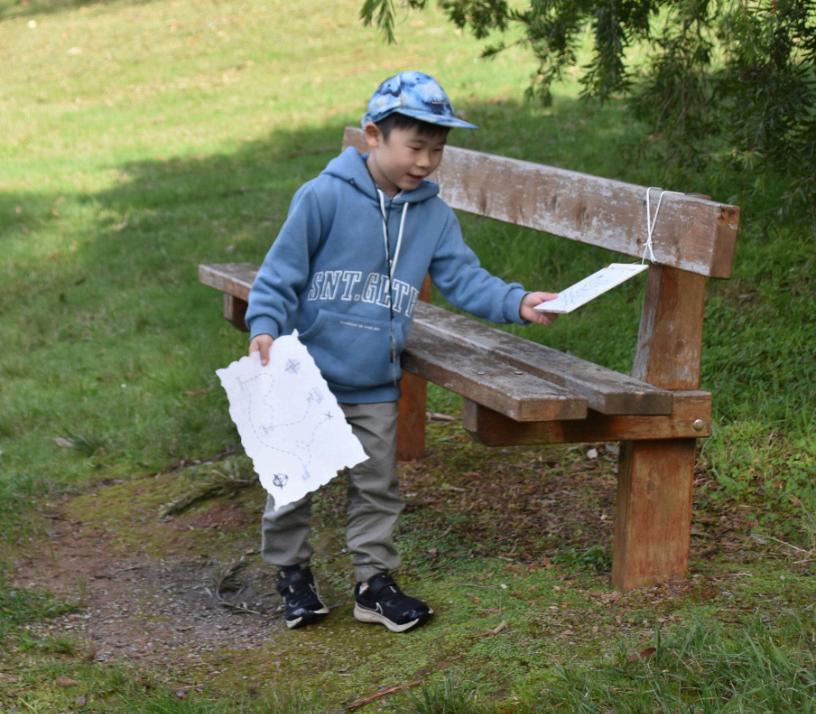

popular. It was a great way to quickly engage everyone physically and mentally – it certainly had the kids running! It took only a few minutes, but served to get everyone ready and eager for the next adventure.
Follow the Line involved using a map to find and identify numbered control plates in order, and become familiar with common features. Map Memory was more advanced, requiring participants to look at a base map, then navigate to three controls from memory, before returning to the map to memorise three more. Both activities were designed for people to do a short or a long version.
The Mini Sportident activity began with an introduction to how Sportident timing works. Experience at many MelbushO events shows that newcomers do not always understand the sequence of steps required to start correctly. Too often we, as organisers, make assumptions, and are not as careful as we should be with our instructions.This session explained how, and why, we clear, check, start, finish and download. Participants then used SI sticks to complete an easy line course - going through the start procedure, punching controls in order, then returning to finish and download, and receive a splits print – just like they would at a competitive event.
We had no idea of how many people to expect, or how long they would stay for. People started arriving just before the advertised check-in time, and kept coming constantly right through the morning; we ended up with about 80 participants, which was fantastic! Most people did at least two, and usually three, activities.
Celebrate the fifth fantastic edition of the Melbourne City Race, on Sunday 17 November. Melbourne was the first place in the southern hemisphere to host a city race. After a fact-finding mission to the 2018 London City Race, this exciting new urban longdistance format was introduced to Australia, back in 2019 at Docklands, on a memorable multi-level map of Melbourne’s less-explored historic harbour district. Participants came from all over Australia, and from overseas, to be part of Australian orienteering history.

We had a real mix – many families with kids, but plenty of young adults too. Some regular orienteers brought along kids or grandkids, as a way to introduce them to their favourite sport. When asked how they heard about the day, most people’s response was ‘Facebook’ or ‘school’.
We asked everyone to return to the registration desk before leaving, so we could provide them with a gift pack.This contained orienteering stickers, fixtures, and a colourful What’s Next flyer, inviting them to the next couple of events. The feedback was overwhelmingly positive, with lots of questions being asked. Within two days, each participant also received a followup email, containing some useful links to websites, social media, and Eventor, so they could find out more. Since then, we’ve had some of the participants come along to our Saturday Park Street events, and to our Sunday MelbushOs. One father and young son have been to almost every weekend event since, and they are now bringing mum, other family members, and friends!
In October, we’ll be commencing a new participation program of Summer Shorts and Sprints, with a top quality sprint or short distance race on every single weekend, culminating in the Melbourne City Race and the Victorian Sprint Championships.To kick things off, we’ll be having another family day – this one with a spooky theme, at the aptly named Tarantula Park. We’ll take up a great suggestion of setting up a photo stop next to the finish, so that people can document their orienteering experience. Hopefully it will introduce another bunch of newcomers to our fantastic, family-friendly, fun sport.
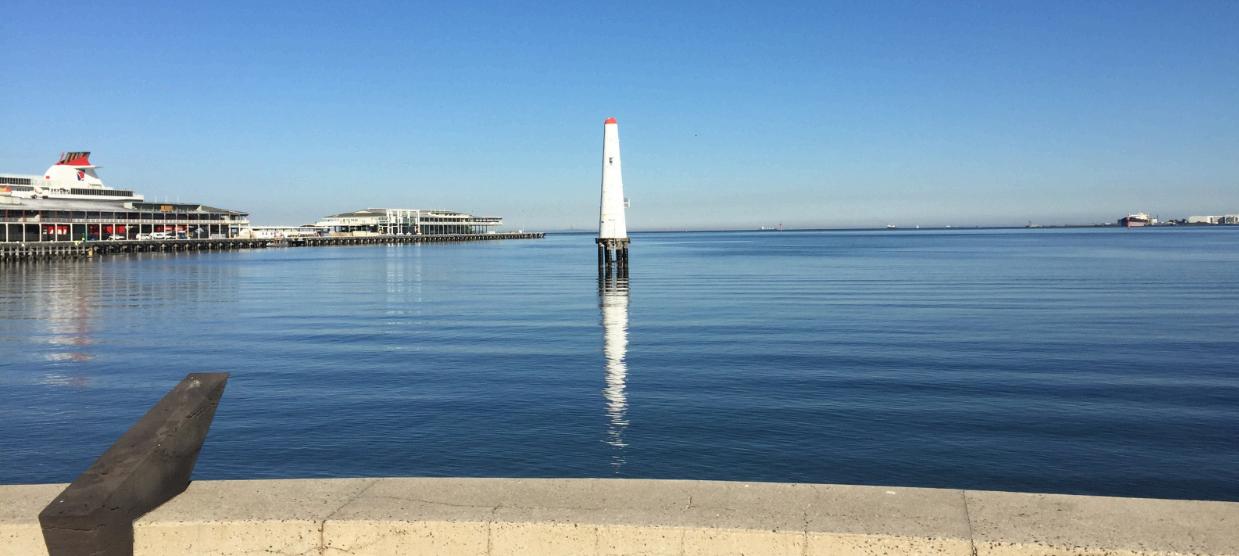
One of our aims was to see the format adopted by other cities in Australia – it’s



great to see Sydney come on board this year (it took them decades to adopt AFL, so I guess five years isn’t too bad ).

For Edition 5 in 2024, we’ll be back beside the bay, in the complex inner urban streets and parks of Port Melbourne and Albert Park. As always, you’ll use a full colour, highly detailed map to navigate your way around your course – carefully designed for maximum challenge and fun! As always, you can choose whichever of the five race distances suits you. The arena will be easily accessible by public transport. Once again we’ll have some fantastic prizes for the winners and placegetters, and an amazing array of random prizes for everyone who preenters. Online entries open in late October. Visit www.melbournecityrace. com.au to find out more – and check out the 2019 video highlights!
Orienteering June 8-10 2024 in Australia, King’s Birthday Long Weekend (not a public holiday in QLD and WA). Total participation 1892.

NSW KB3 3-Days (720)
QUEENSLAND
Sprint Series - EN - Event 4, Oakleigh SS (86)
MapRun Parks, Come and Try O, L2O (112)
TECHNOLOGY FOR ORIENTEERING
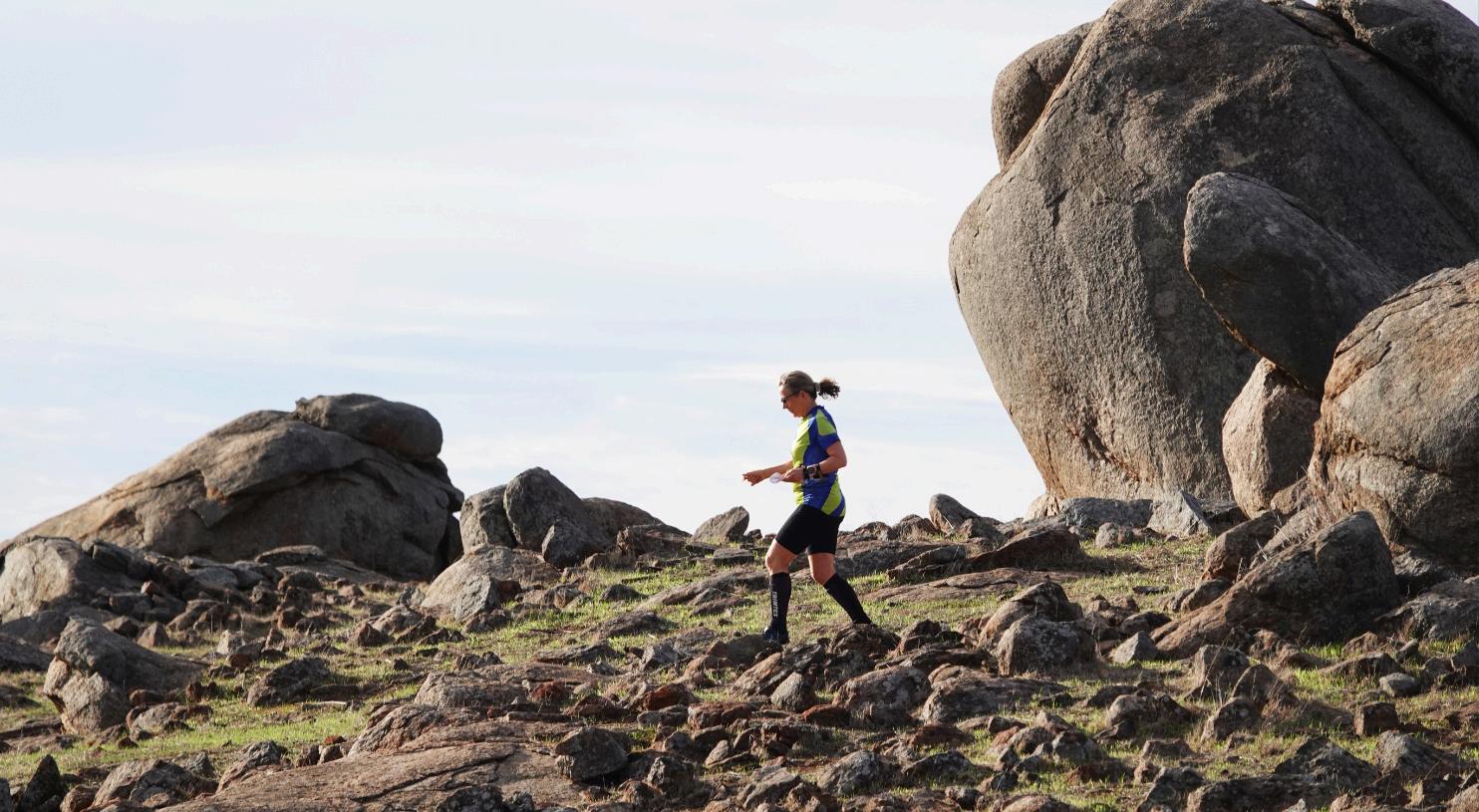
Port Lincoln Day 1 and Day 3, and SA
TASMANIA
Tasmanian Sprint Champs (89)
x6 (437)

My splits printout says my battery life is POOR! My splits are printing multiple times for each control! My SIAC is not working, probably a flat battery? When should I get a new SIAC? Do I have to return my SIAC to Germany for a battery exchange? These questions are asked weekly. So when summarising previous articles we need to start with:
The age of a SIAC is very important. Go to Sportident.com to check. www.sportident.com/support/siac-battery-service
This will tell you the age of your SIAC, and if is over three years old, it will suggest a battery exchange. It is up to you when you get your SIAC battery exchanged as you may get four or five years of usage. If it goes flat you can always punch! You can of course get a SIAC battery exchange as soon as your splits say the condition is poor, which may be around the three-year mark.
When you decide to exchange a battery, it can be done by Aussieogear, the Australian Sportident partner. Either post your SIAC (minus the band) to 18/2 Brunswick Road, Terrigal, NSW 2260, or hand it to me at an event that I am attending. Support this with an email please to register the transaction and to get payment options. The battery exchange process is simple. The data are read from your SIAC and transferred into a new (blank) SIAC. So your name and number are transferred. You keep your number. Your SIAC is then posted to you or returned at an event, as we had arranged.
WESTERN
Iam Petri Tilli, the founder & developer of Control Orienteering Analysis app coming from Helsinki, Finland. I am reaching out to you because we are launching a brand new, quite interesting feature called Control Club in late August. Control is an app for orienteering post-race analysis working primarily in your smartphone. We have versions for iPhone & Android. We also have iPad & Mac apps as well as an Apple Watch app for recording a track during the course.
The new Control Club feature is meant to bring orienteering community more together by providing a platform where users can post their tracks and react and comment to other people’s tracks. We think this is a big step and something that our sport has not yet seen before. It will be a free feature for all users! Some parts will require subscription but basic browsing of the feed, posting and following are all without cost.
Petri Tilli (Orienteers Oy, Finland)
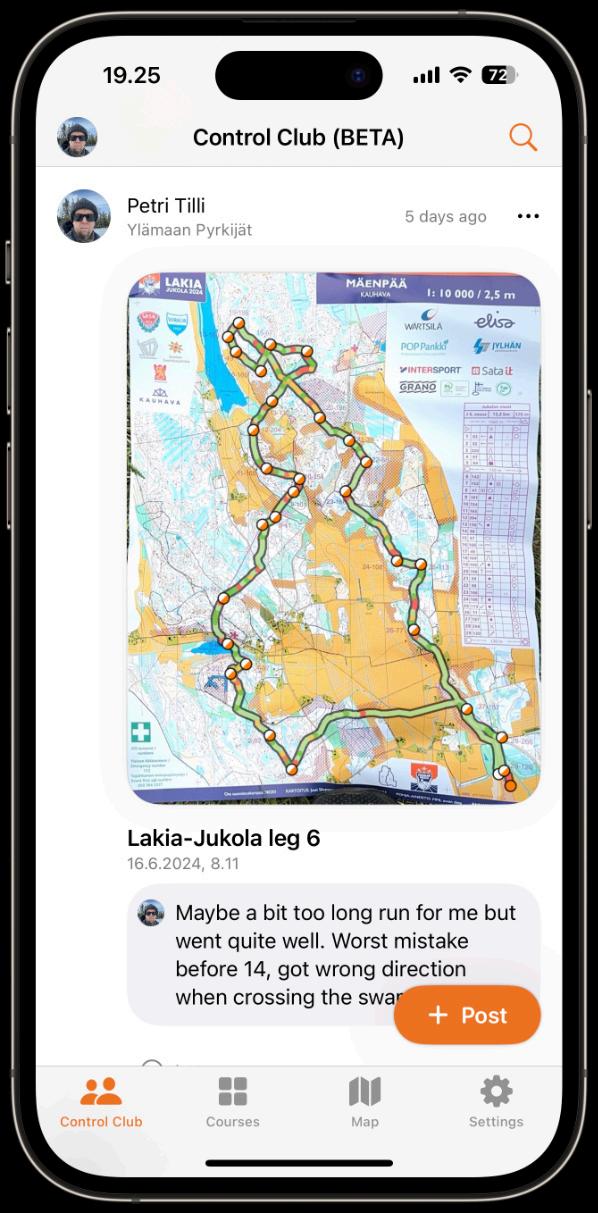
BRODIE NANKERVIS
Orienteering Australia is pleased to announce that the Learn and Play Orienteering Coach accreditation went live on the Orienteering Learning Centre (OLC) on Tuesday 30 July 2024! The OLC launched in October 2023 with Orienteering Instructor (Teacher) and Orienteering Instructor (Community) as the first courses available to complete online. Since launching, 32Community Orienteering Instructors and 17 Teacher Orienteering Instructors have been accredited through the platform. Orienteering Australia is now adding the first of the three more in-depth coaching accreditations; Learn and Play Orienteering Coach.
Learners will be able to complete most components of the course online, creating one central location for learning! Content from the recently updated Learn and Play Orienteering Coach course has been modified into five engaging and interactive modules, where learners will be able to expand their knowledge on coaching those new to orienteering. After a face-to-face practical session, learners will be able to upload assessment tasks for validation and their completion of the accreditation will be recorded in the OLC.
Further coaching courses will be added to the OLC with Competition Orienteering Coach and Performance Orienteering Coach expected to go live before the end of 2024. Orienteering Australia also intends to add controller and authorised

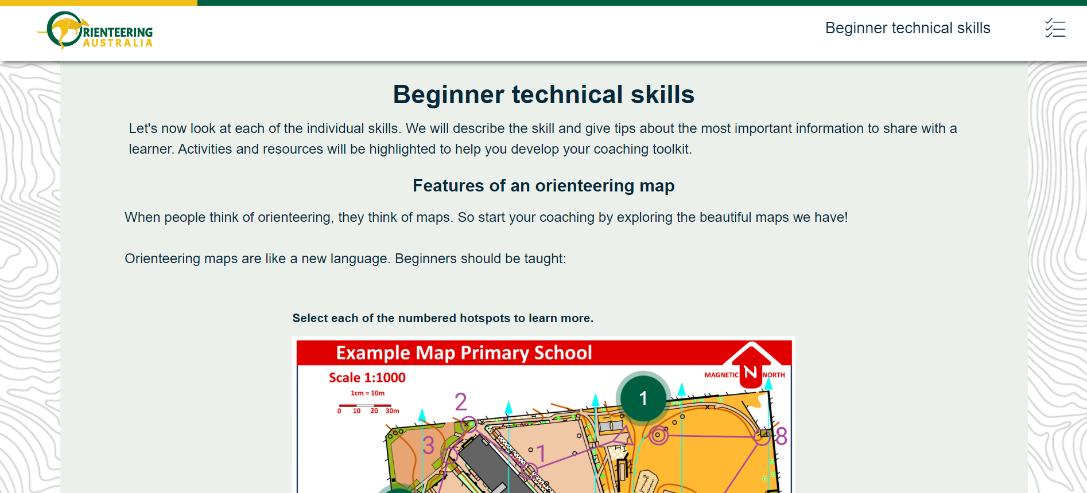
photographer accreditations to the platform, and short courses for event organisers, volunteers and participants. We are excited to use this platform to enhance the experience of all individuals who are involved with our sport!
More information about the Orienteering Learning Centre can be found at https://orienteering.asn.au/resources/learning-centre/, and learners can sign up at https://learning.orienteering.asn.au/login/ index.php
Orienteering Australia is pleased to announce that the Nigel Aylott Memorial Sports Foundation (NAMSF) has provided funding to support junior MTBO competitors who have been selected to represent Australia at world championships.
Nigel Aylott was an extraordinary rogainer, paddler, orienteer, ultra-distance runner and adventure racer. Nigel won two Australian Rogaining Championships and the World Rogaining Championships. He set records in ultra-distance running including the Three Peaks in Tasmania. His successful adventure racing career included top-3 finishes in 2003 in Borneo, California and New Zealand. Nigel, aged 38, died during an adventure race in the USA in 2004, and following his death a memorial fund was established in his name.
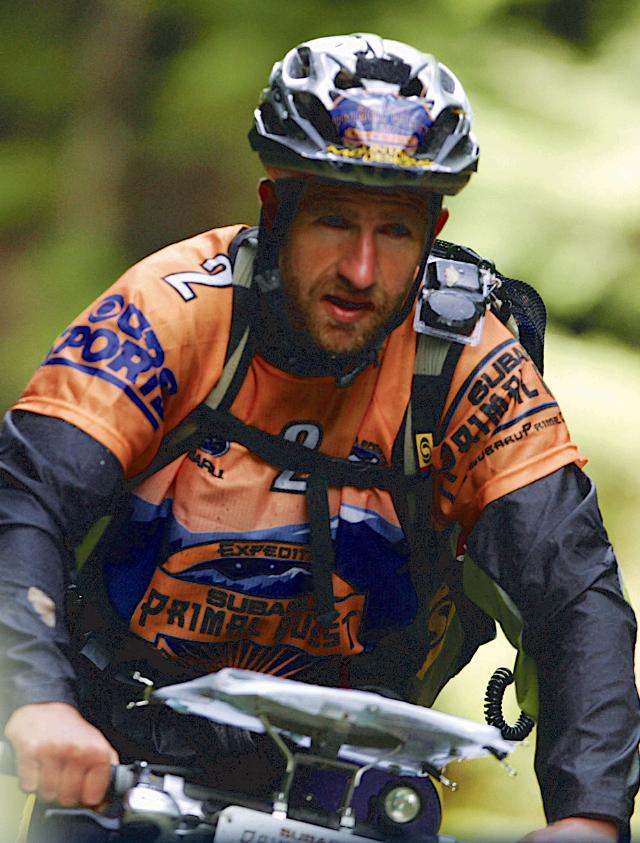
Trustees of NAMSF have decided to distribute all remaining funds to support a range of junior sports consistent with the purpose of the fund. Australian representatives at the upcoming junior world titles in Bulgaria are the first to benefit from the fund. Maya Bennett and Lucas Kent have both received $1500 each to assist them to compete at the championships.
Orienteer, rogainer and friend of Nigel, Derek Morris said ‘Nigel was an outstanding person who had an endearing personality and was loved by all who met him. He always took the time and interest in helping and encouraging people in their sporting endeavours. Nigel spent time helping, volunteering and also introducing manynew people to these sporting events. Nigel would be very pleased his foundation will continue to help support junior athletes.’ National MTBO Development officer Craig Steffens said ‘Orienteering Australia and particularly MTBO welcome and thank this generous contribution from NAMSF to assist in the development of young riders’.
The first steps of creating a Reconciliation Action Plan (RAP) took place in July! Representatives from Orienteering Australia met with Paul from The Nahri Institute to start a working partnership.
Everyone agreed that orienteering resonates deeply with Australia's history; travelling through the bush, going off the paths, using symbols and mapping, enjoying the connection to land.
A RAP will guide orienteering throughout Australia to be more mindful and supportive of those whose ancestors moved through the bush before us.These steps will help to promote inclusivity within orienteering.The three pillars the RAP will be built around are: relationships, respect and opportunities.
Clubs and state/territories are already taking steps towards reconciliation, and OA would like to support and enhance theseinitiatives.
If you are passionate about contributing to this meaningful endeavour and would like to join the working group, please contact Daniel at participation@orienteering.asn.au.


DAVID HOGG
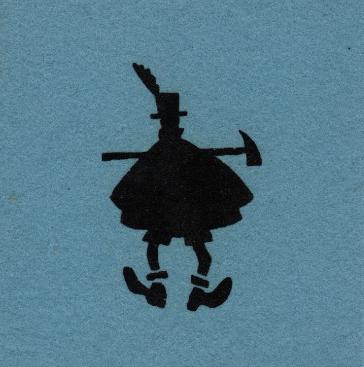
Australia’s oldest outdoor recreation club to be involved in orienteering on a regular basis, the Melbourne University Mountaineering Club (MUMC), is celebrating its 80th anniversary in October. Established originally as a bushwalking and rock climbing club in October 1944, MUMC became involved in orienteering through its 24 Hour Walks, the forerunner of rogaining.
In September 1968, it organised an orienteering event (effectively a 6-hour rogaine) for the Federation of Victorian Walking Clubs, then hosted the first official intervarsity ‘orienteering’ competition in May 1969.The intervarsity event was equivalent to a 24-hour rogaine, and the rules for that event formed the basis for the rules of rogaining, when that began as a sport in its own right in the 1970s.
MUMC members were therefore familiar with the concept of orienteering when Richmond Harriers members organised their first event at Upper Beaconsfield in August 1969. As the traditional style of orienteering began to develop in Victoria, some MUMC members were prominent in competing and in organising events, and in working with Richmond Harriers to establish the Victorian Orienteering Association and the Orienteering Federation of Australia. MUMC members were responsible also for introducing orienteering to Canberra in 1971.
While orienteering was just one of many outdoor pursuits within MUMC, the club was recognised as an official Victorian orienteering club when the first of these clubs were formed in 1972. It became active in event organisation and mapping throughout the 1970s, and organised the 1981 Australian Individual Championships at Korweinguboora.
By 1982, however, most of those MUMC members who had been active in the early days of Victorian orienteering had become family orienteers, and were loosening their ties with MUMC. A new club, EMU Orienteers (Ex-Melbourne University) was formed to better cater for their needs, as well as for others who had been orienteering through MUMC. Emu Orienteers and MUMC operated initially as sister clubs but, by 1987, MUMC was no longer viable as an orienteering club in its own right and ceased its affiliation with VOA.
Several past MUMC members from the club’s orienteering days are still associated with the current Australian orienteering scene, including Ron Frederick, David and Sandra Hogg, Geoff Lawford, Jacquie Rand, Alex Tarr, Kathy Liley, Rob and Fiona Fell, and Rex and Laurie Niven.
The 80th Anniversary Dinner will be held on Friday, 11 October 2024, with details available under ‘Trips’ on the MUMC website, mumc.org.au

Quiz answers: 1C, 2B, 3A.

Polish your skills

Glossary of acronyms
AO The Australian Orienteer
AOC Australian Orienteering Championships
ASC Australian Sports Commission
ASOC Australian Schools Orienteering Championships
DNF / DNS Did Not Finish / Did Not Start
EOC European Orienteering Championships
EOD Enter On the Day
EYOC European Youth Orienteering Championships
IOF International Orienteering Federation
JWMTBOC Junior World Mountain Bike Orienteering Championships
JWOC Junior World Orienteering Championships
KO Knock Out
MTBO Mountain Bike Orienteering
NOL National Orienteering League
OA Orienteering Australia
WMTBOC World Mountain Bike Orienteering Championships
WOC World Orienteering Championships
WRE World Ranking Event





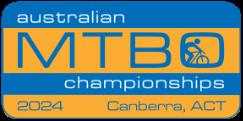
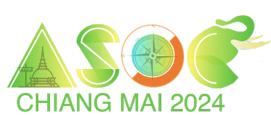
Sep 9-15
WMTBOC & JWMTBOC
Bulgaria
Sep 27-29 World Cup Final, Kuopio, Finland
Sep 28 - Oct 6
AUS Champs Carnival Armidale, NSW
Oct 11 - 14 South American Orienteering Championships, Colombia
Oct 12-19 Alice Springs Masters Games
Oct 18-20 AUS MTBO Championships, ACT
Nov 21-24 3 Days Orienteering Mauritius
Dec 20-26 Asian O Champs, Asian Junior & Youth O Champs, Chiang Mai, Thailand
Dec 27-31 Xmas 5 Days Sydney, NSW
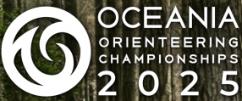



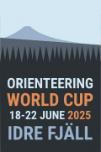
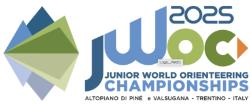
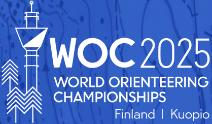

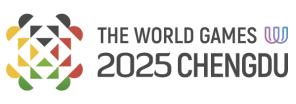


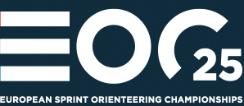
January 24 - 27 Oceania Championships 2025 Santoft Forest, New Zealand
April 18-21
May 1-4
May 17-30
June 19-21
June 28 - July 4
July 7-12
AUS 3 Days Carnival Loddon Shire, Victoria
WMMTBOC 2025 Murcia, Costa Calida, Spain
World Masters Games 2025 Taipei, Taiwan
Orienteering World Cup Round 1 Idre Fjäll, Sweden
JWOC 2025 Bormio, Italy
Forest WOC 2025 Kuopio, Finland
July 17-20 European Youth Orienteering Championships Czechia
Aug 6-11 The World Games 2025 China
Aug 9-15
Aug 11-17 (prelim dates)
Aug 26-31
WMOC 2025 Girona, Spain
WMTBOC & JWMTBOC 2025 Warsaw, Poland
EOC 2025 & World Cup Round 2 Antwerp, Belgium
Aug 26 - 31 Asian Junior and Youth Orienteering Championships Japan
Sep 25-29
Sep 27 - Oct 5

Orienteering World Cup Round 3 Uster, Switzerland
AUS Champs Carnival Brisbane, Queensland
Jan 26-28
Preliminary dates
Apr 3-6
Apr 24-26
May 27-31
June 11-14
Preliminary dates
June 28 - July 4
July 6-11
Aug 7-14
Aug 12-14
Sept 9-13
Preliminary dates
Sep 23-27
Oceania Champs 2026, Central Coast, NSW
Australian 3 Days and Australian Championships 2026 Tasmania
Orienteering World Cup Round 1 Switzerland
Orienteering World Cup Round 2 Sweden
WMTBOC & JWMTBOC Mora, Sweden
JWOC 2026 Sweden
WOC 2026 Italy
WMOC 2026 Rzeszów, Poland
Orienteering World Cup Round 3 Czechia
WMMTBOC 2026 Forres, Scotland, UK
Orienteering World Cup Round 4 and EOC 2026, Lithuania
Sep 26 - Oct 4 Oceania Championships 2027, ASOC and SCJC 2026 ACT
May 21-29
June 27 - July 3
WMOC 2027
Japan
JWOC 2027
Kłodzko Valley, Poland
July 14-18 WOC 2027
Hungary
Aug 31 - Sep 1 Victorian Sprint & Long MTBO Championships, Whroo
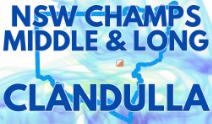
7-8
8
O Championships
O Championships Sep 15 and 22
15

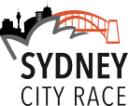
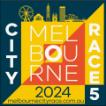
17
and 14
O Championships
City Race
City Race
24 Victorian Middle MTBO Championships, Anglesea
1
O Championships

